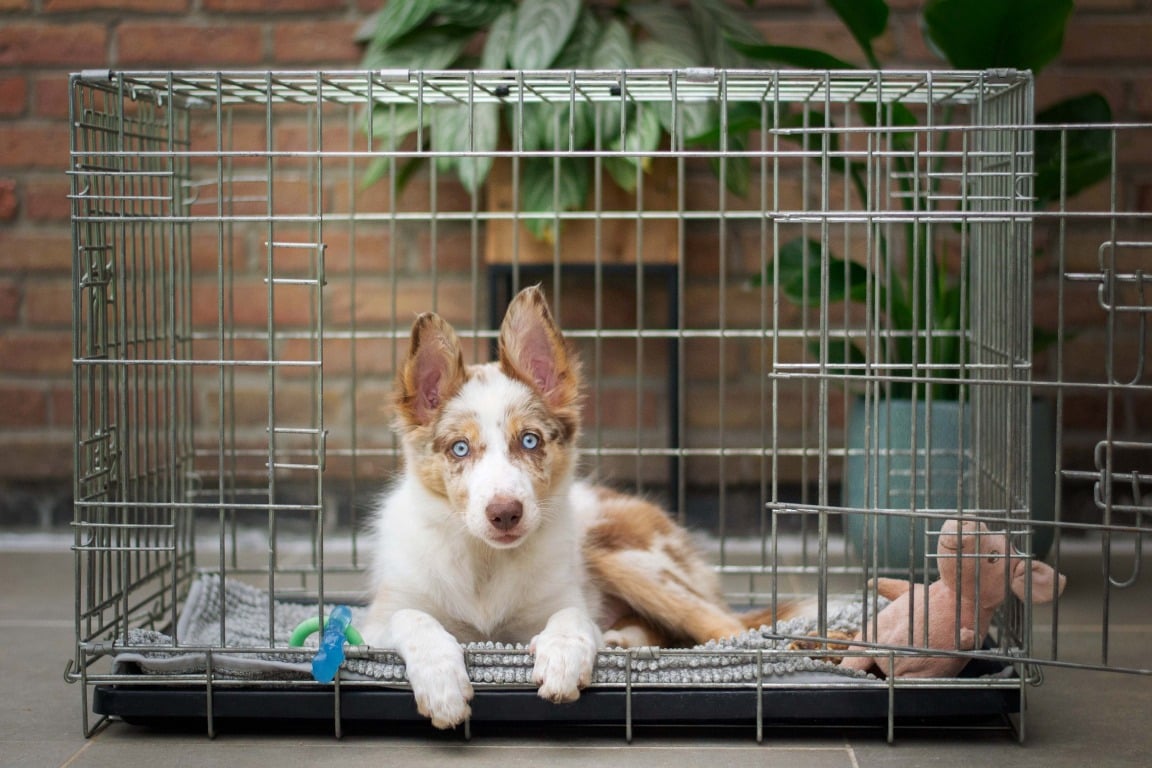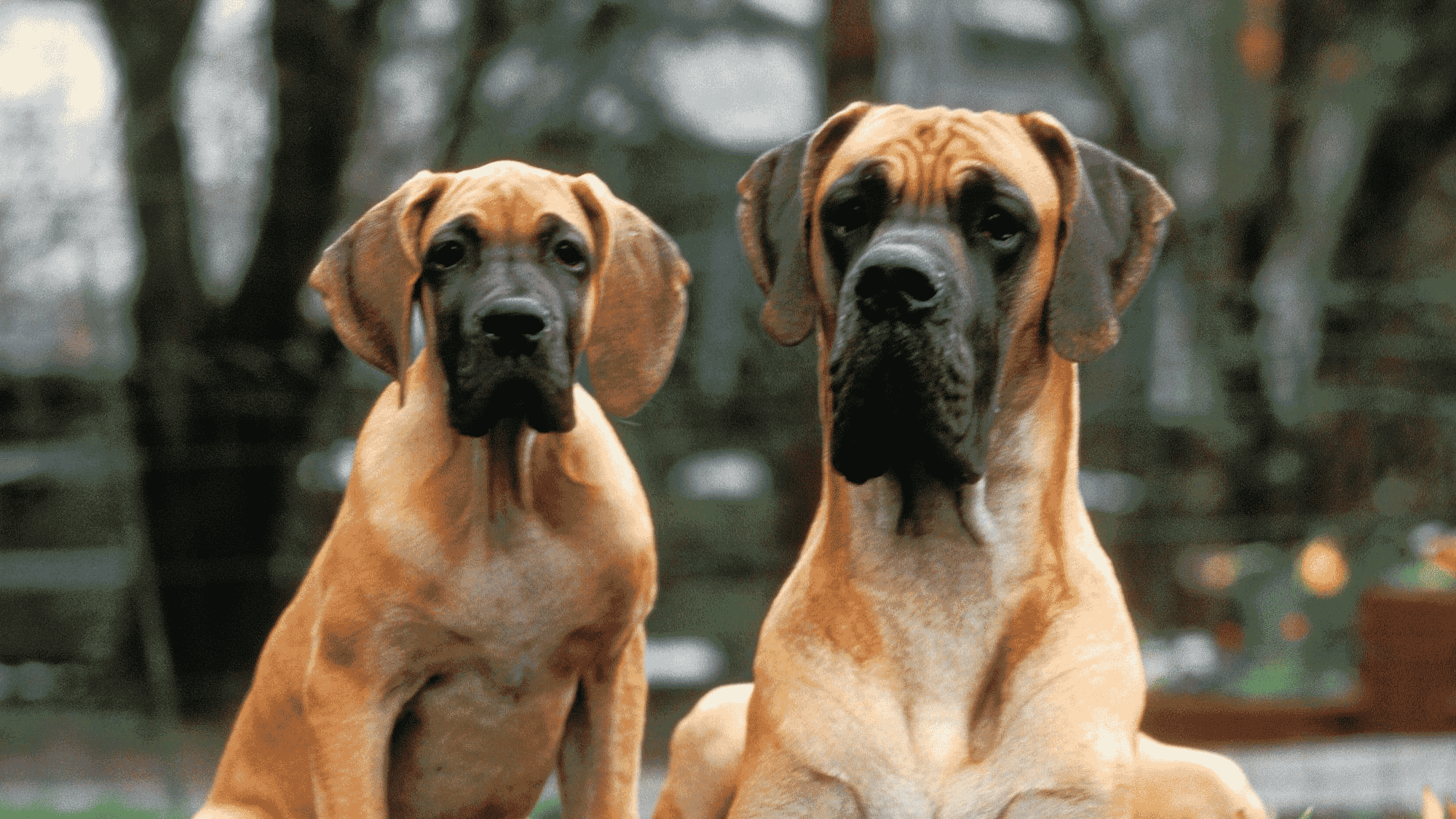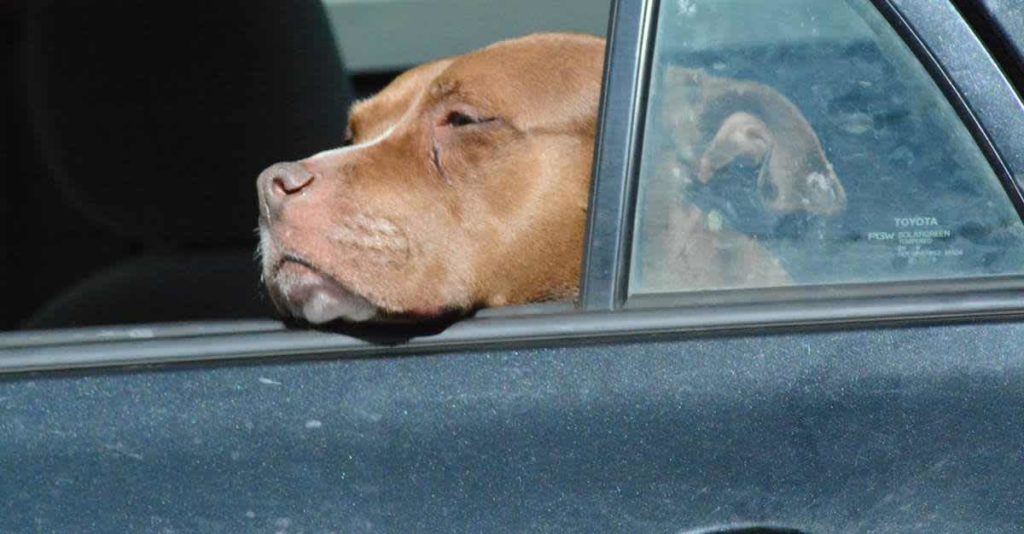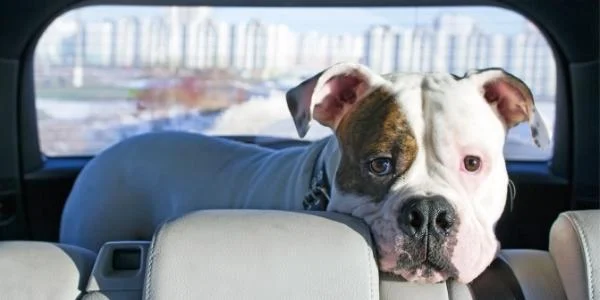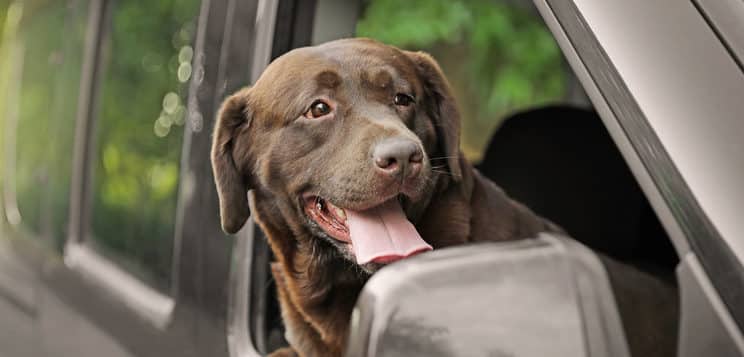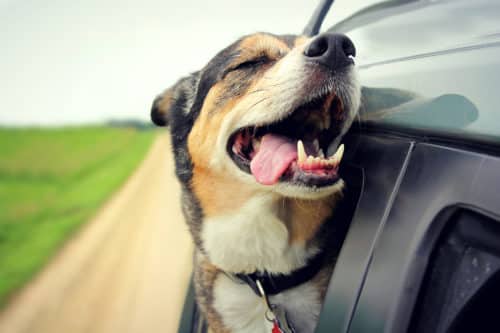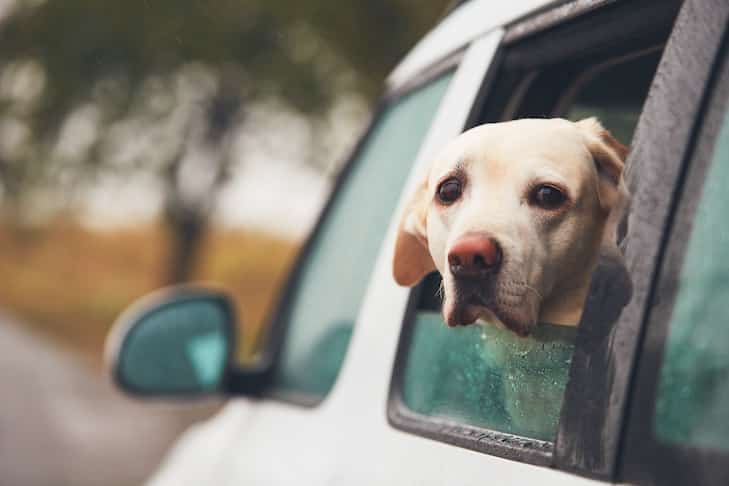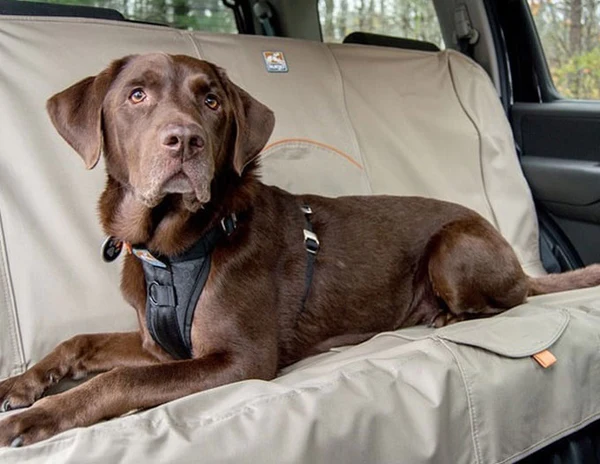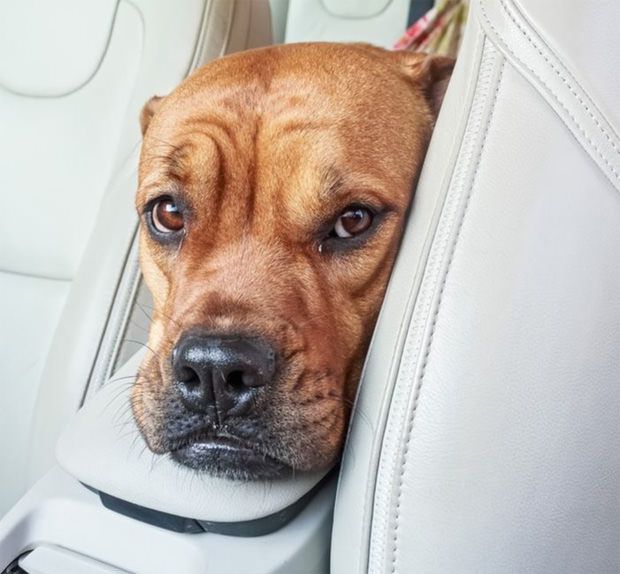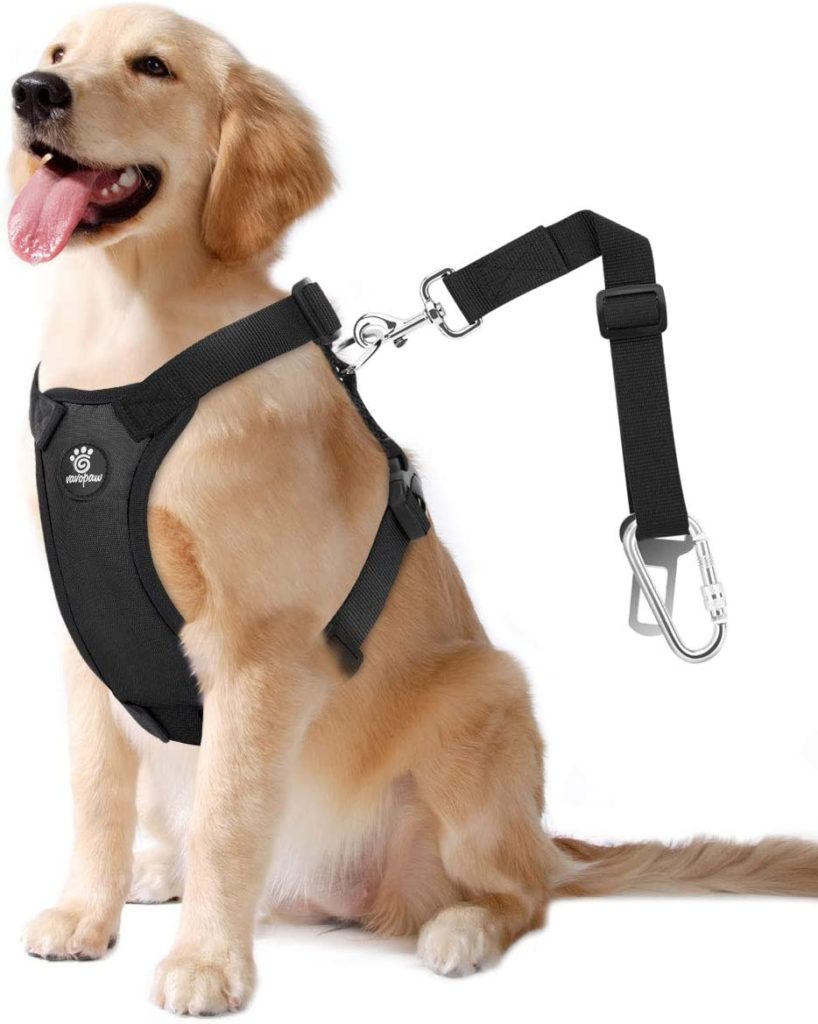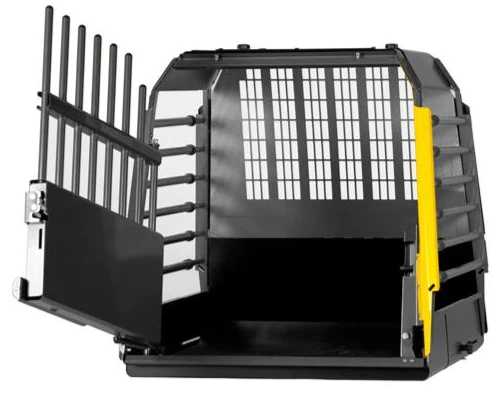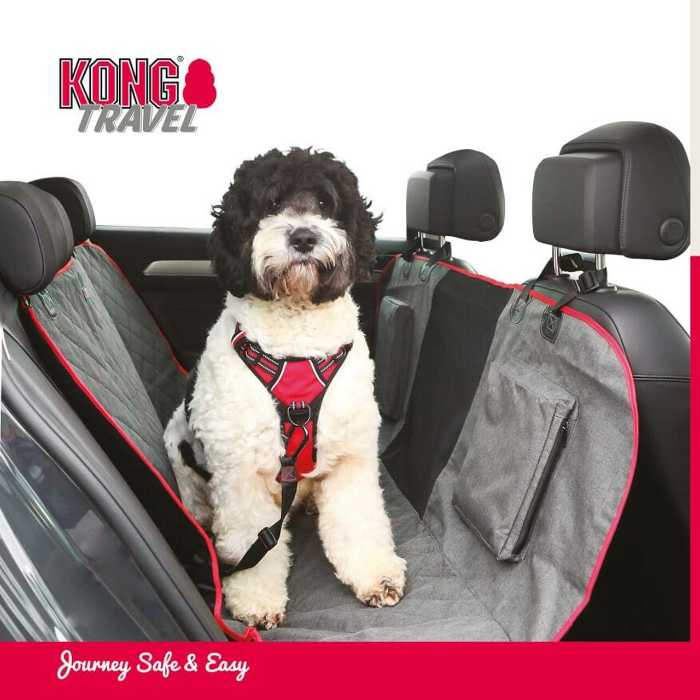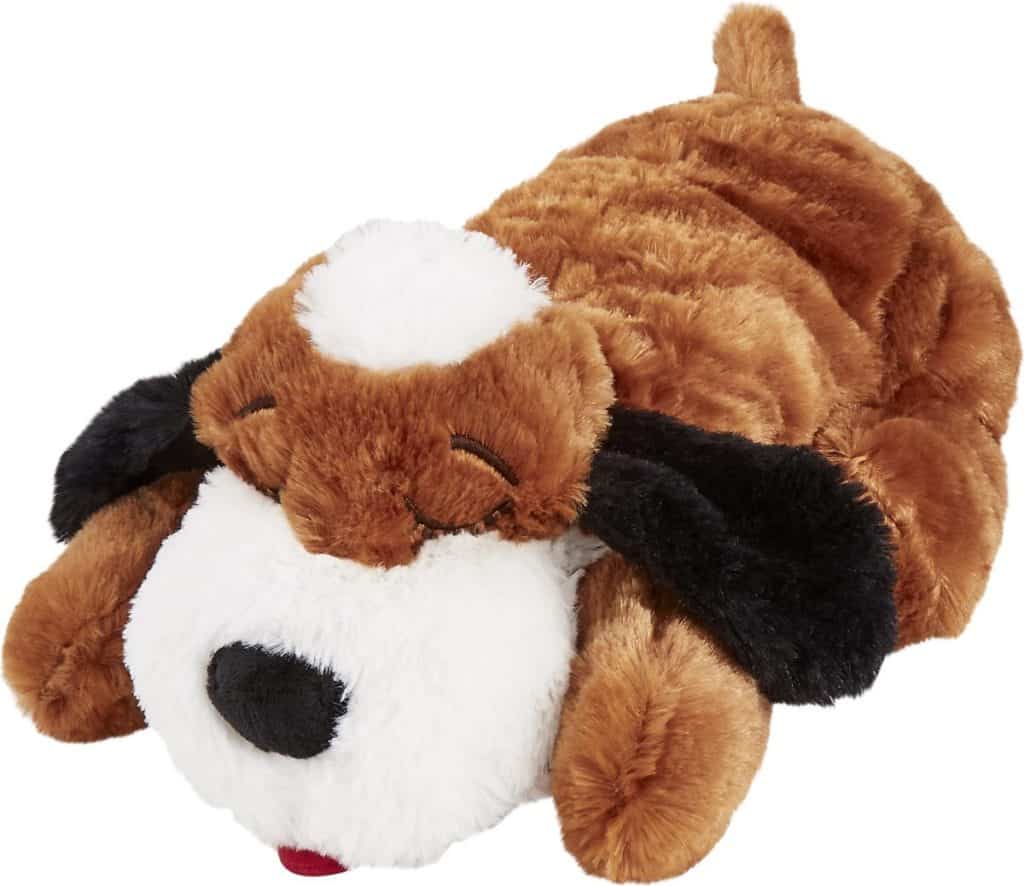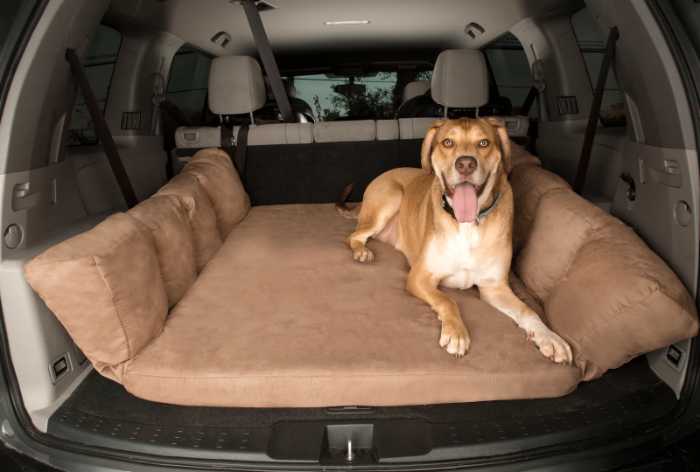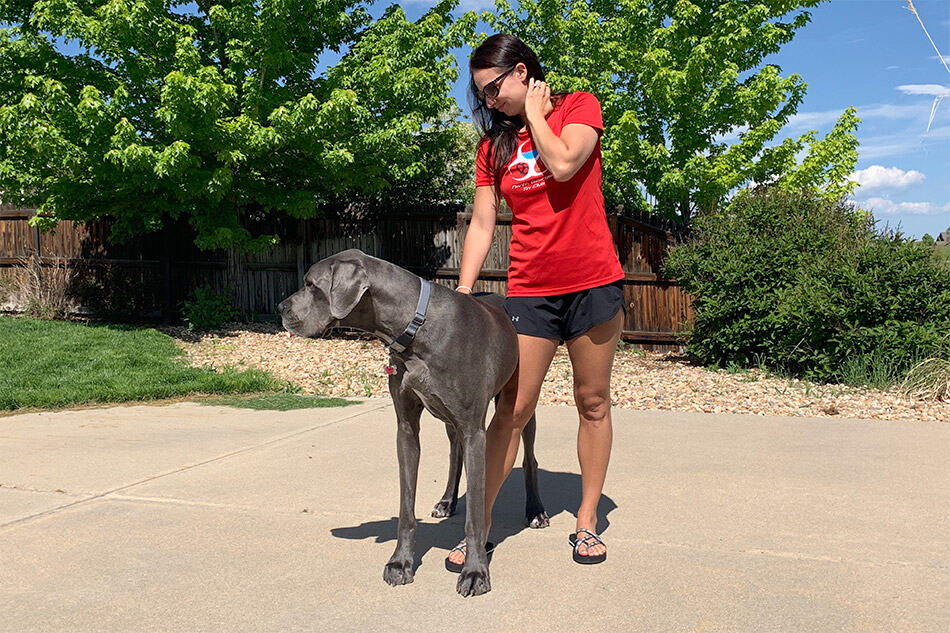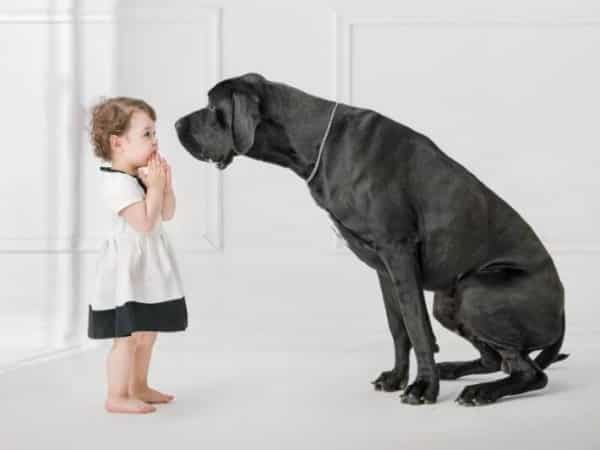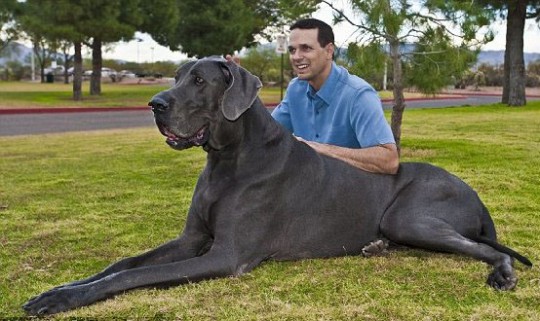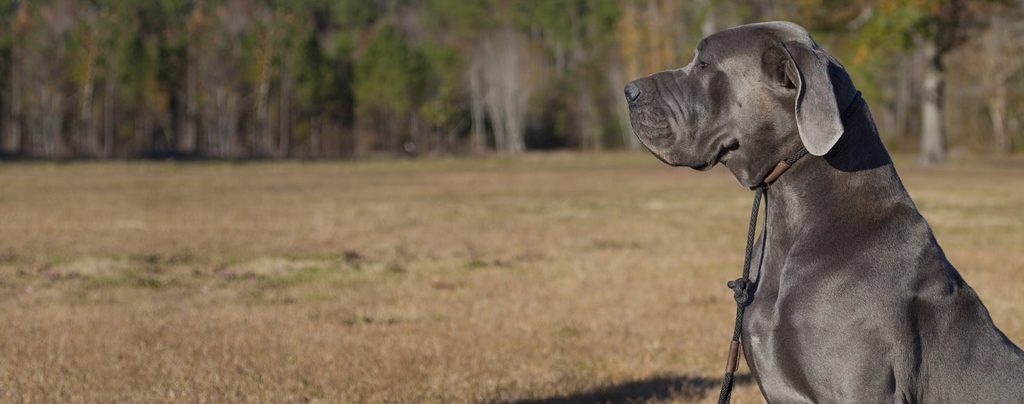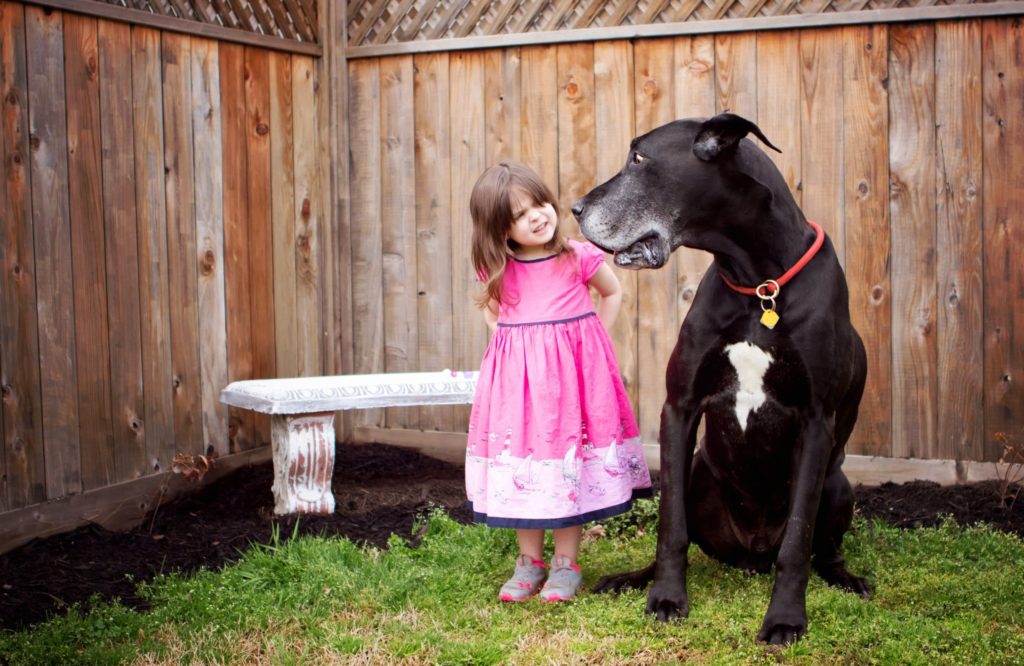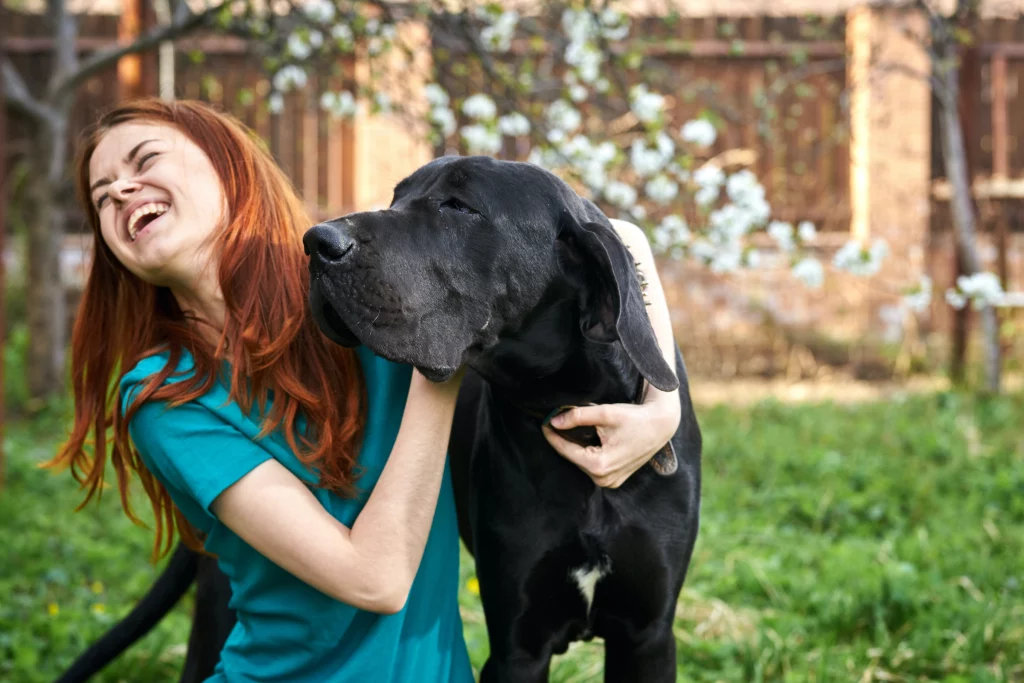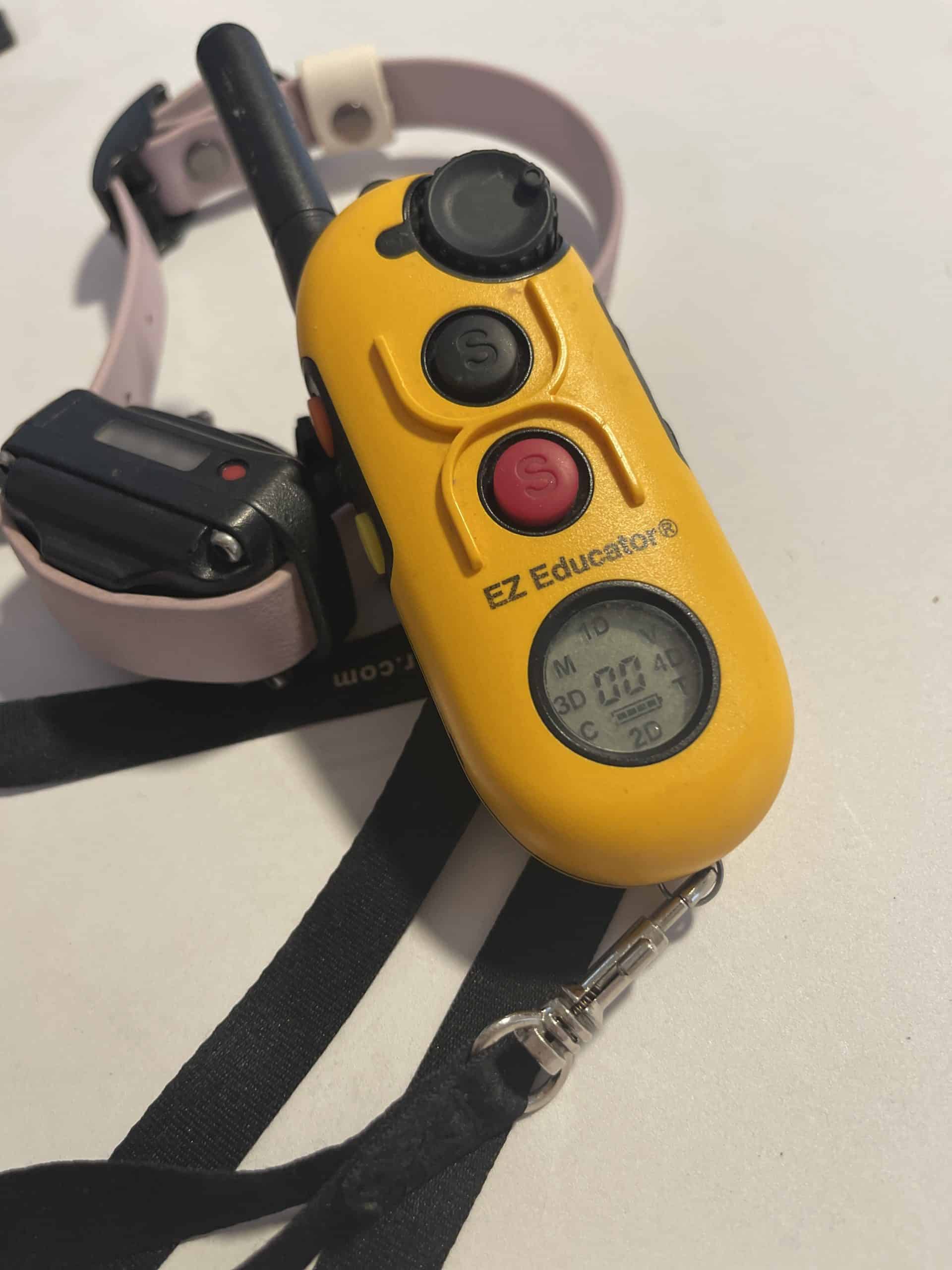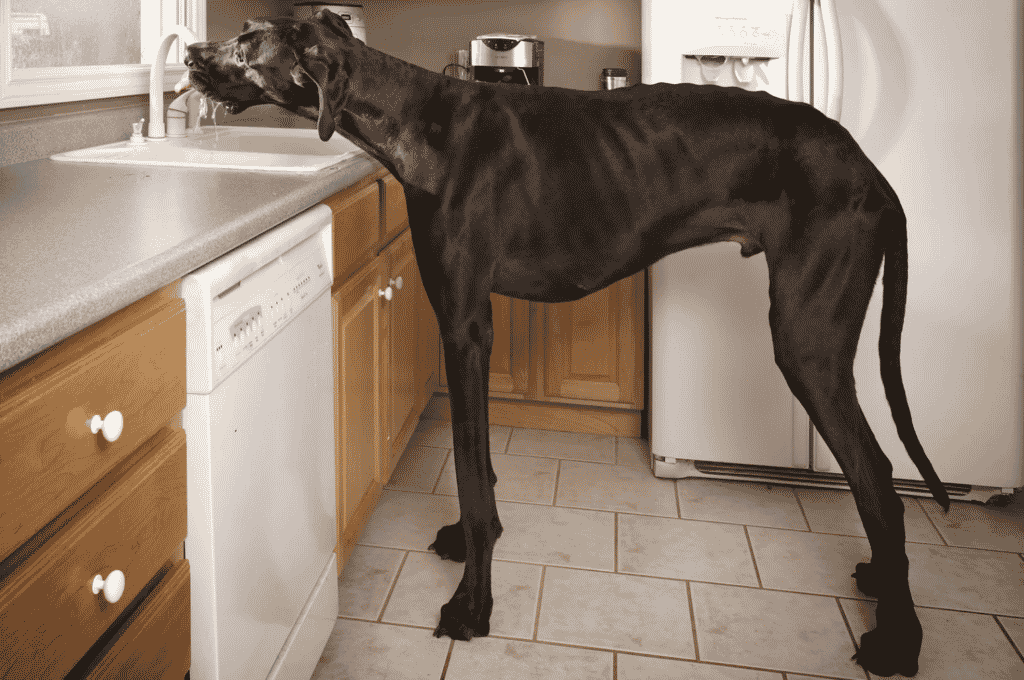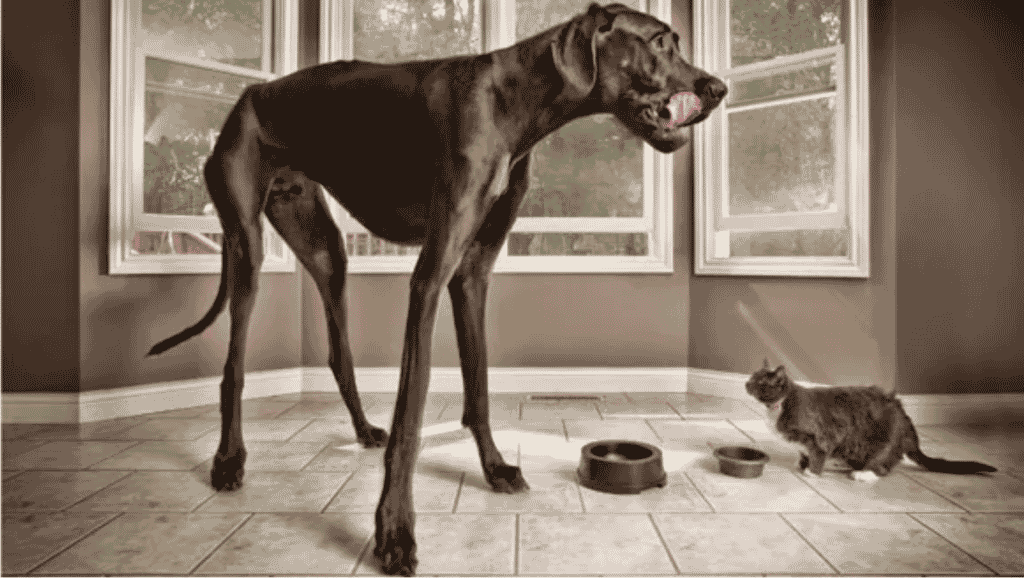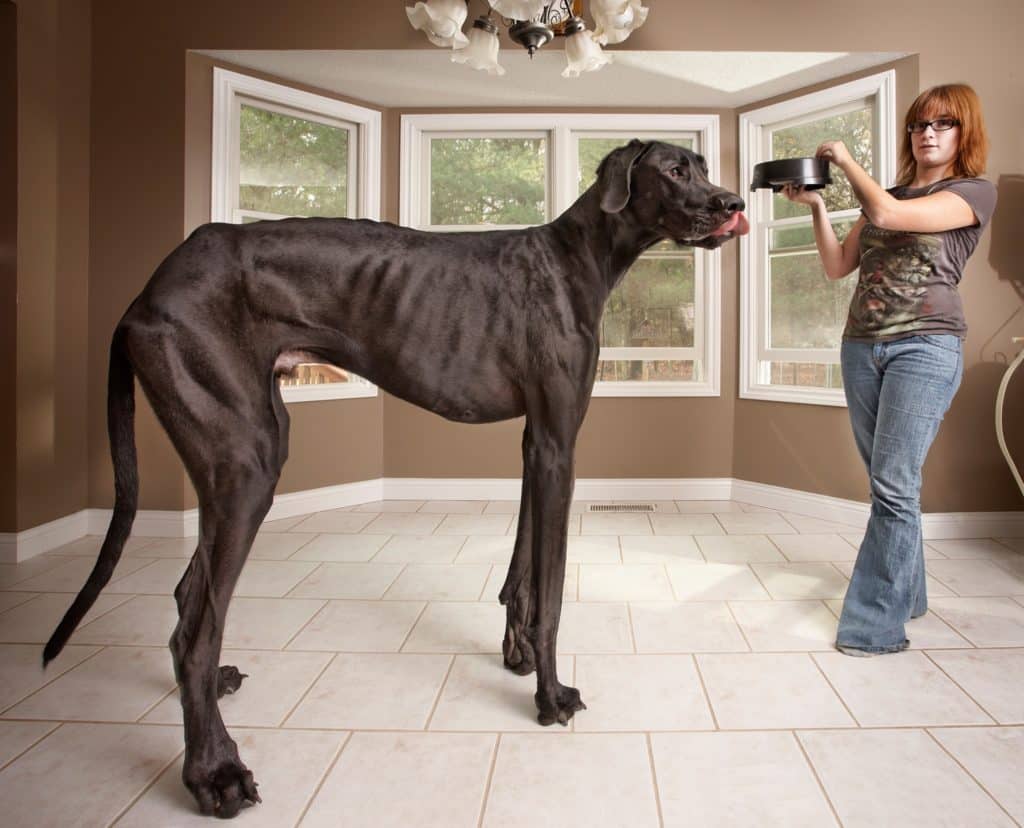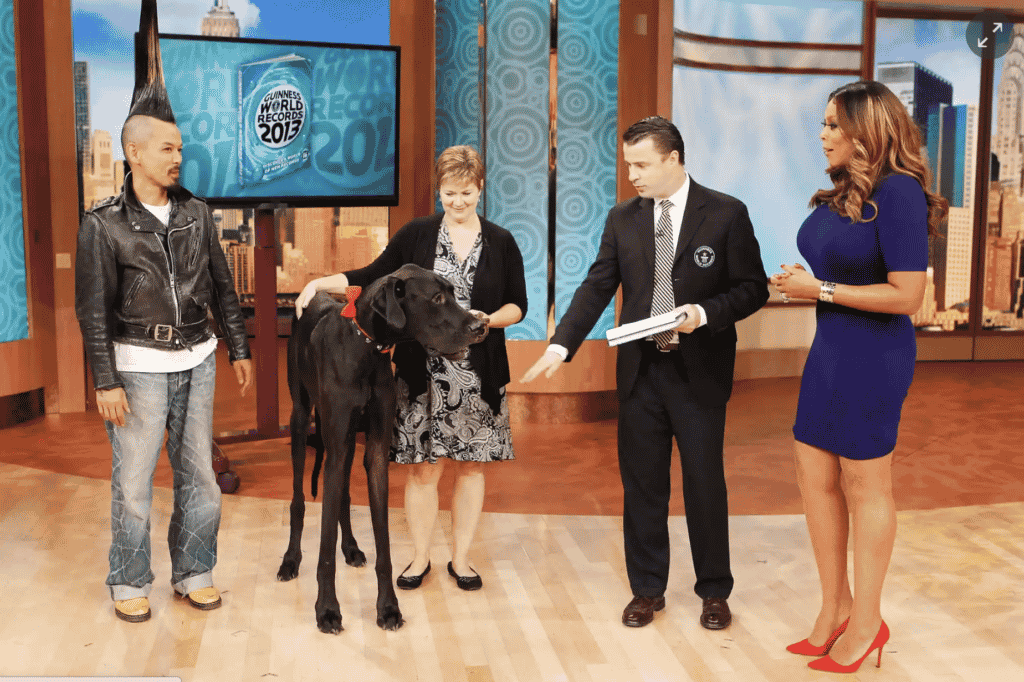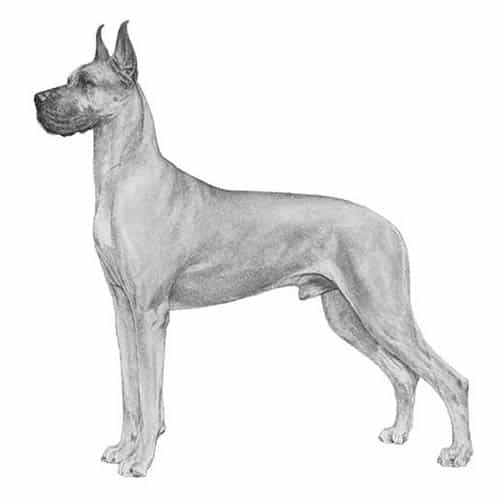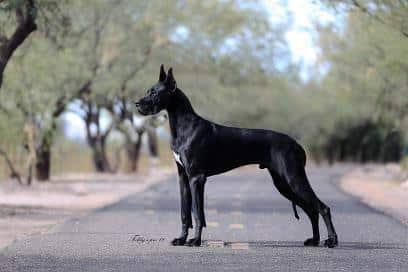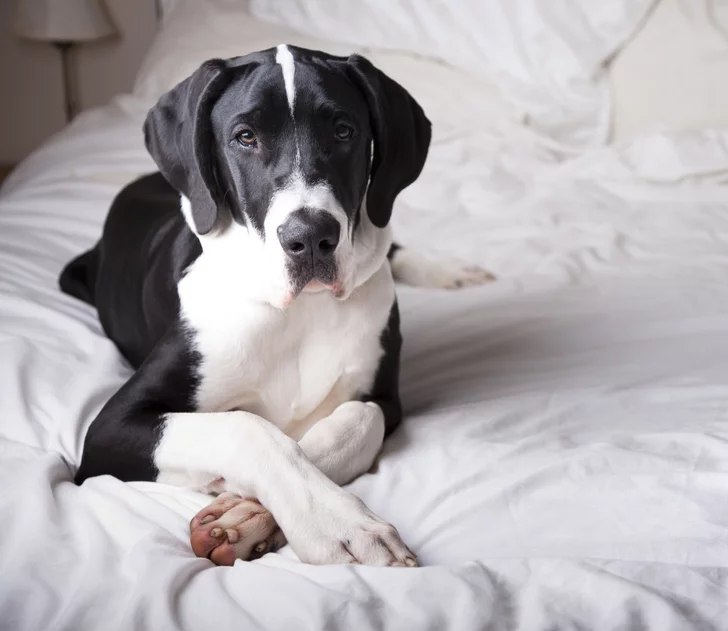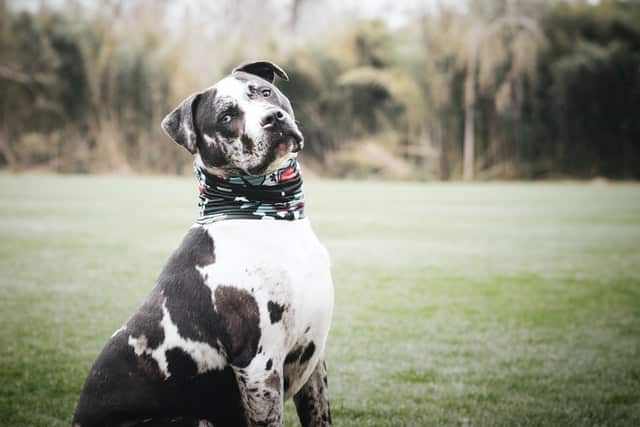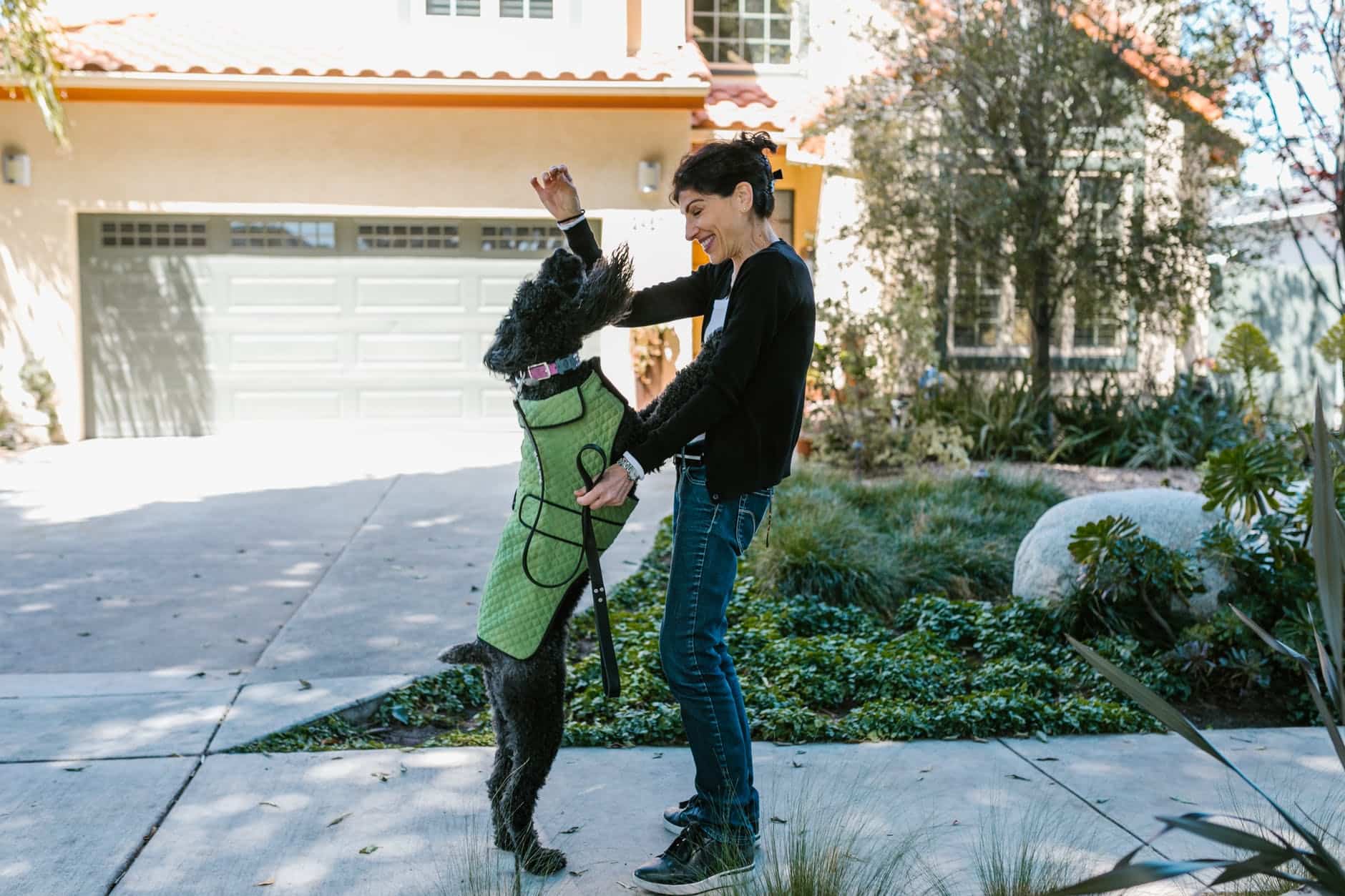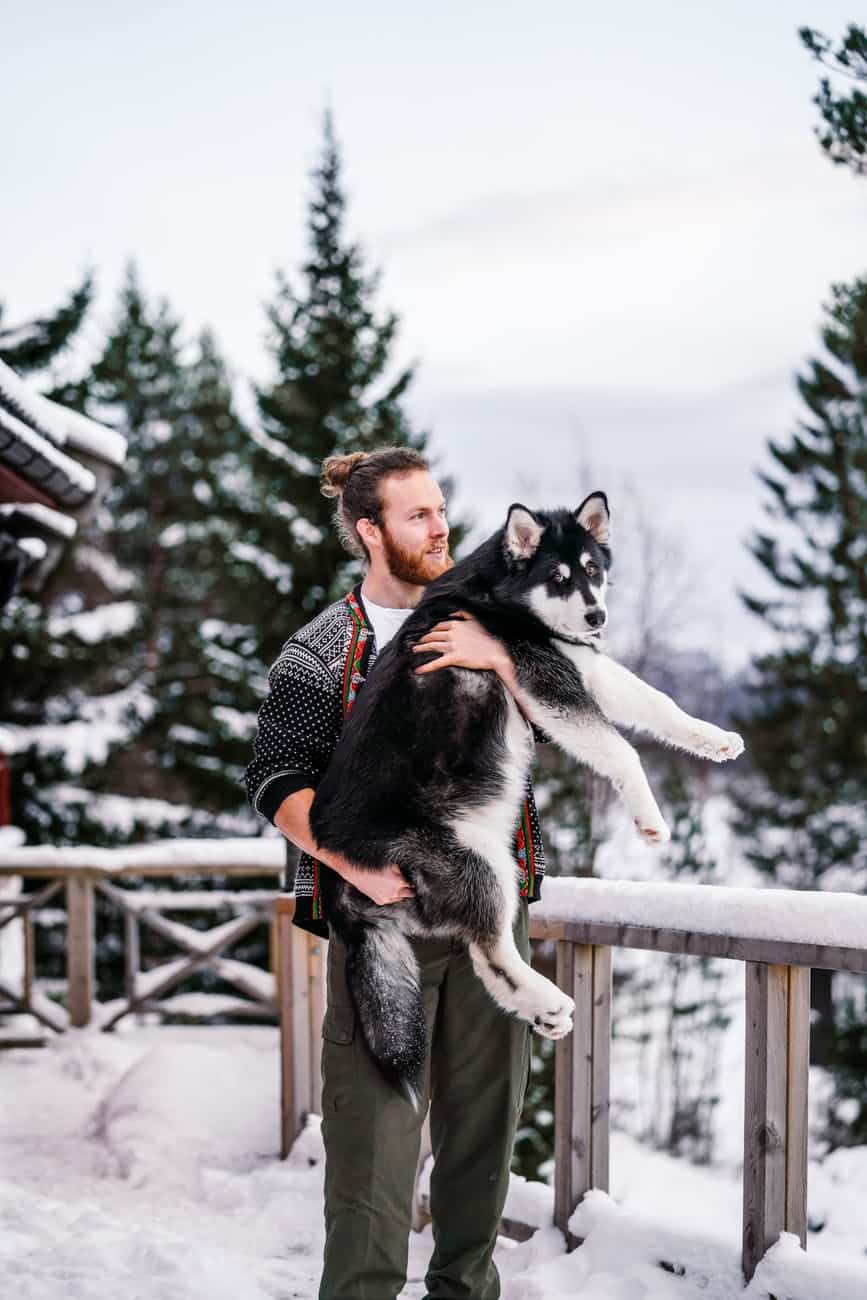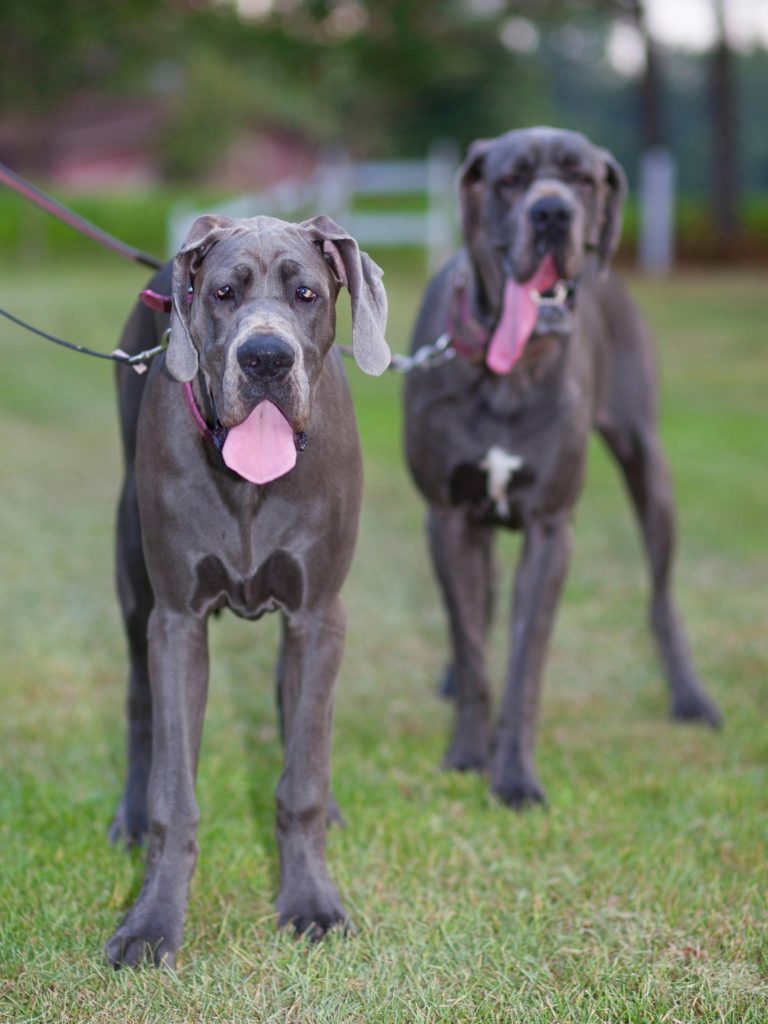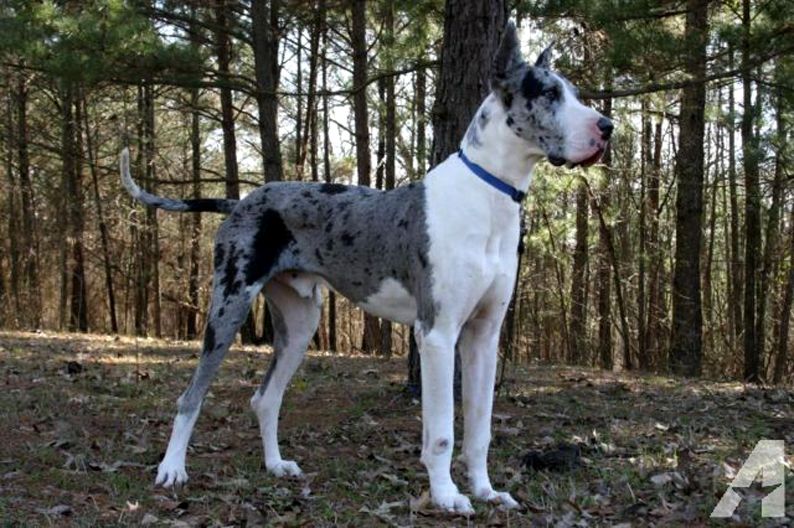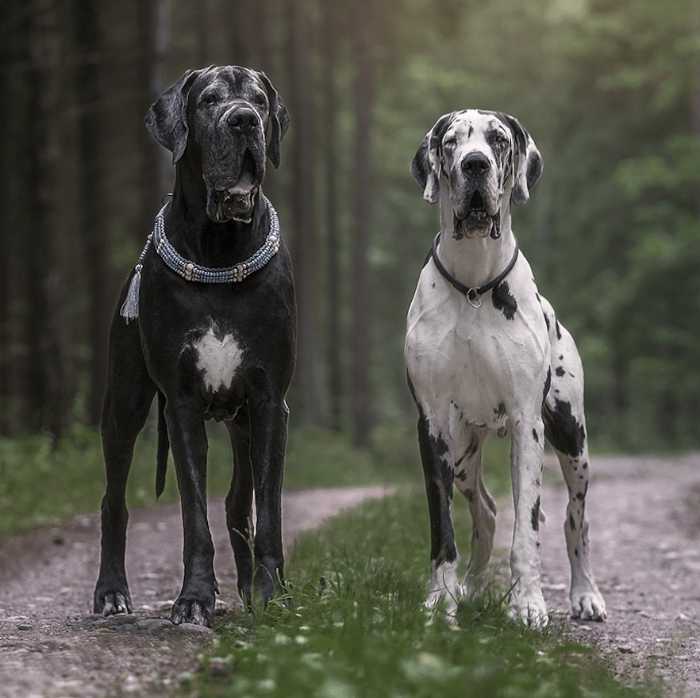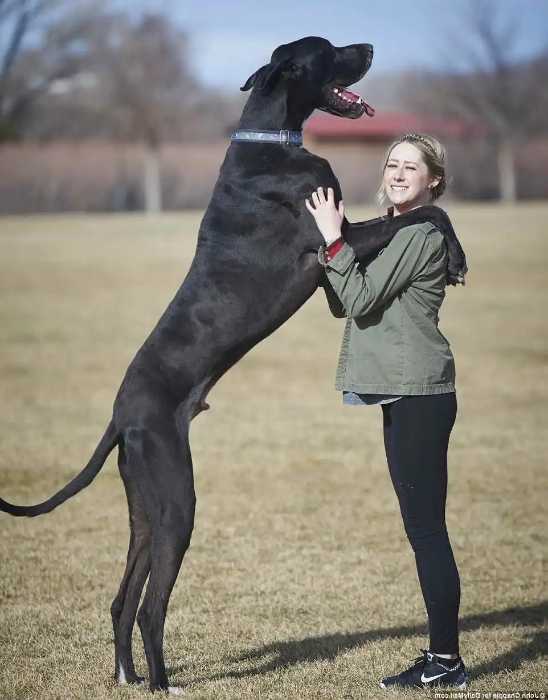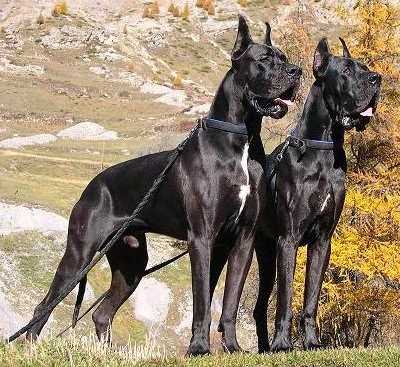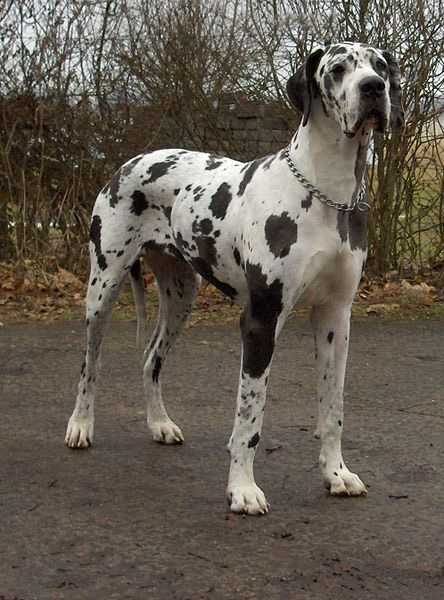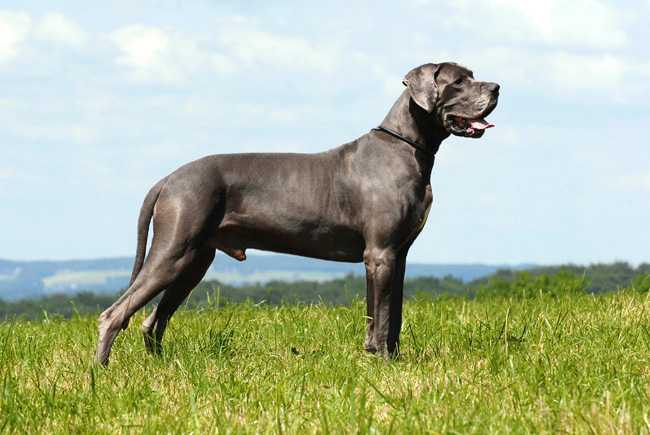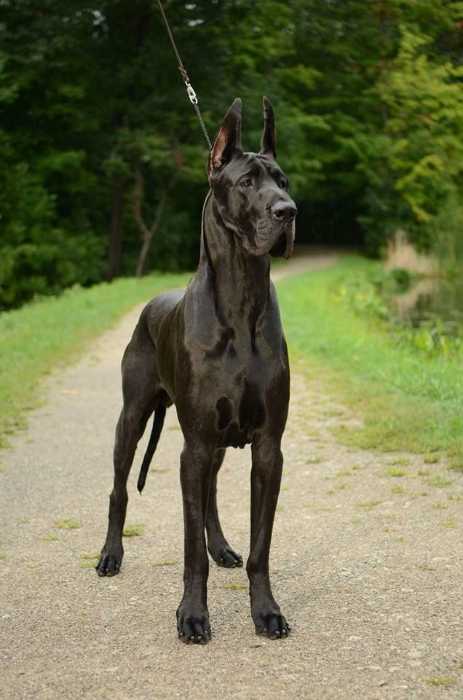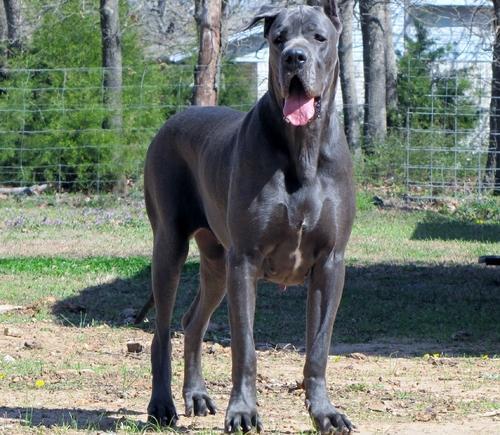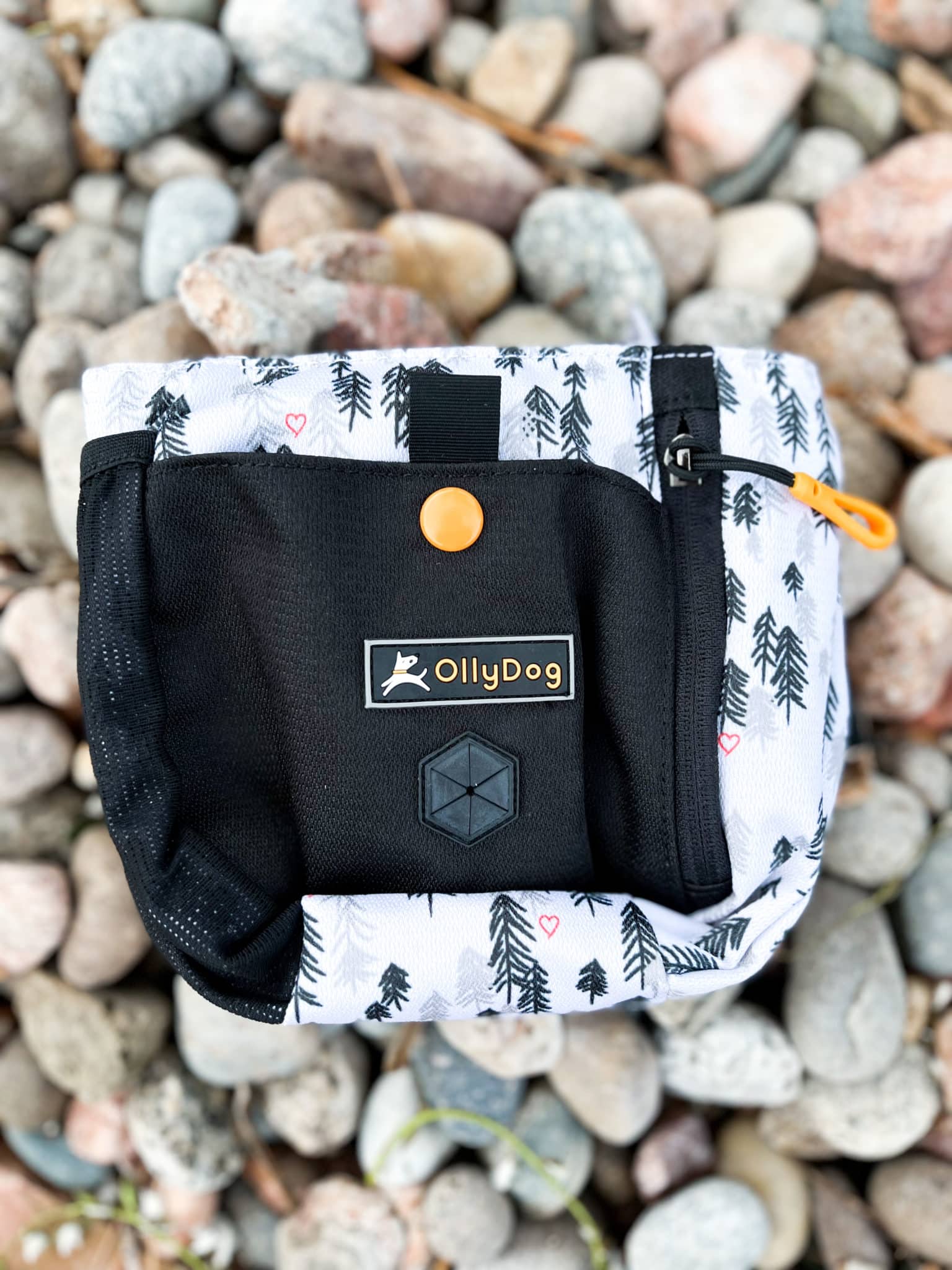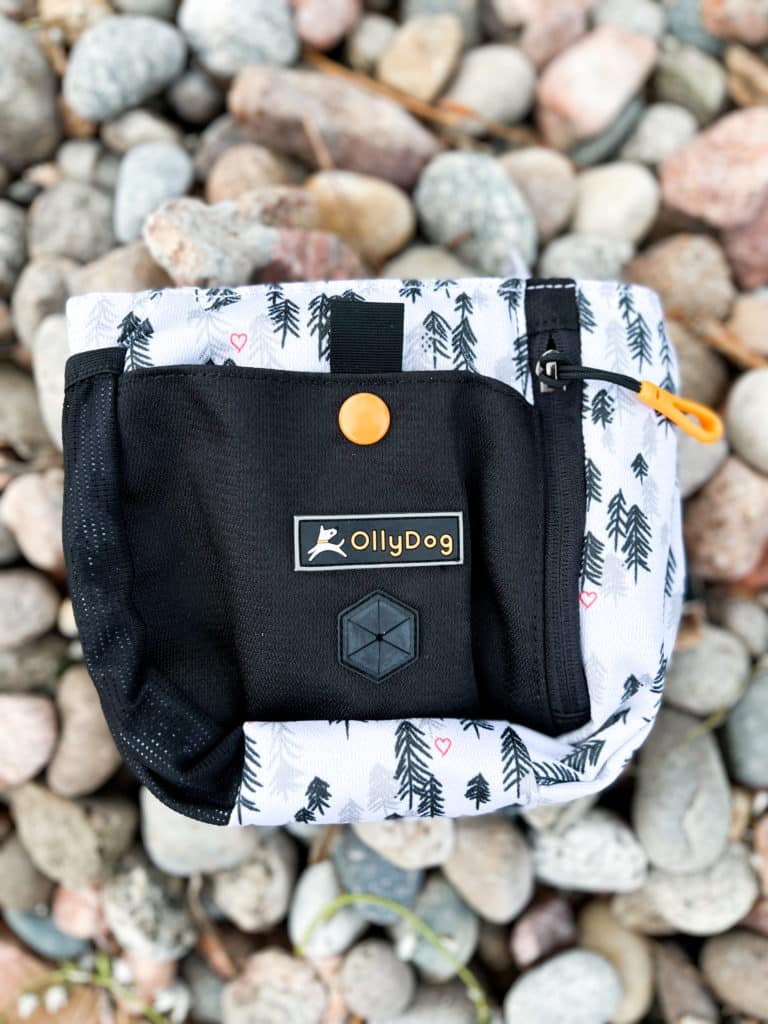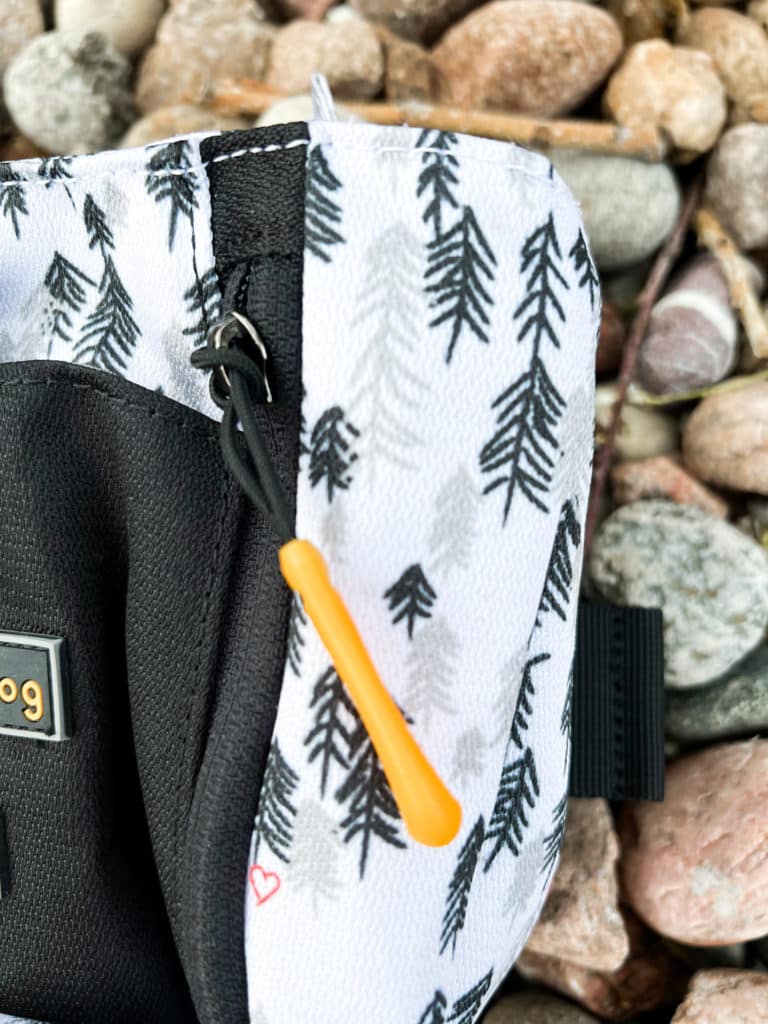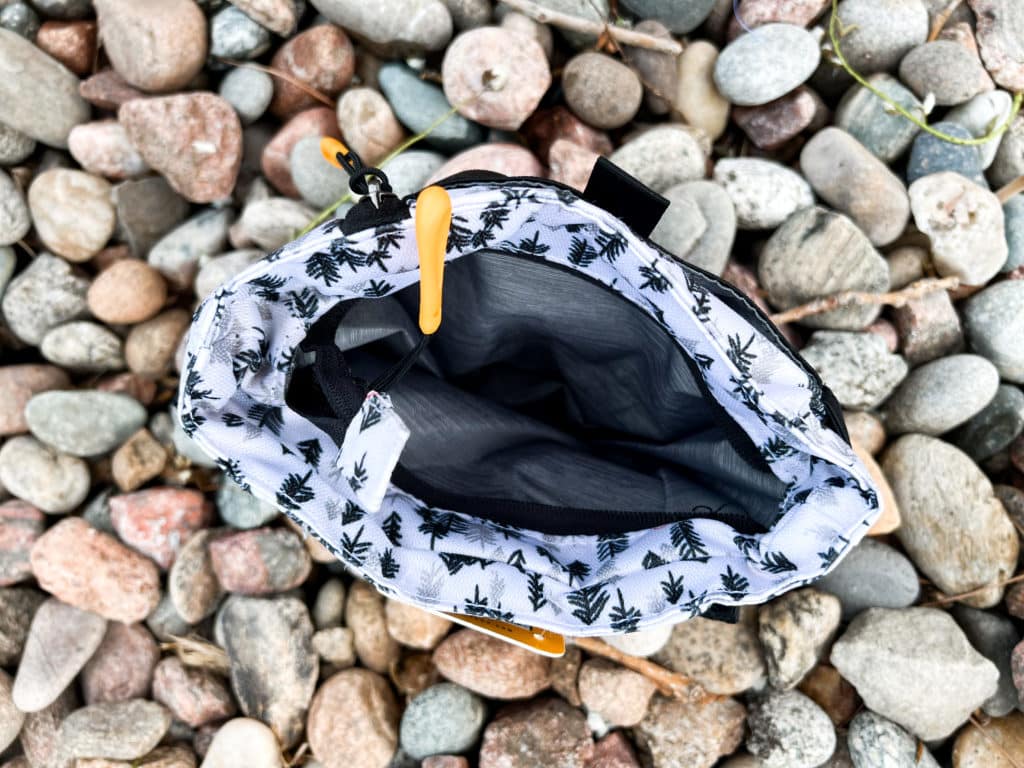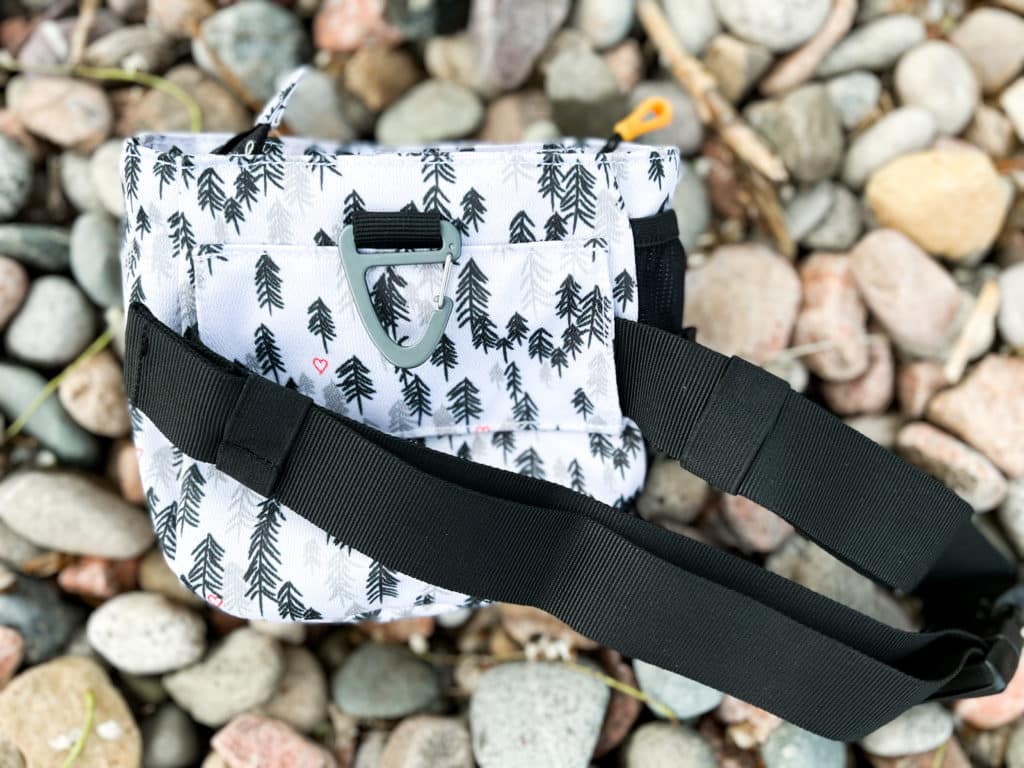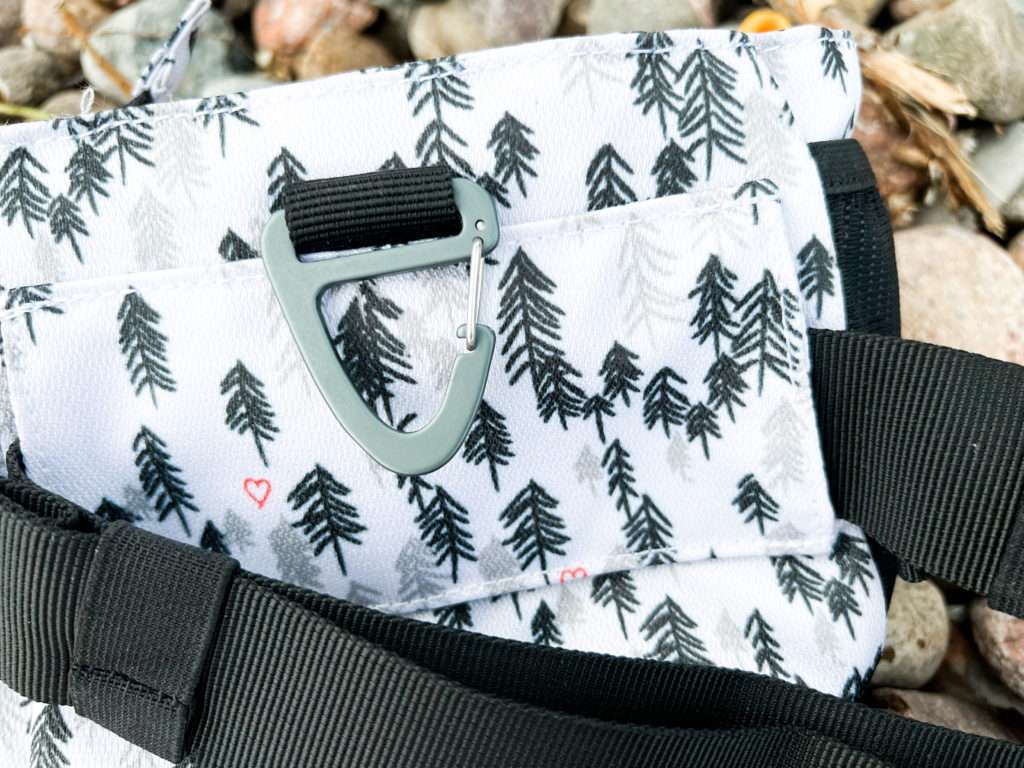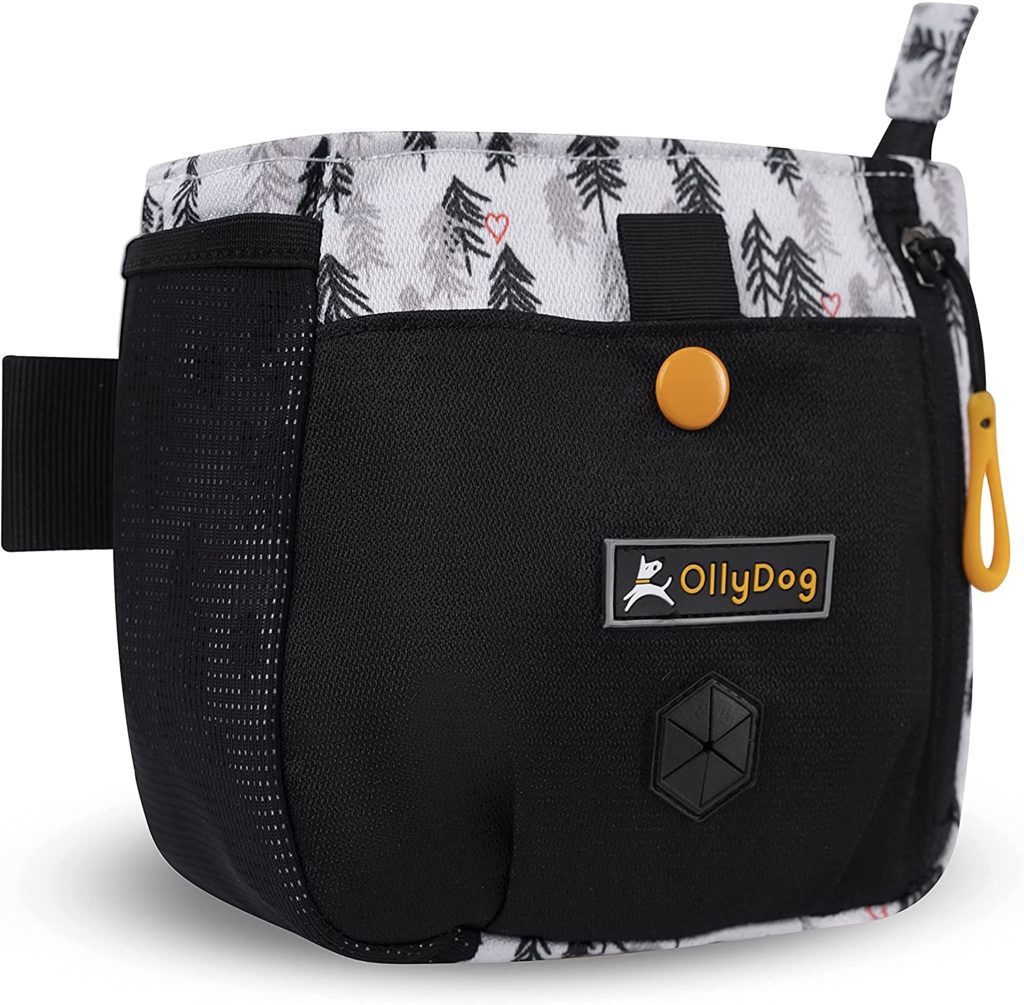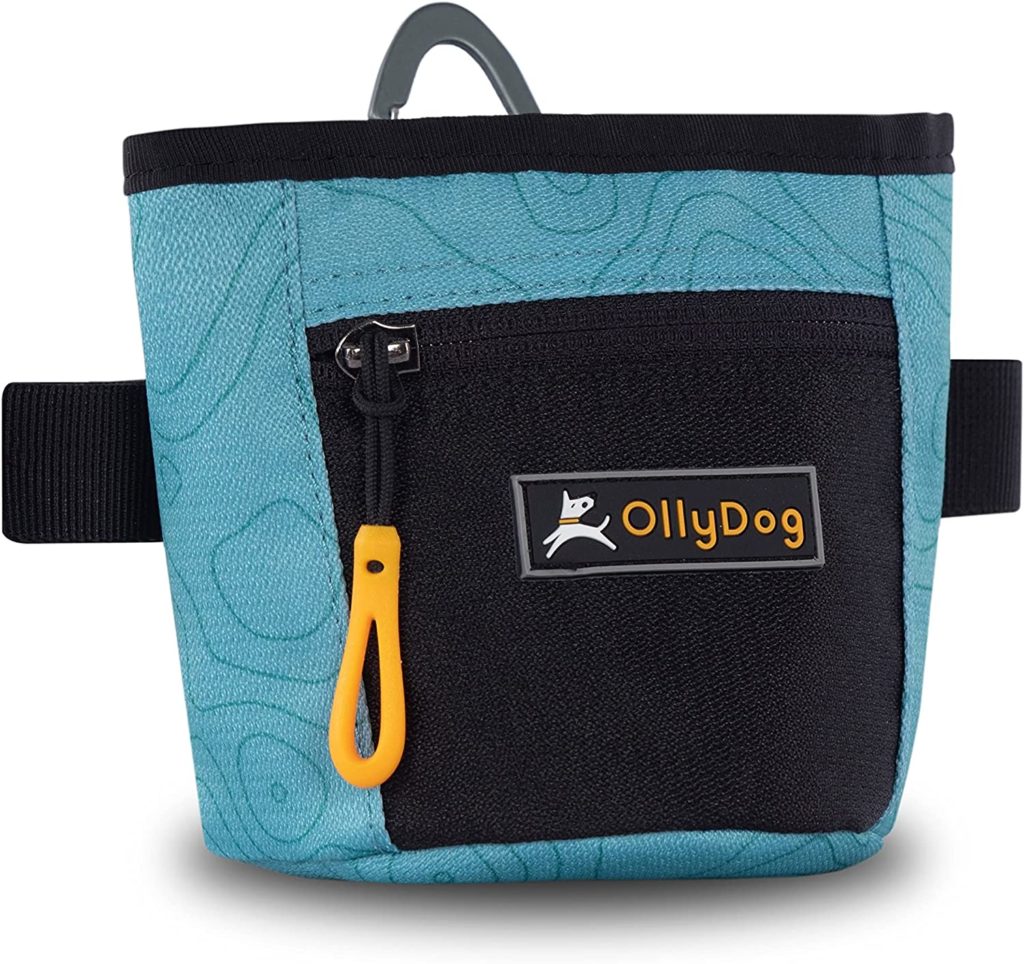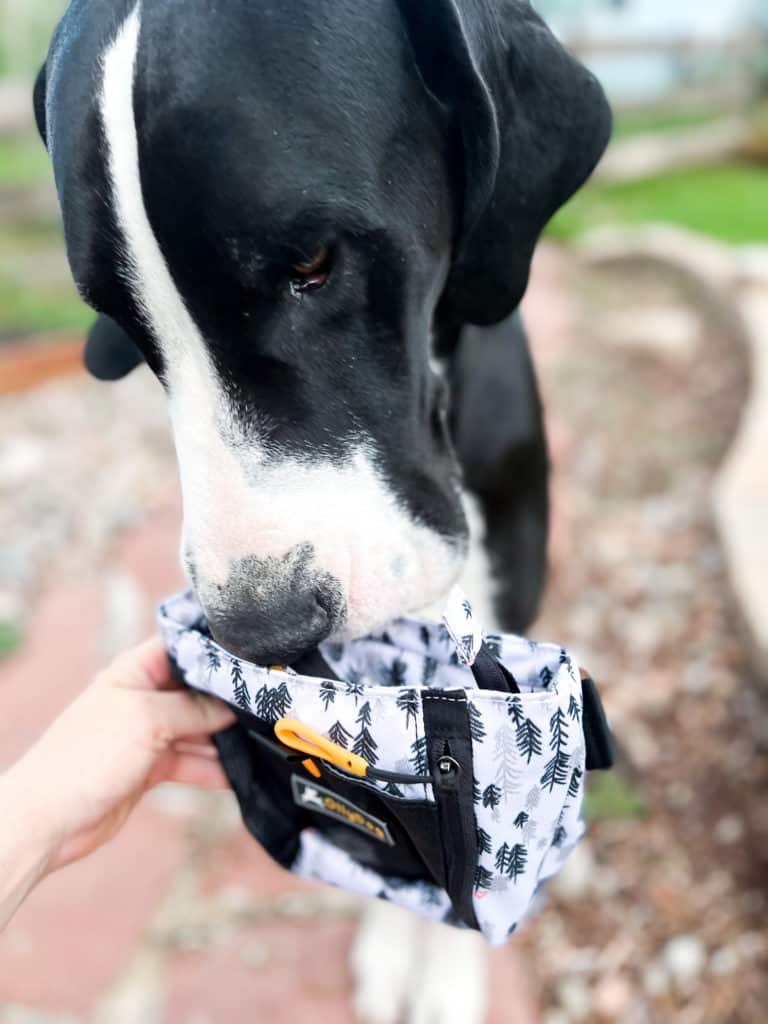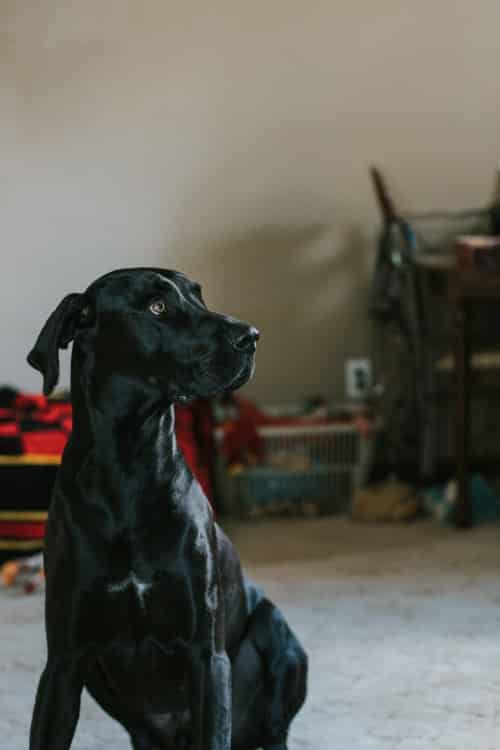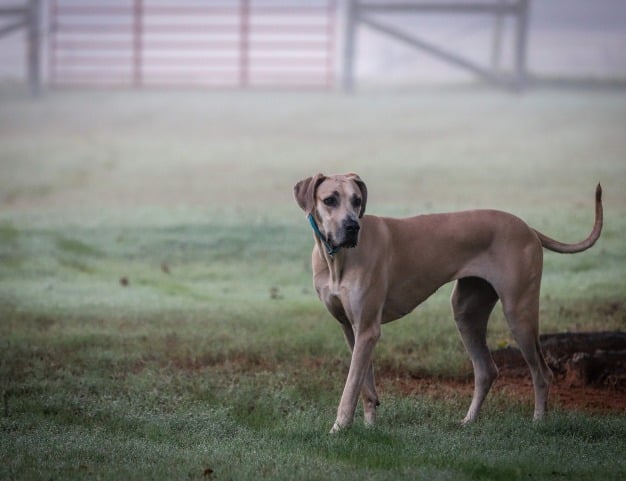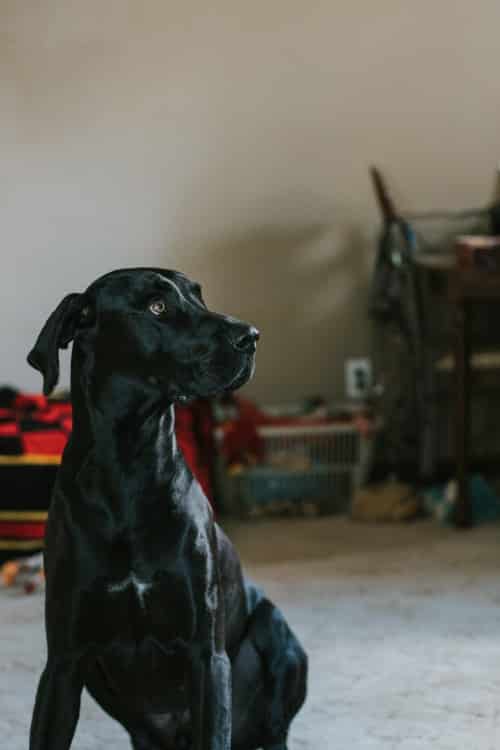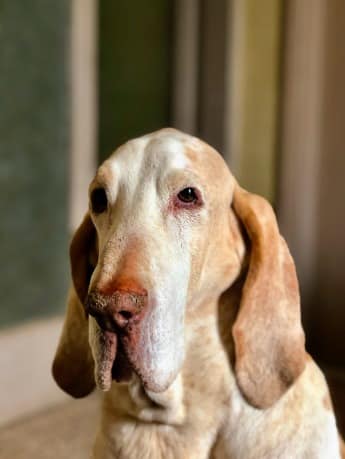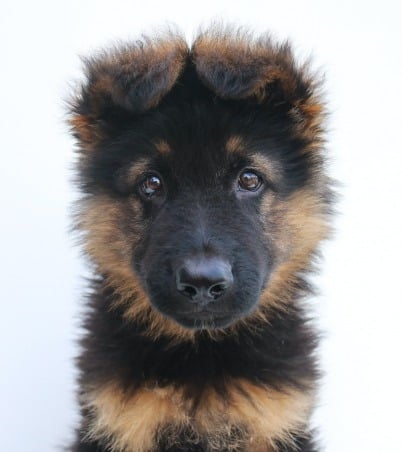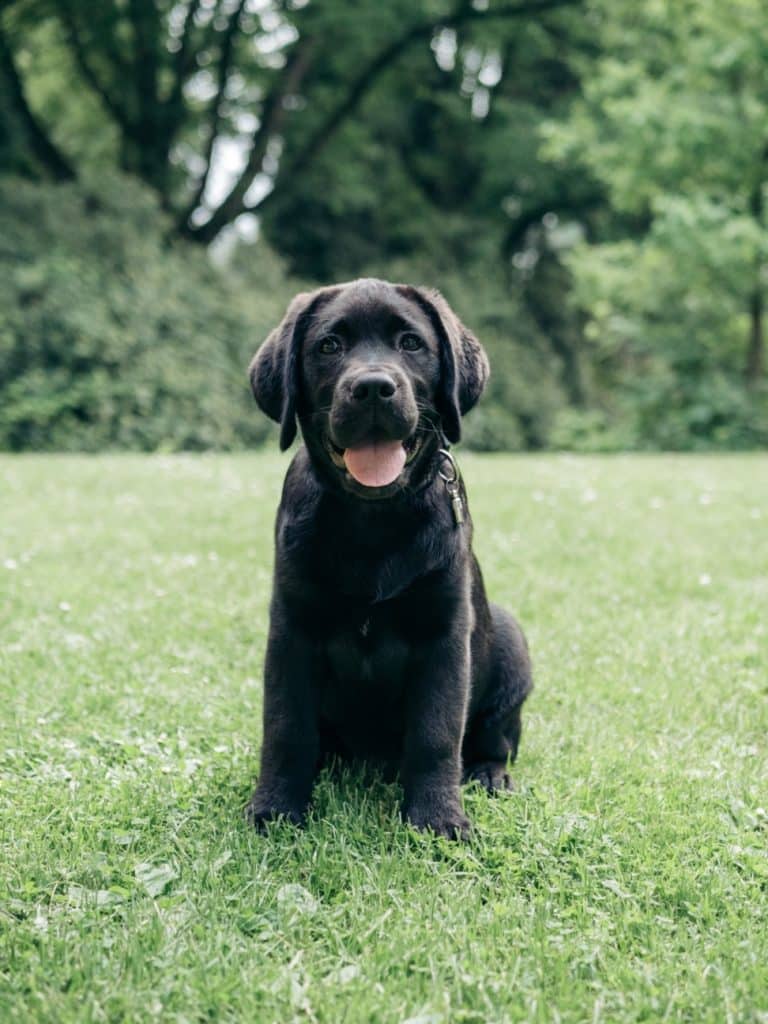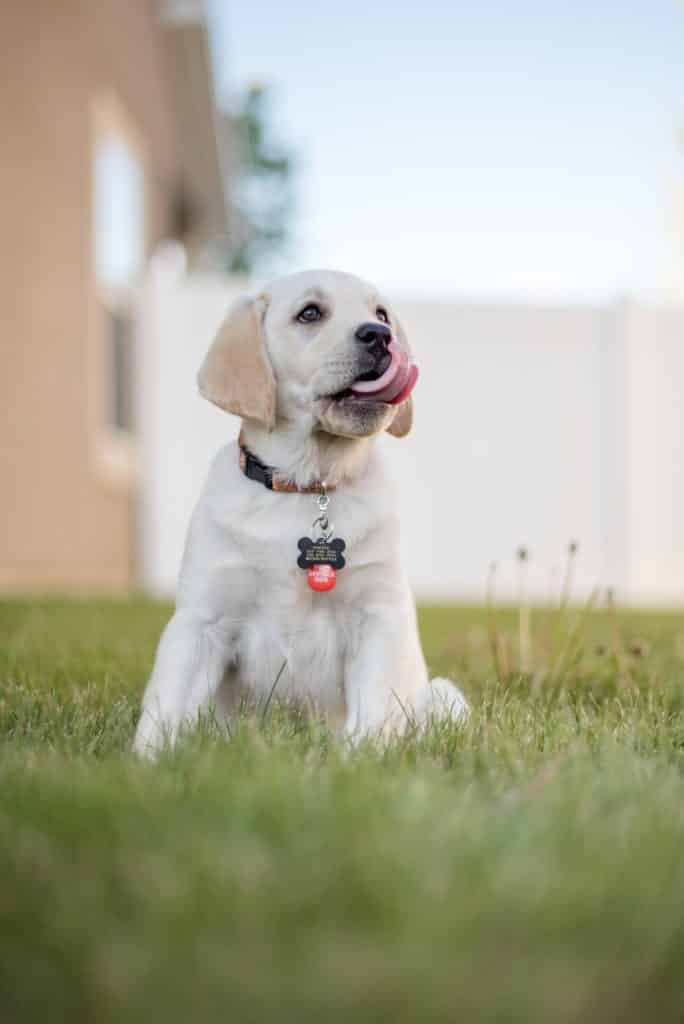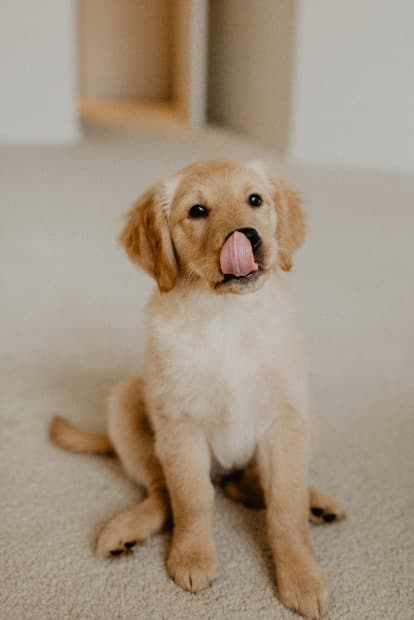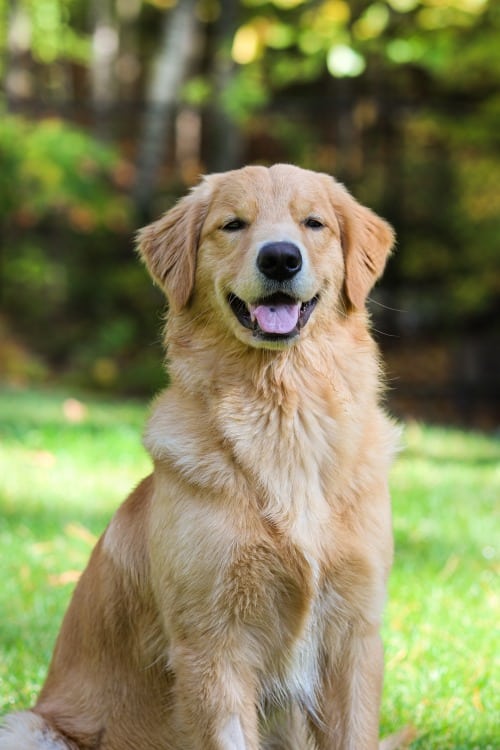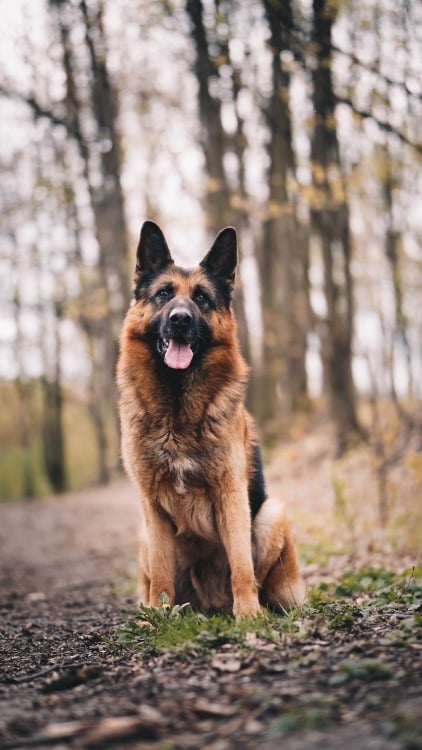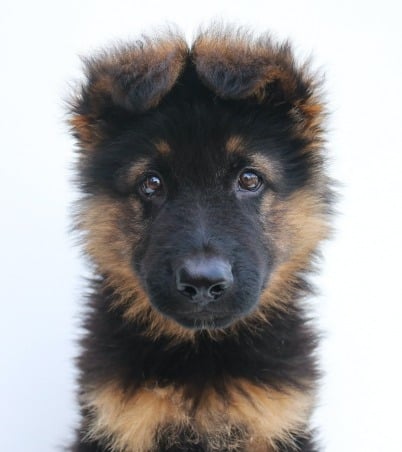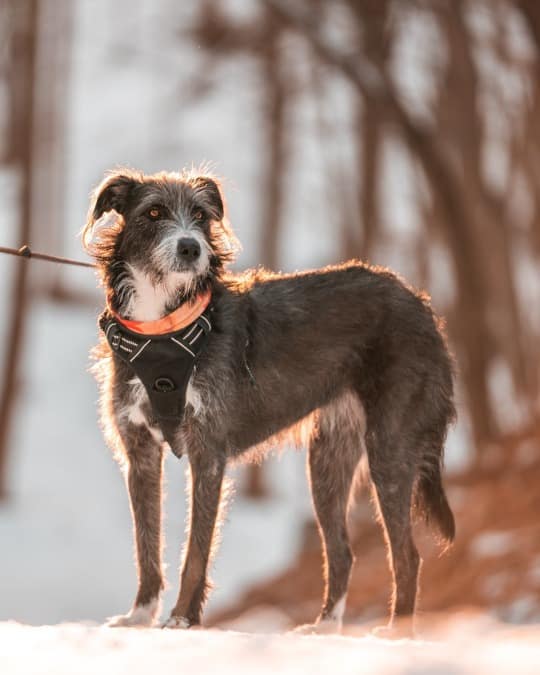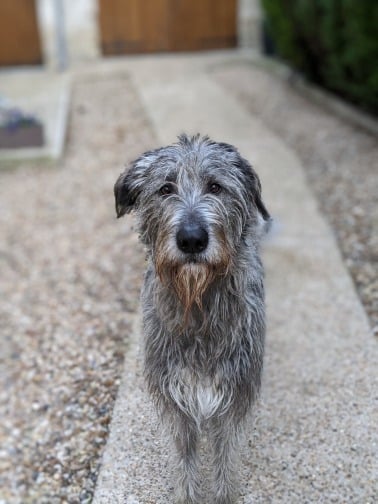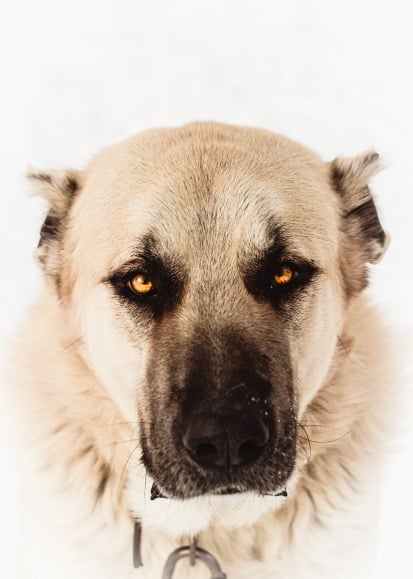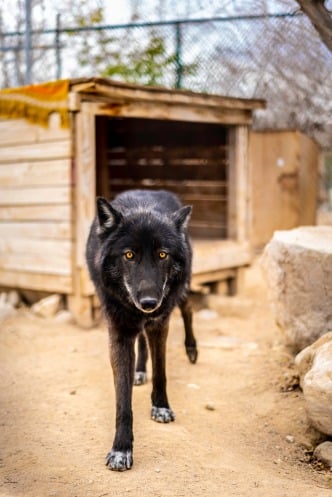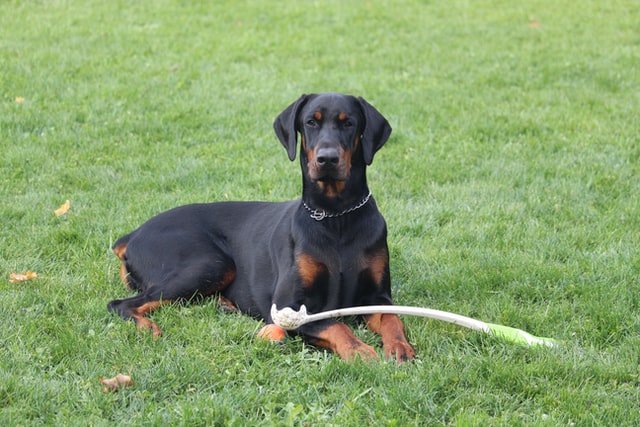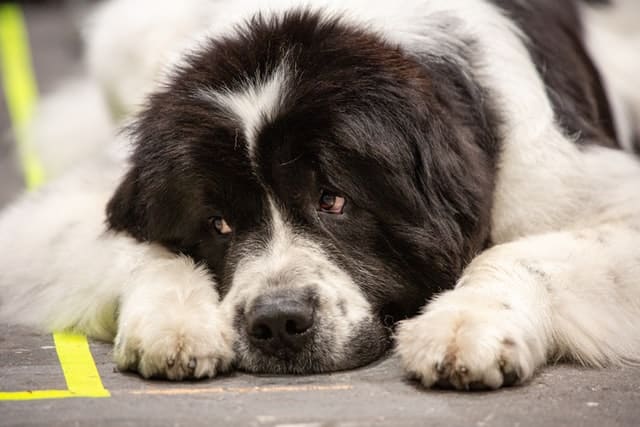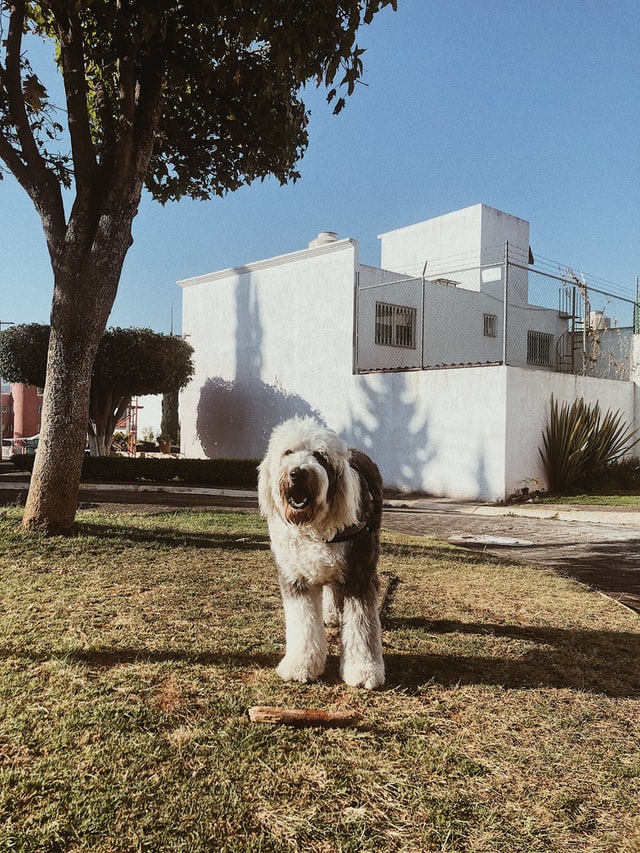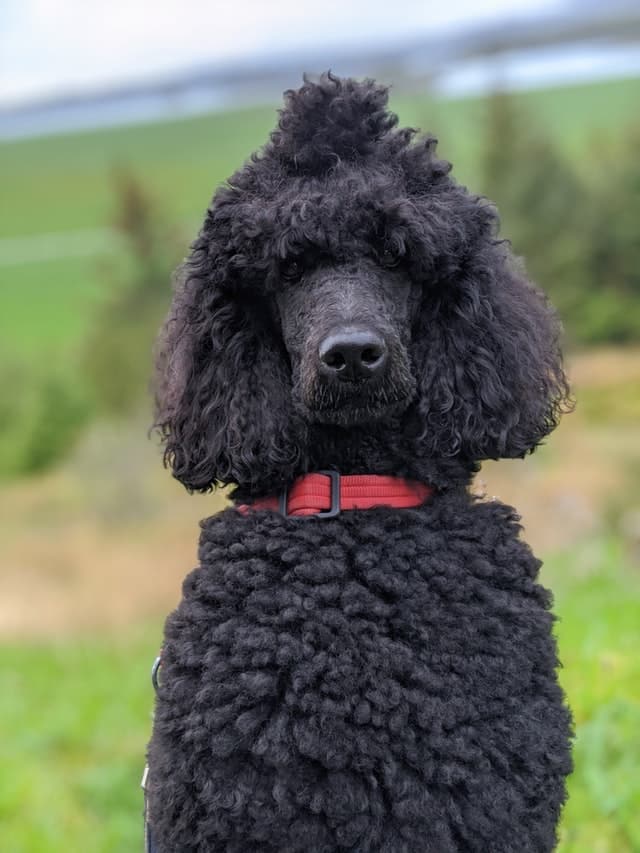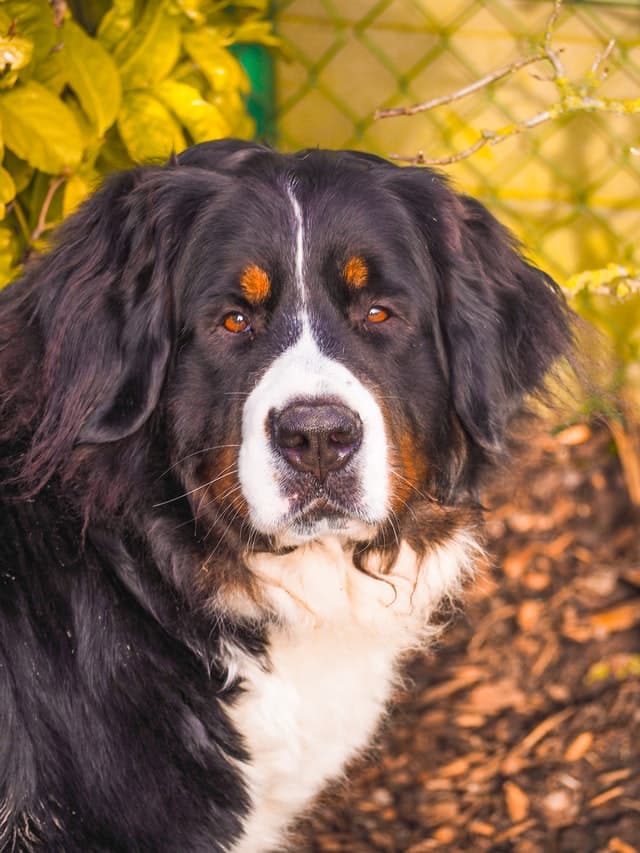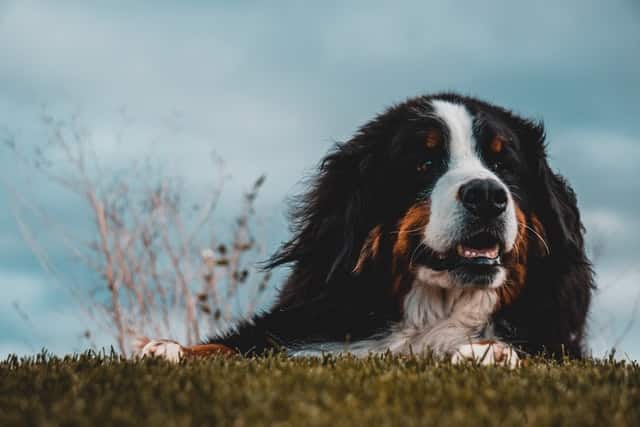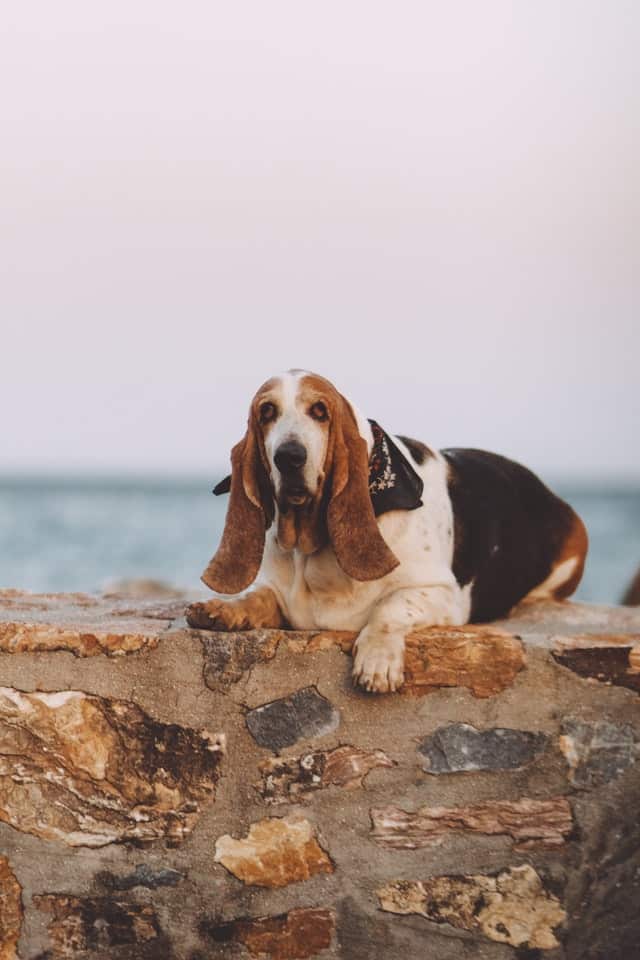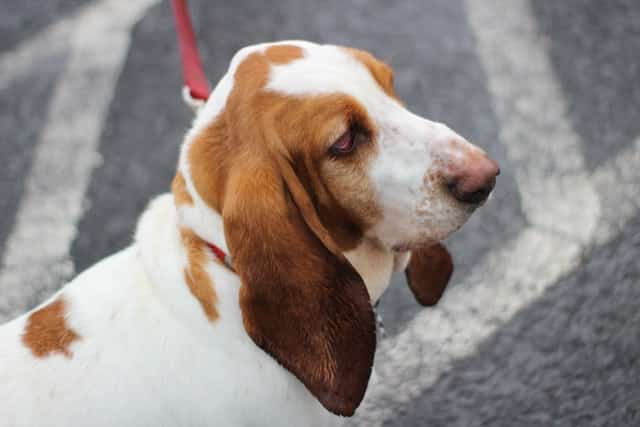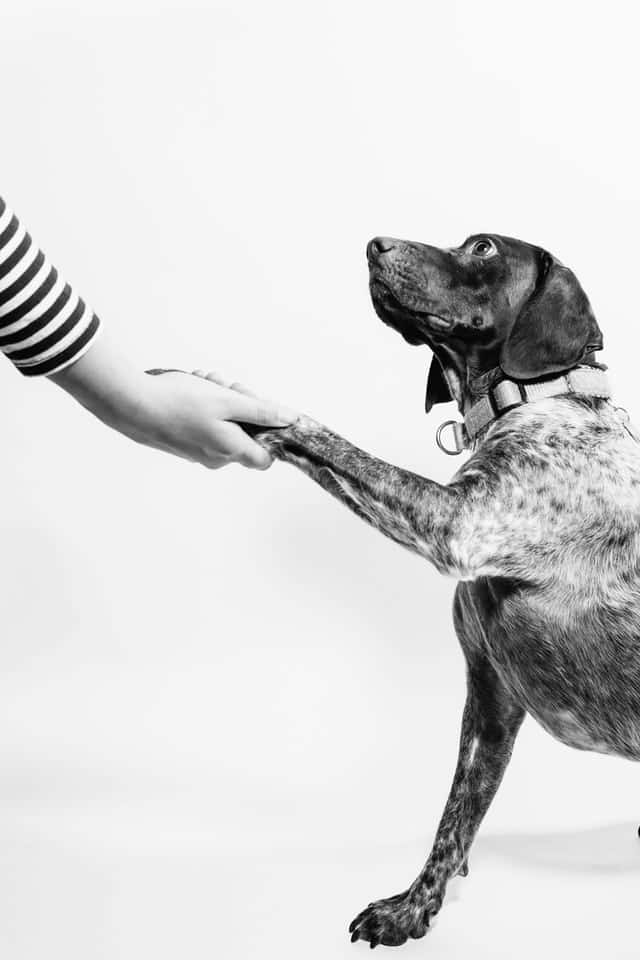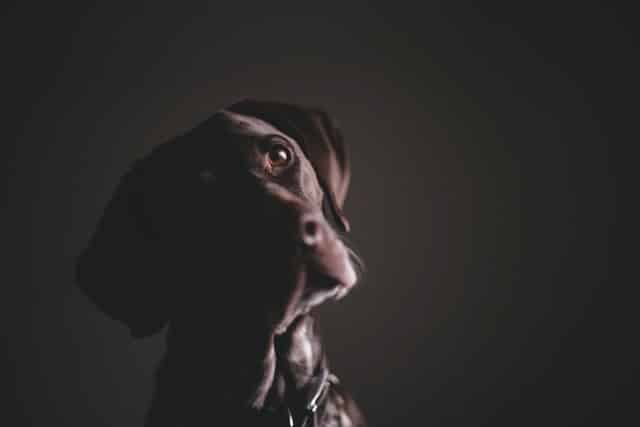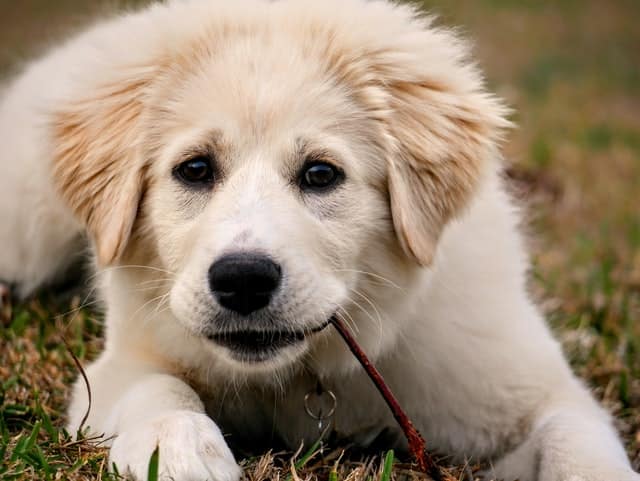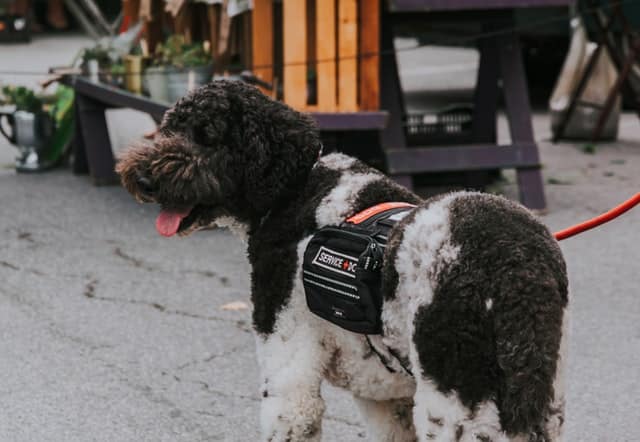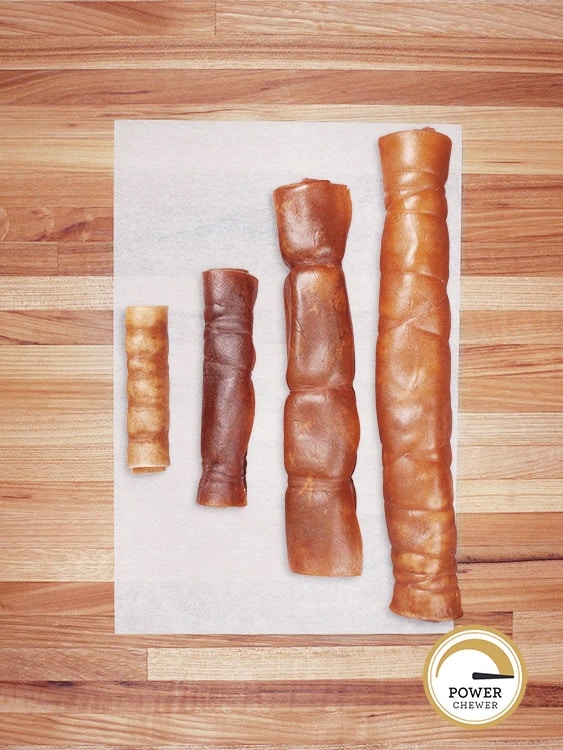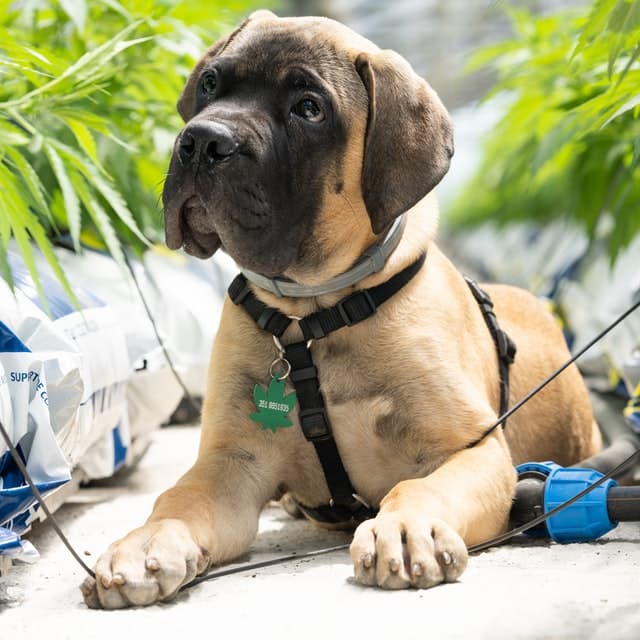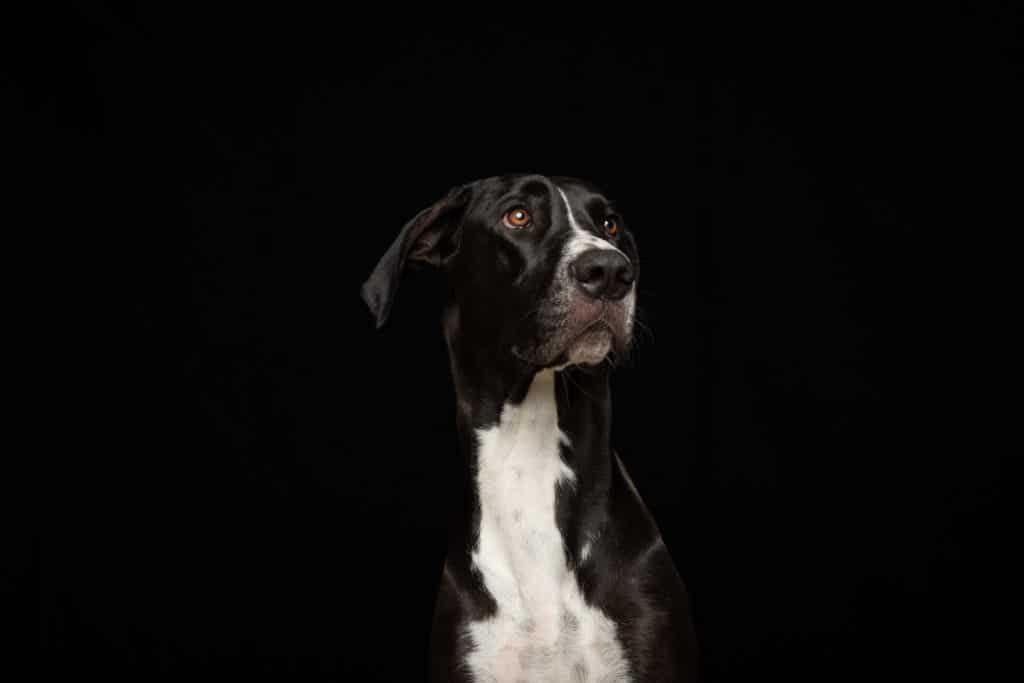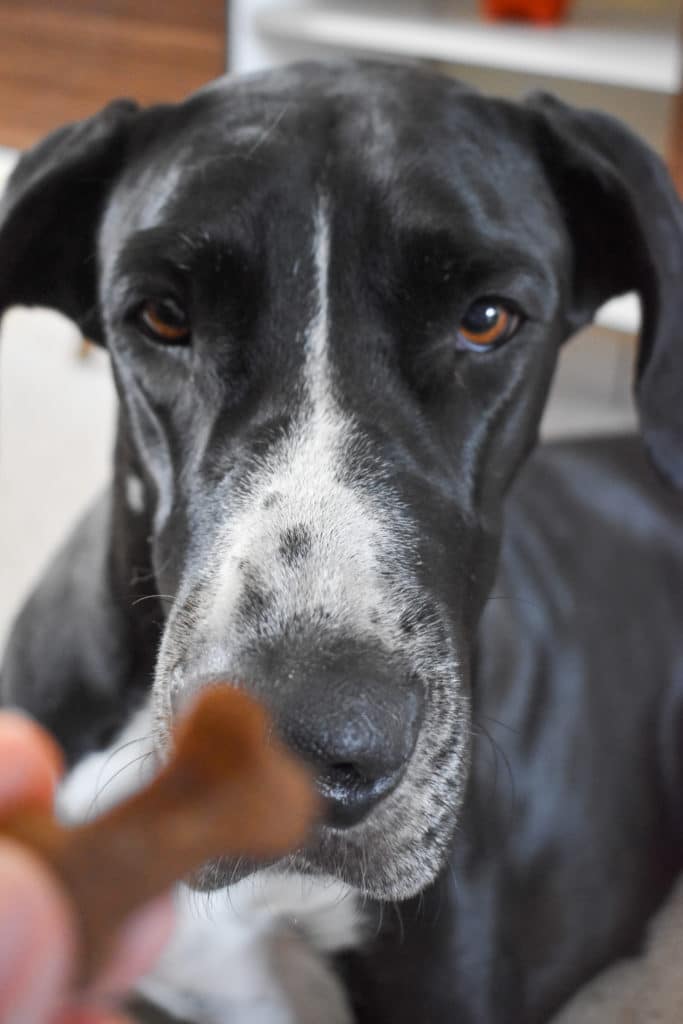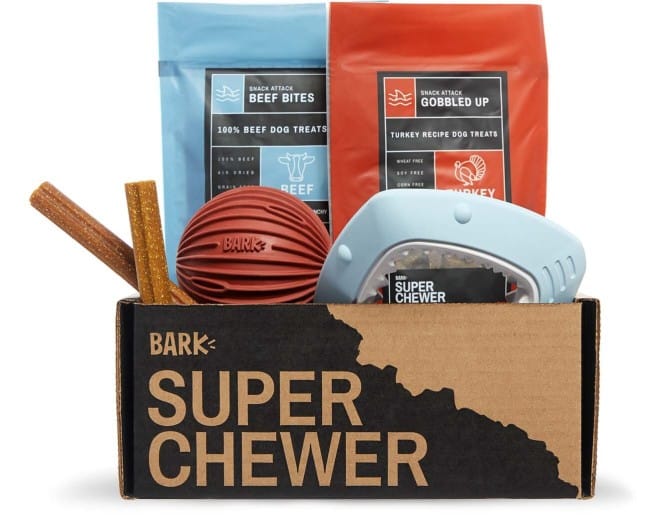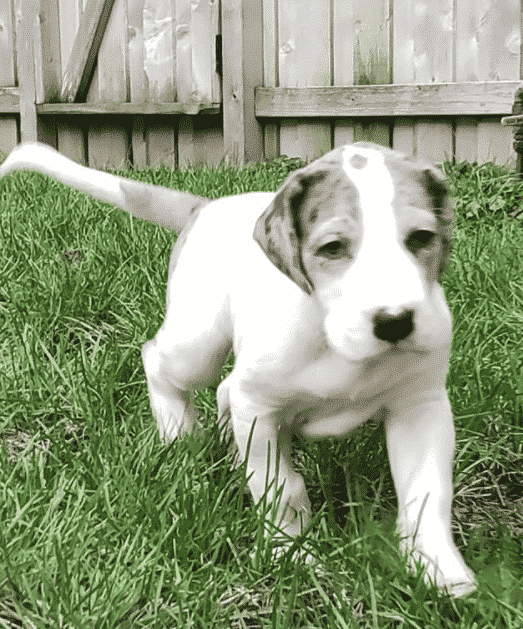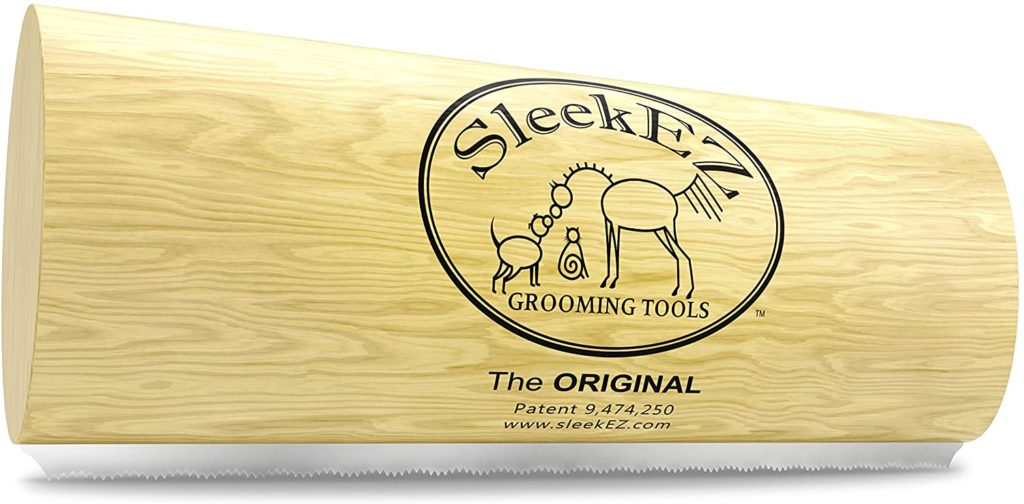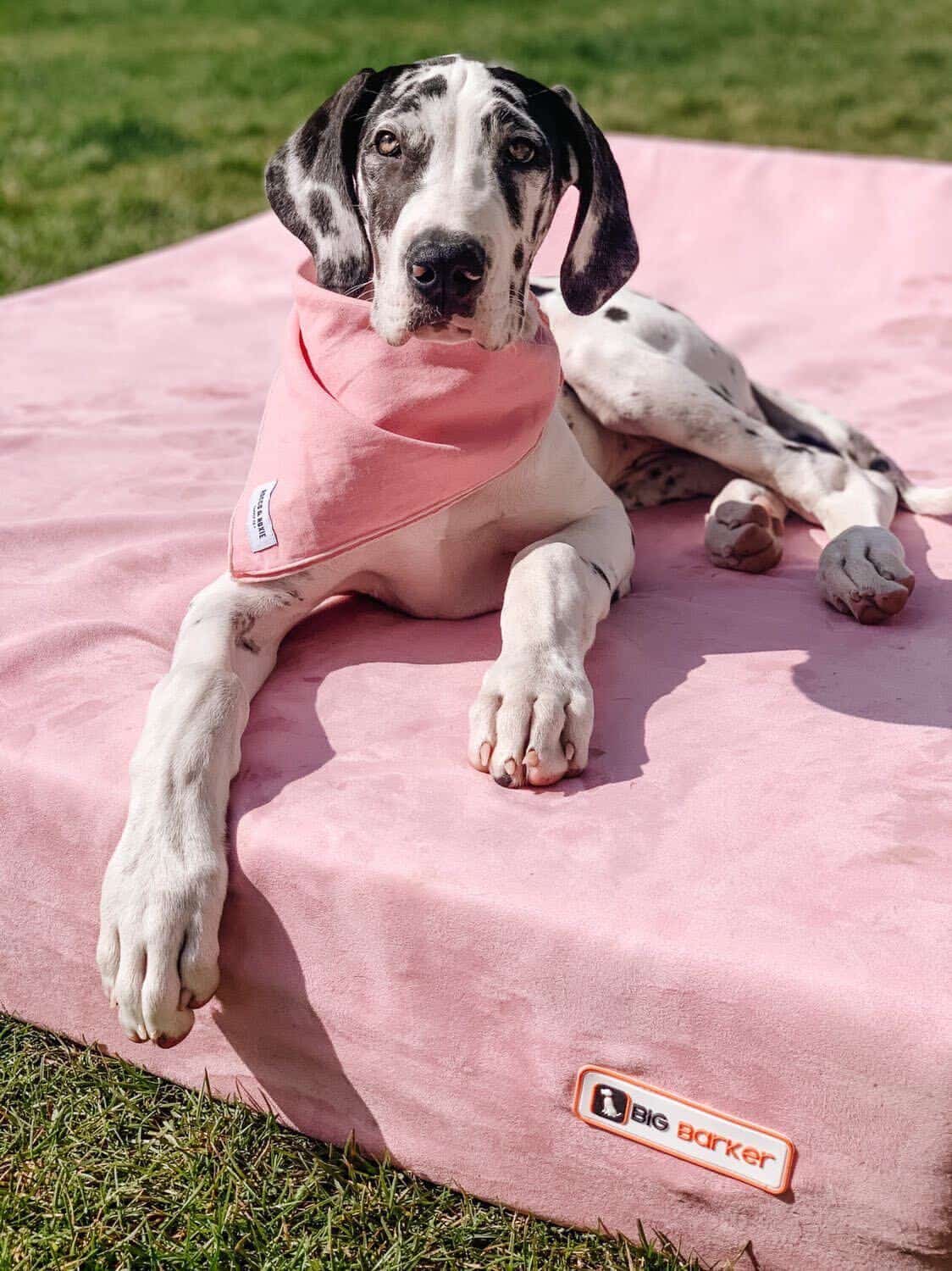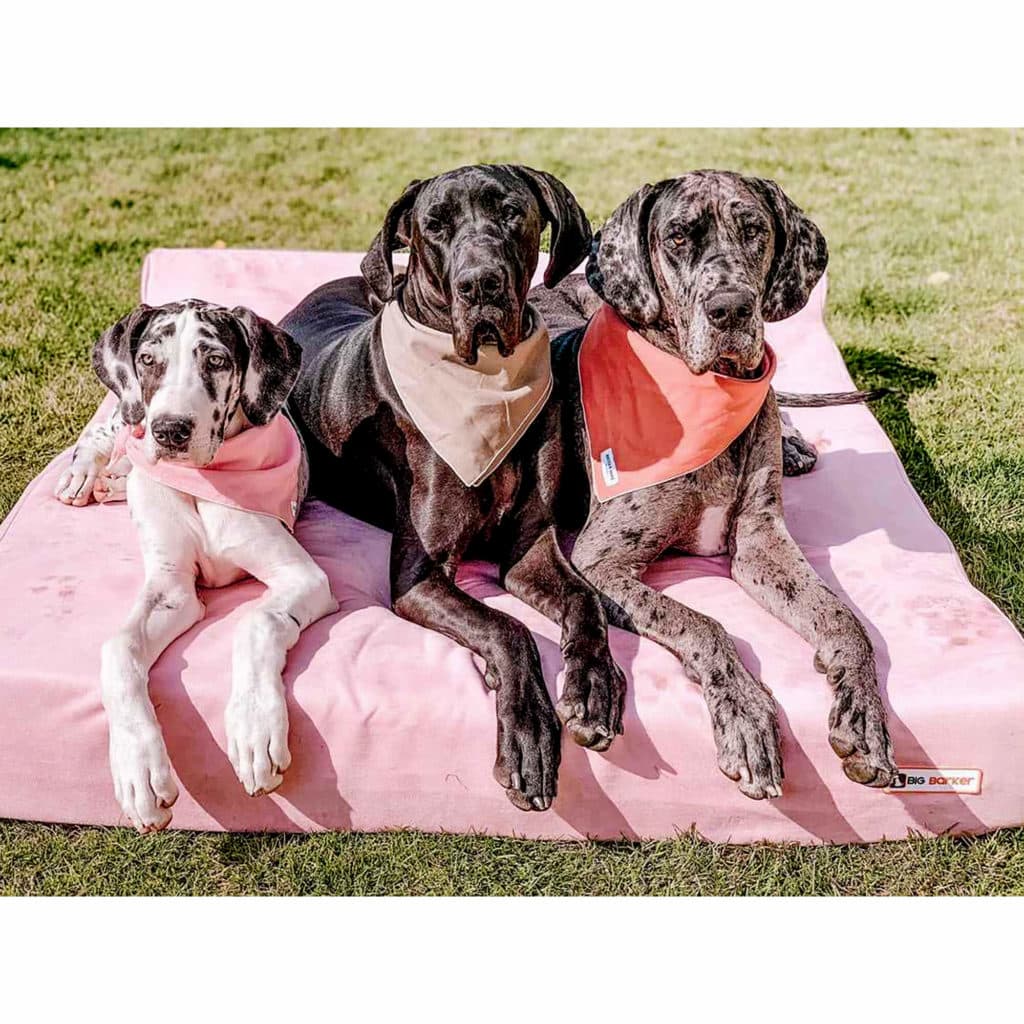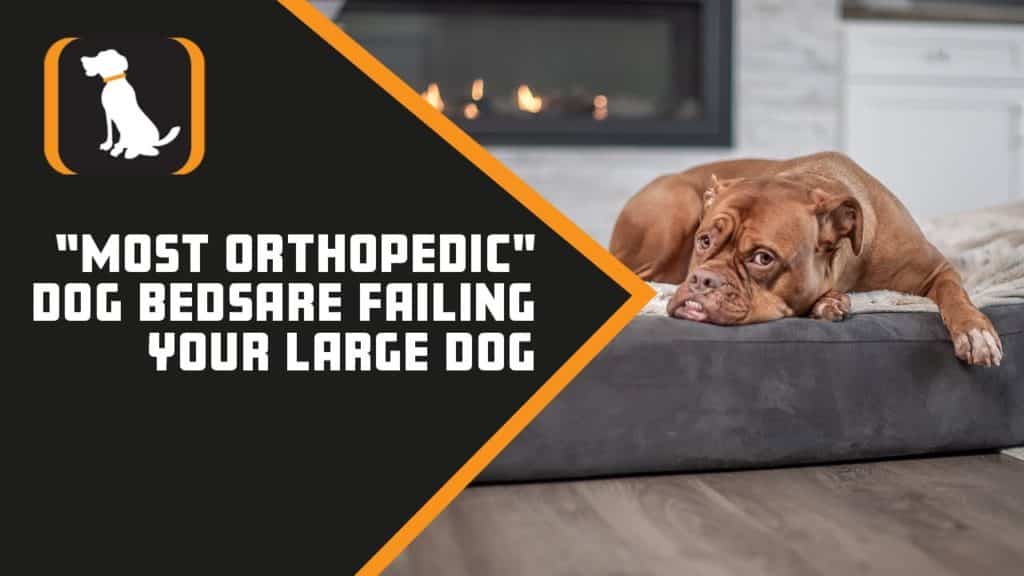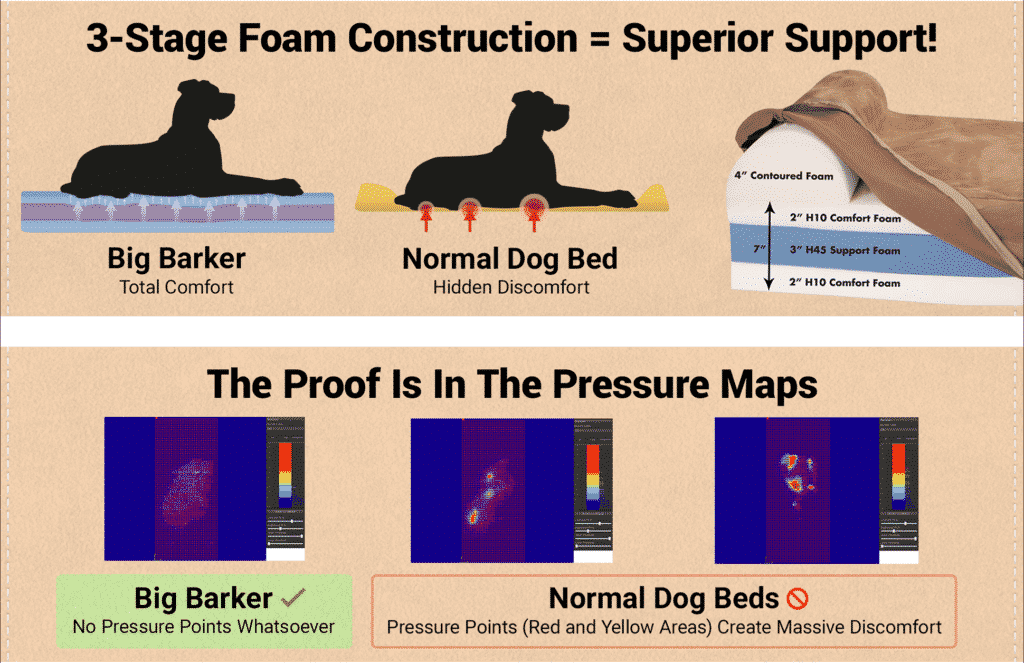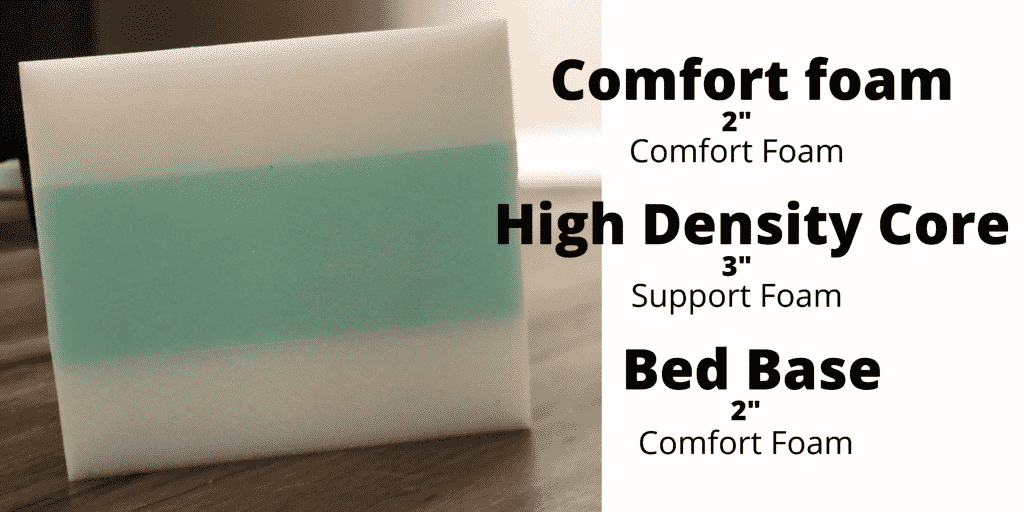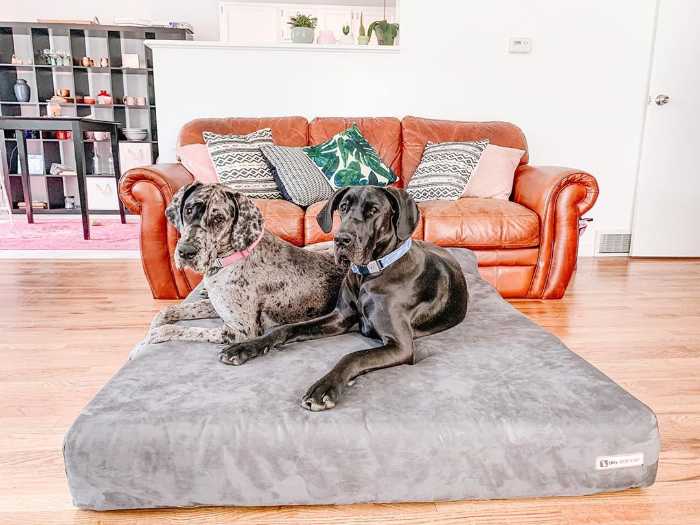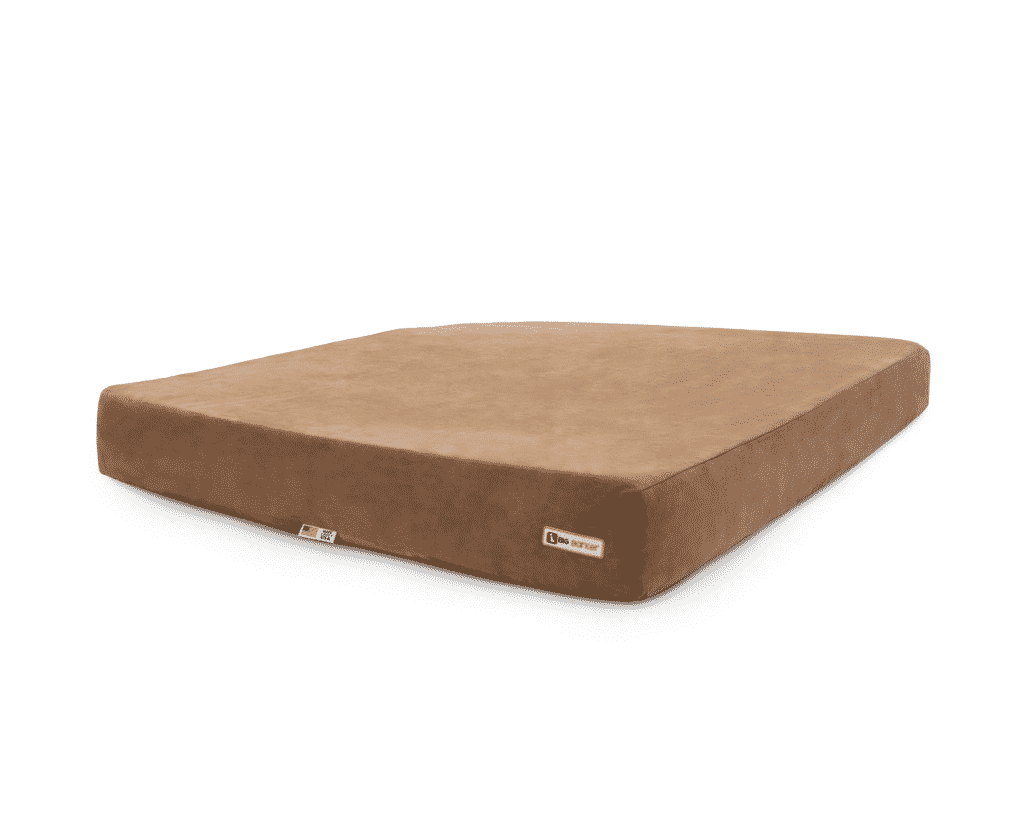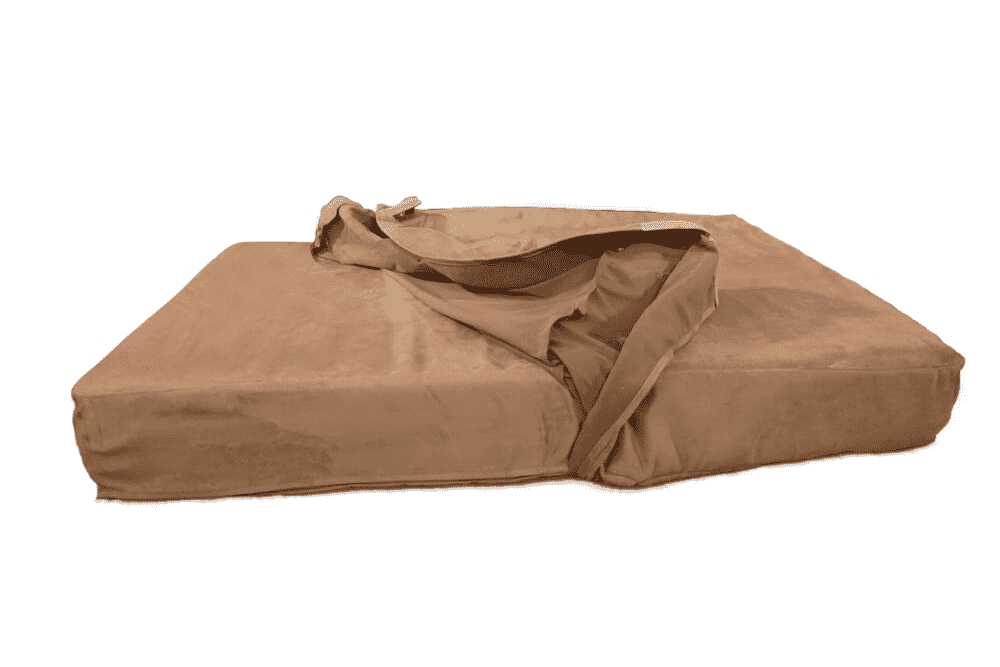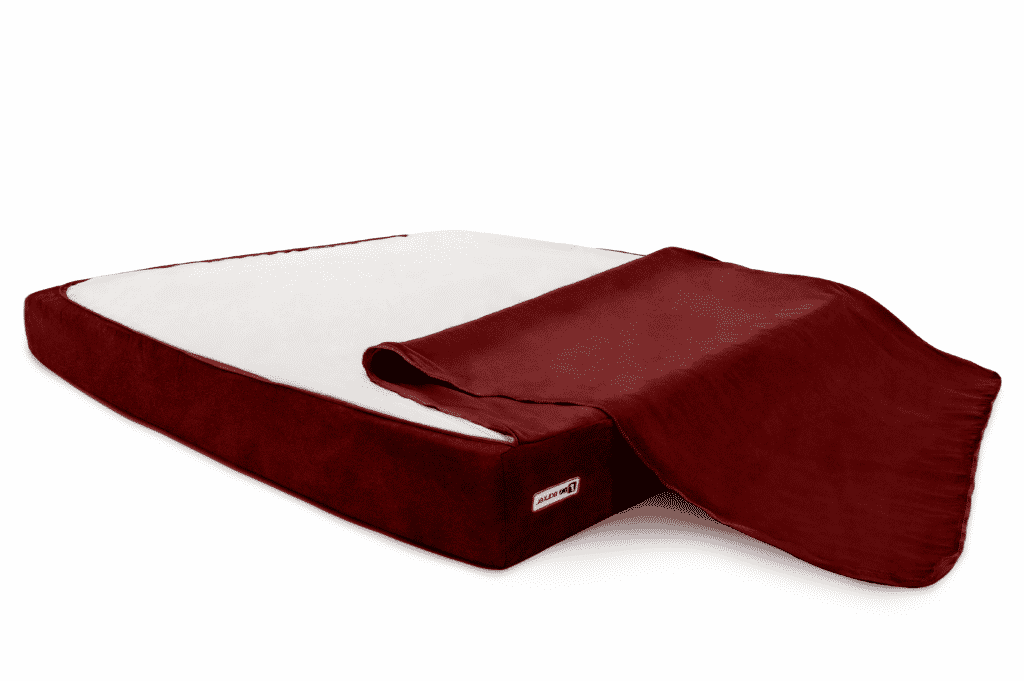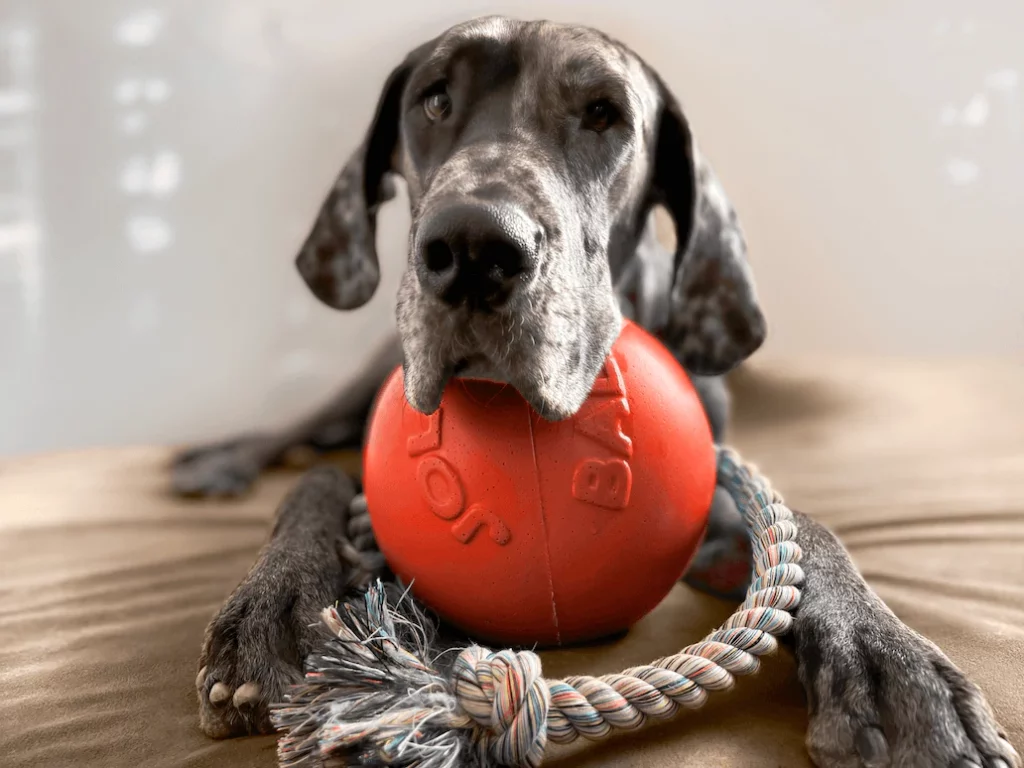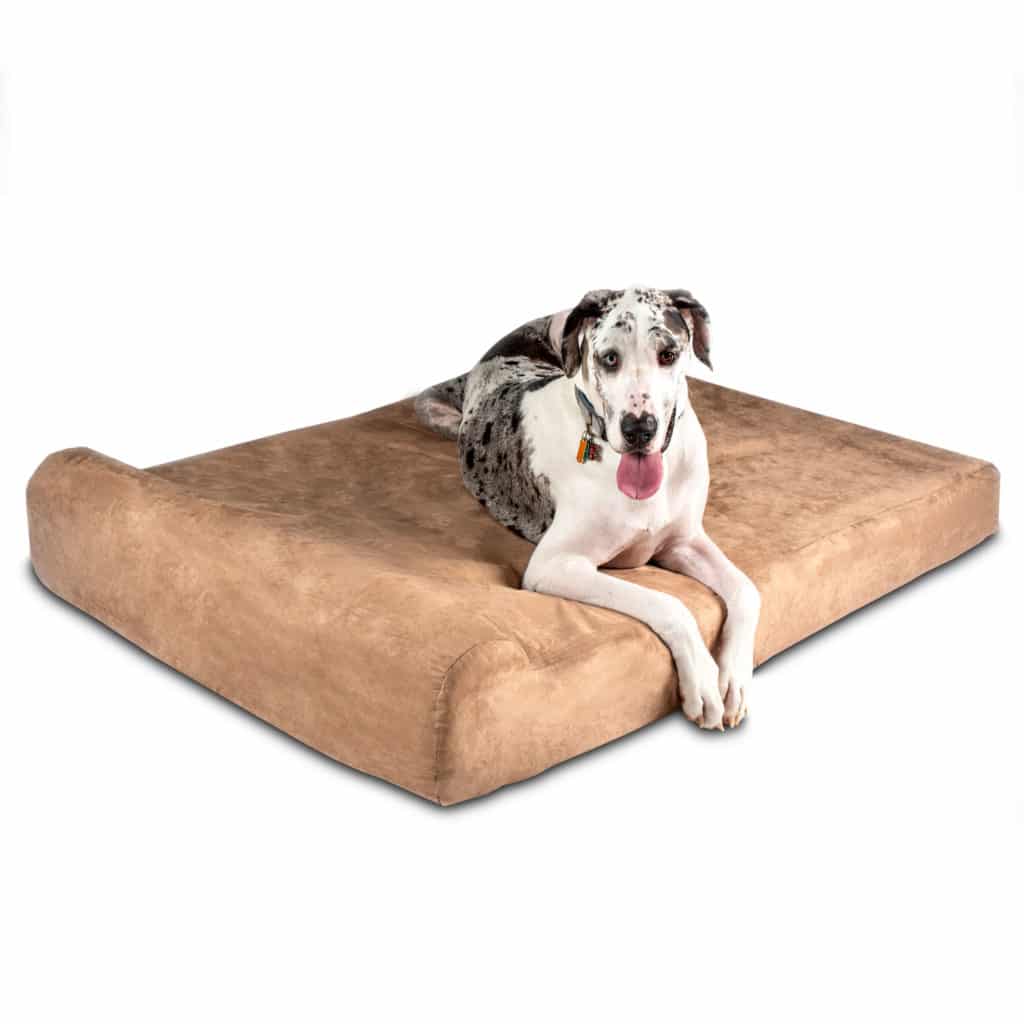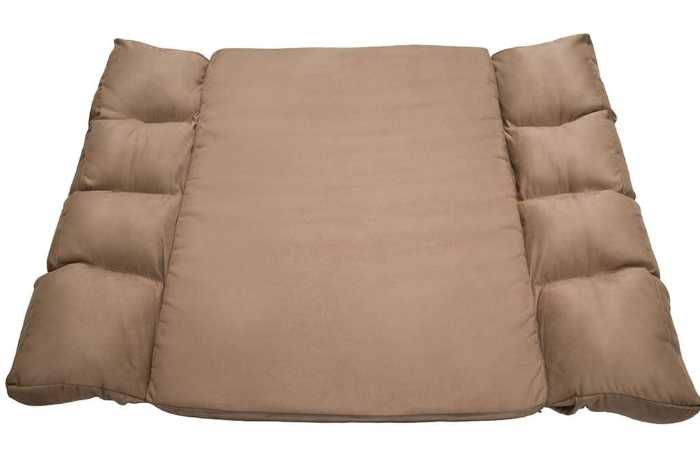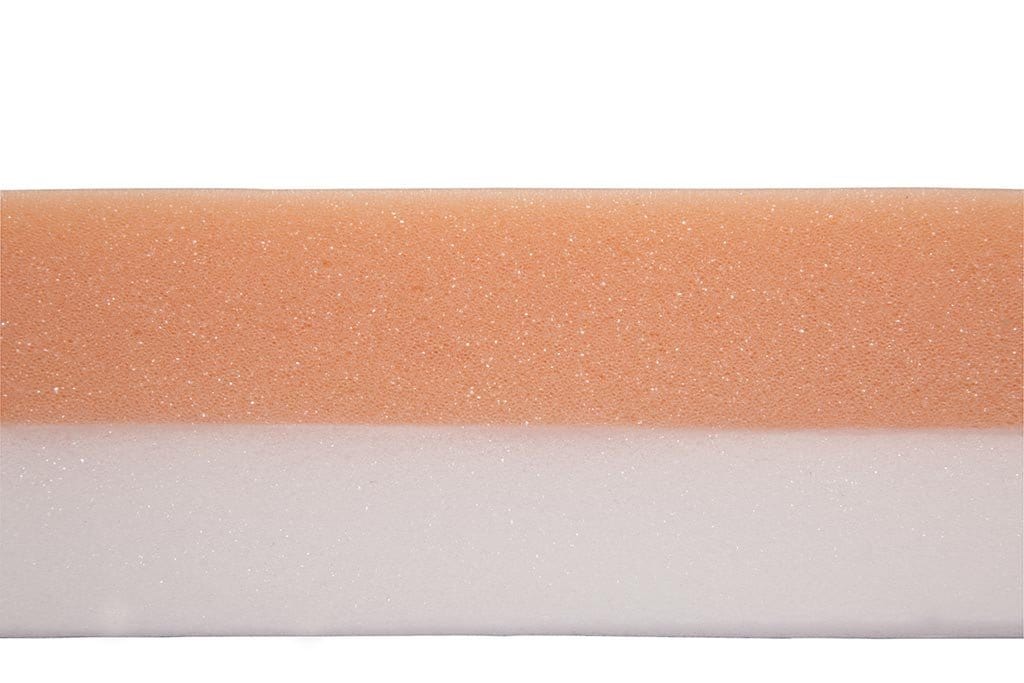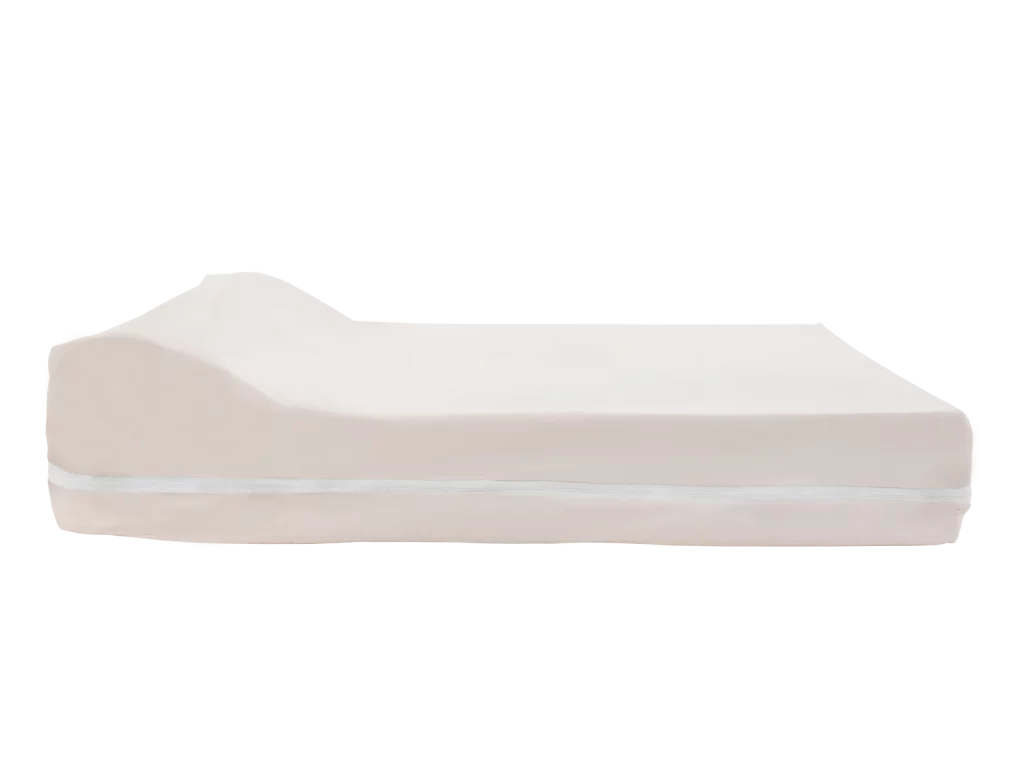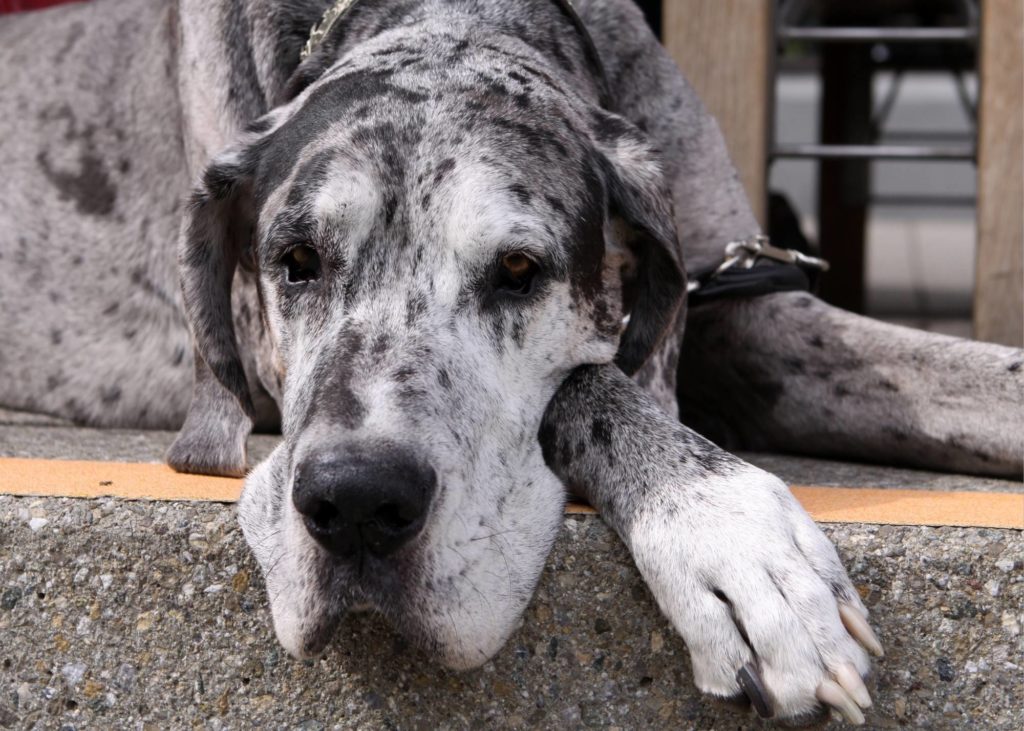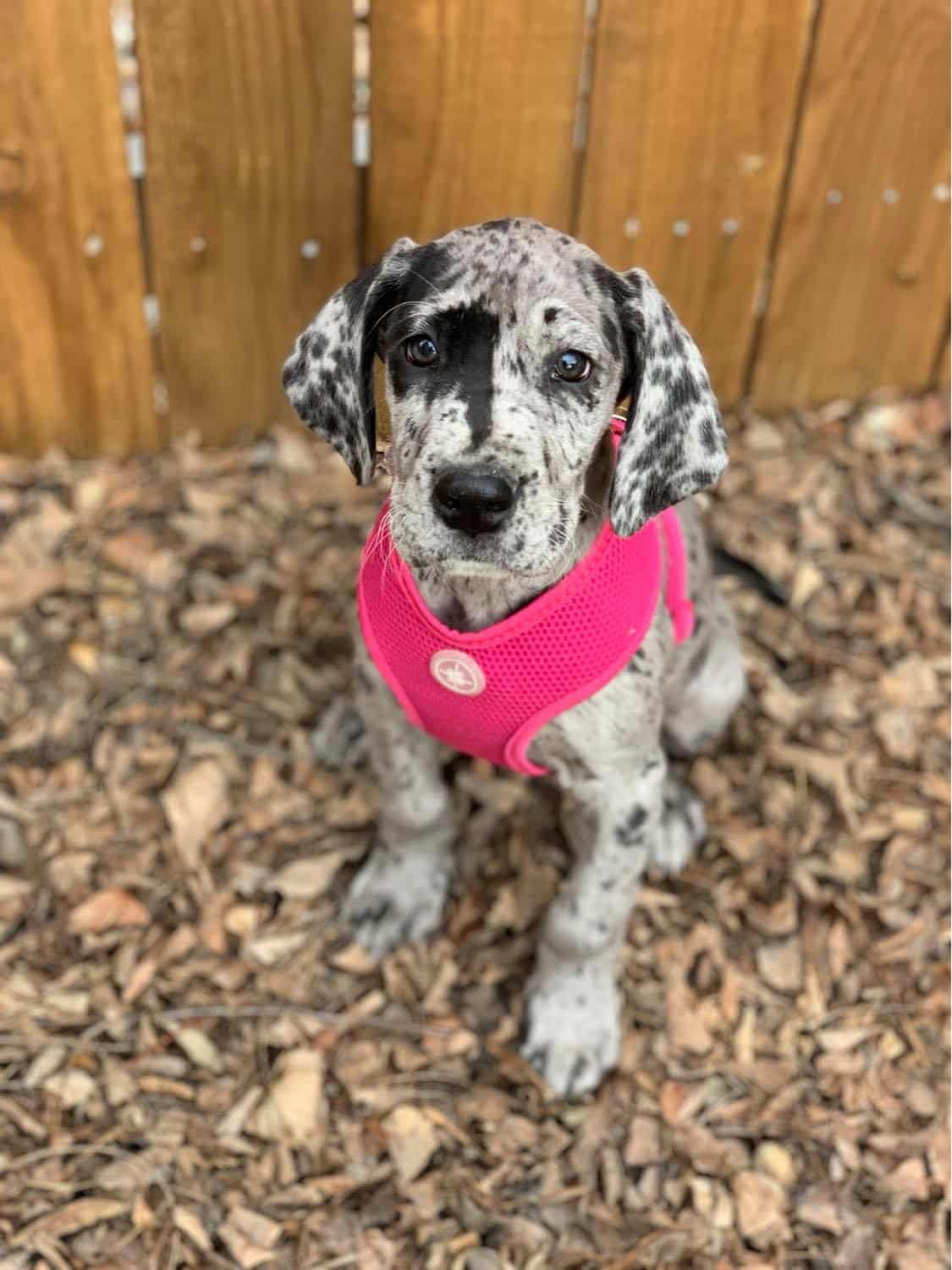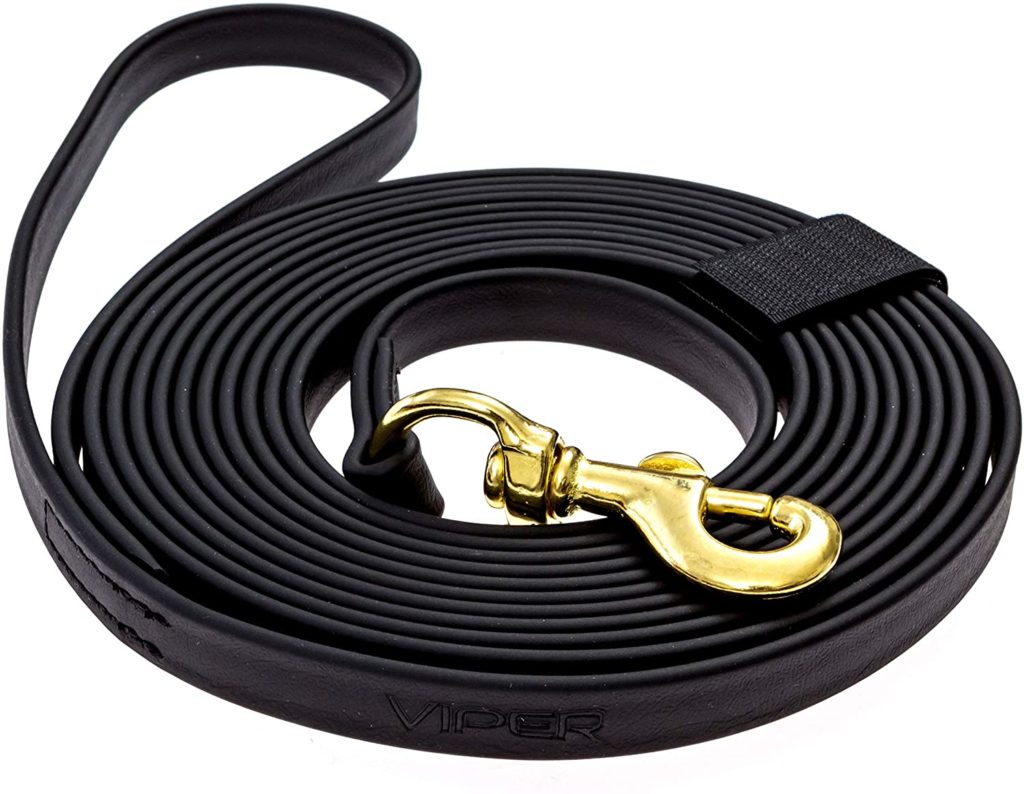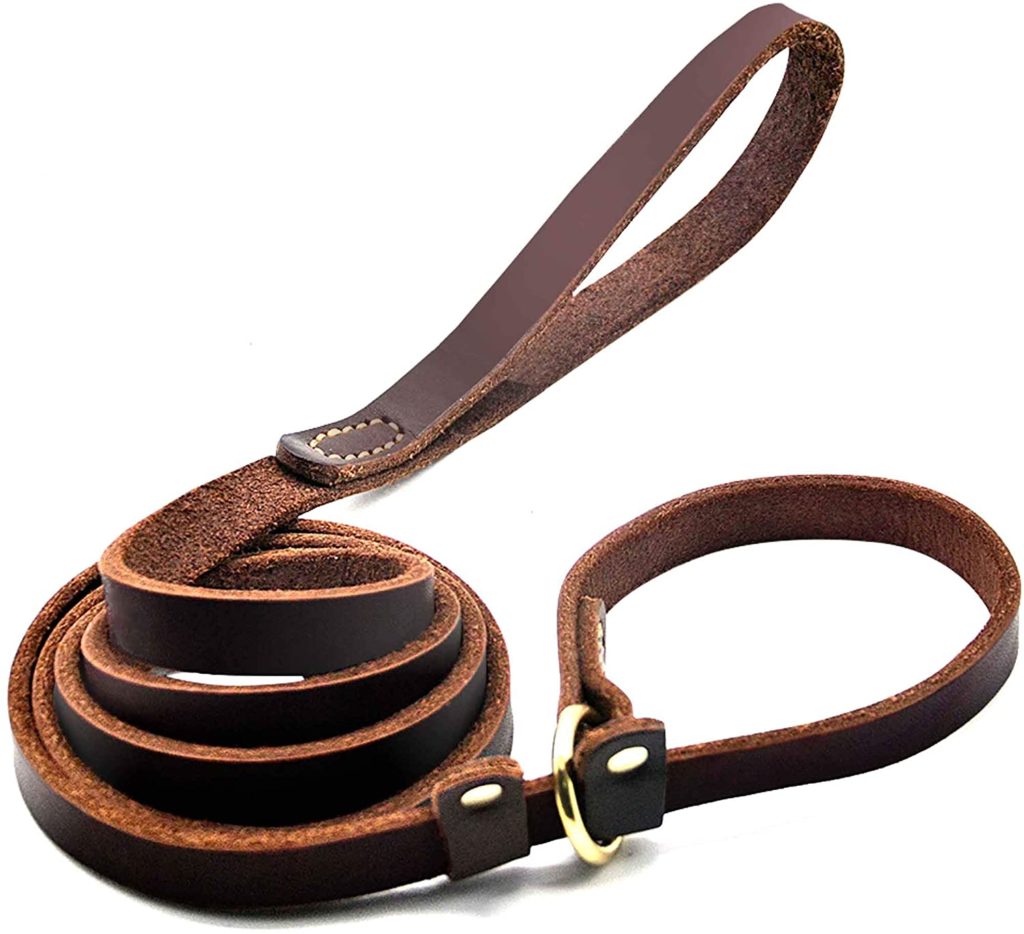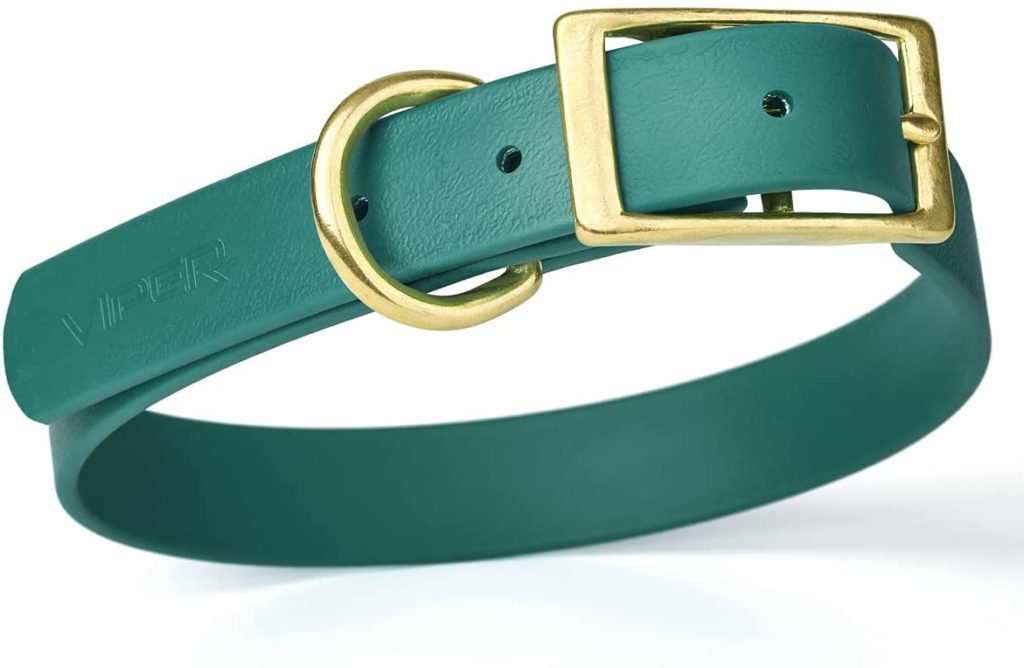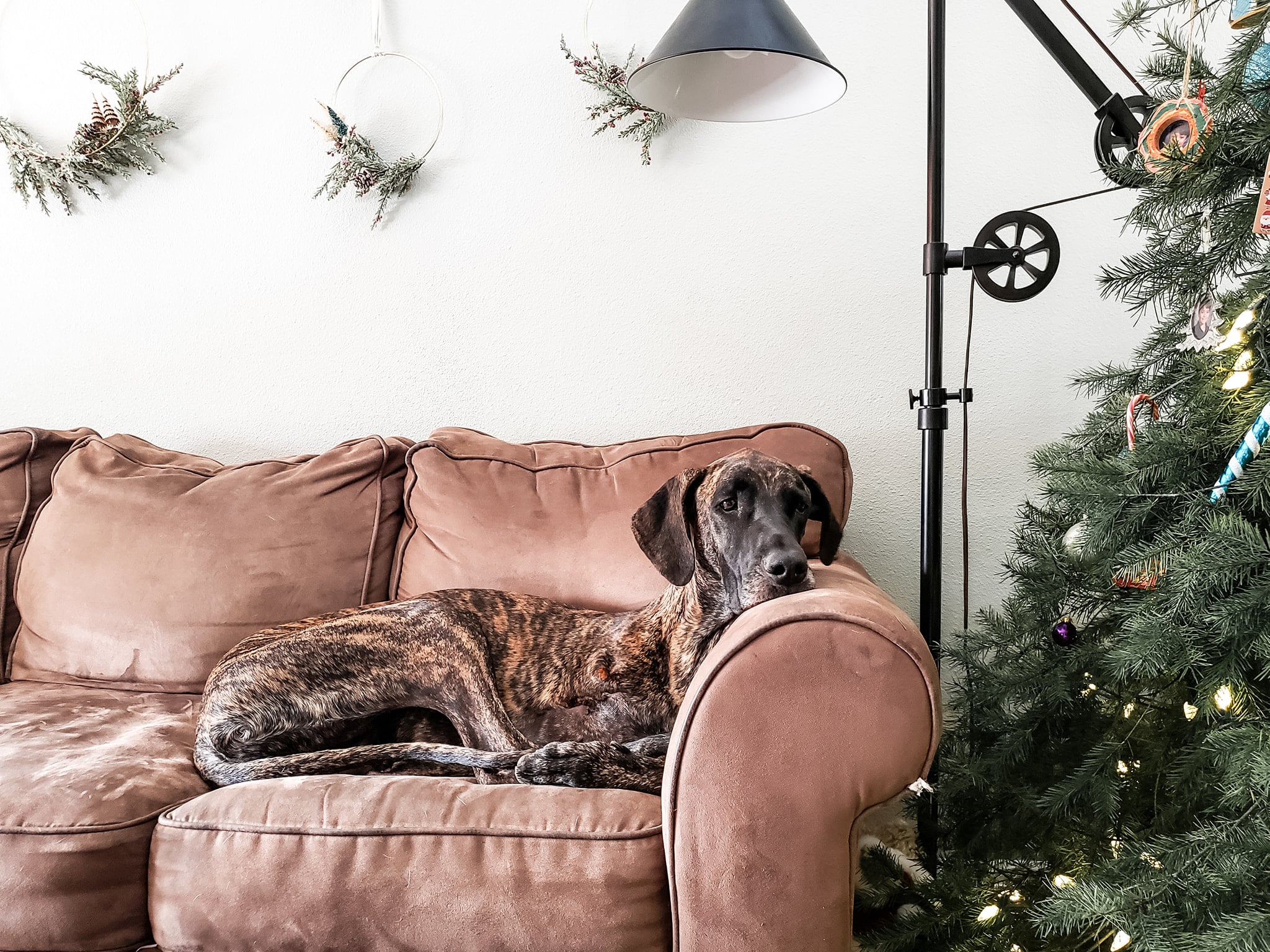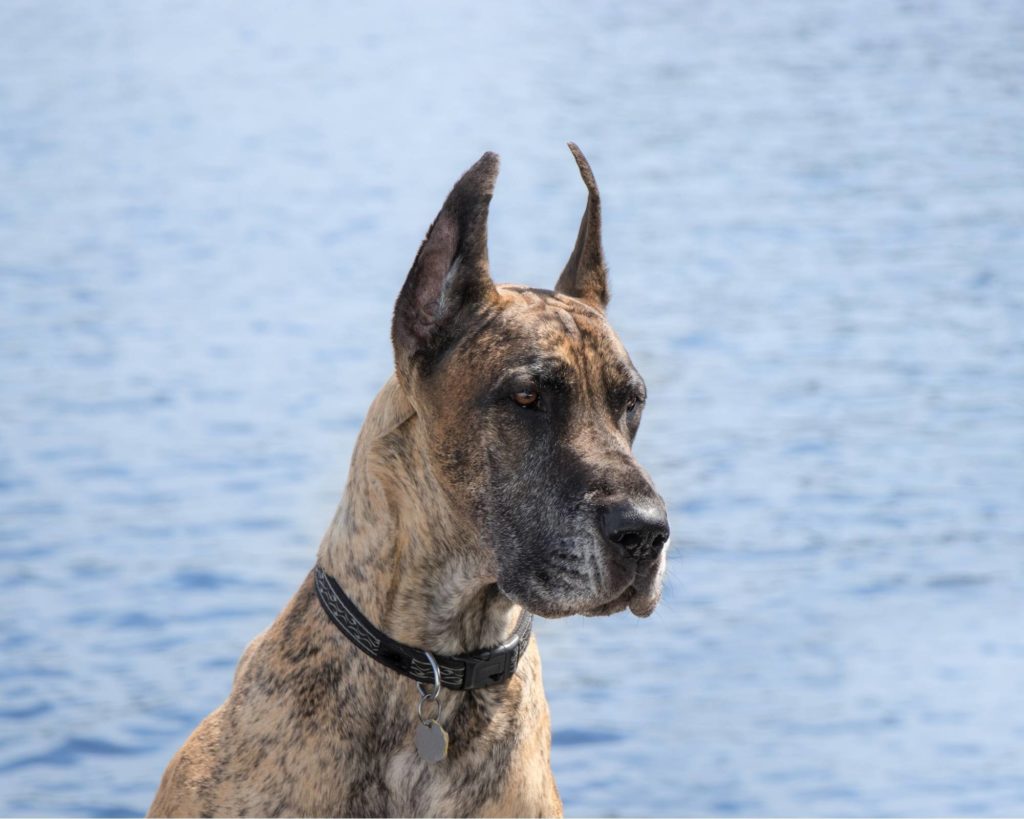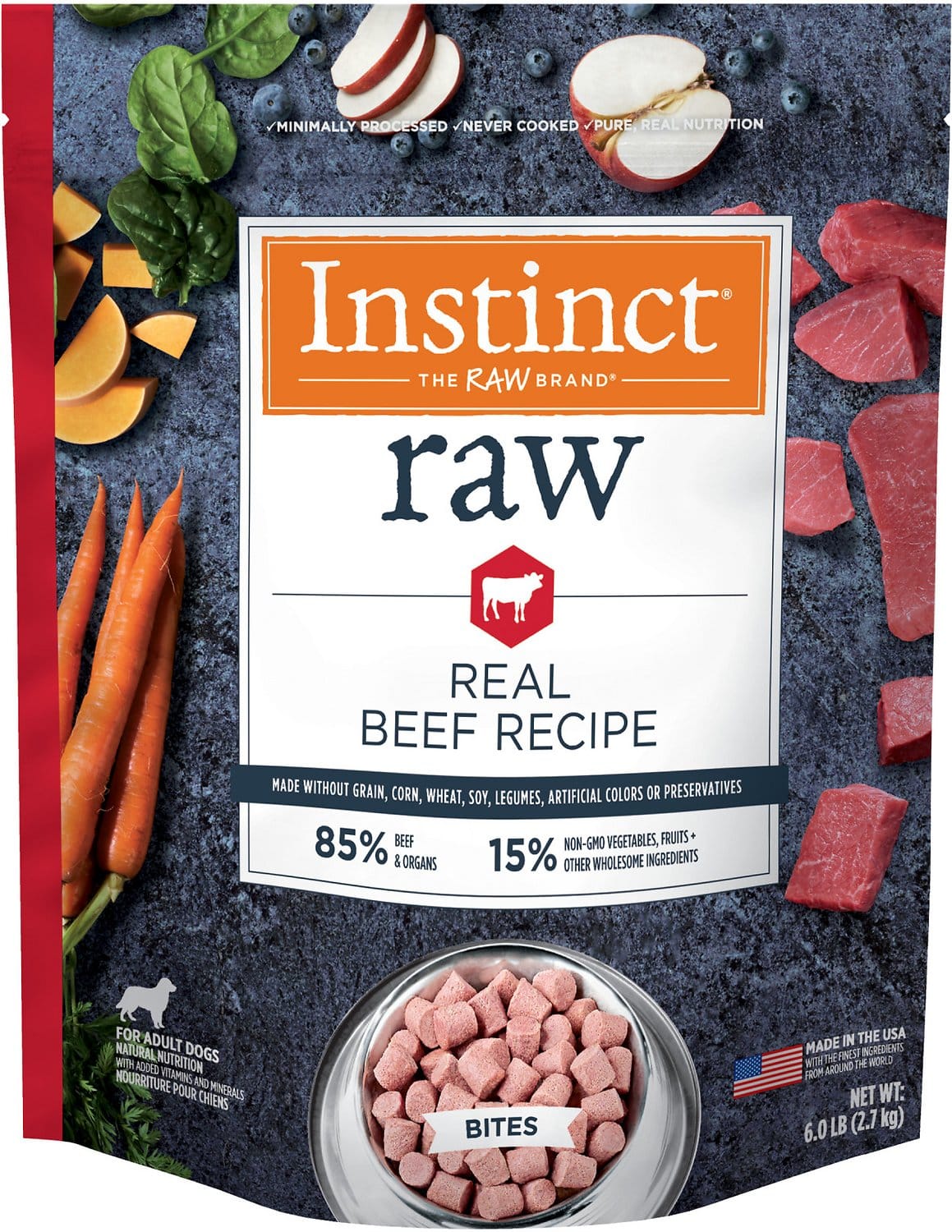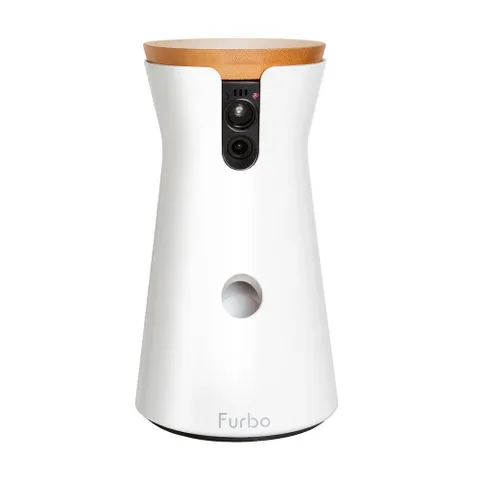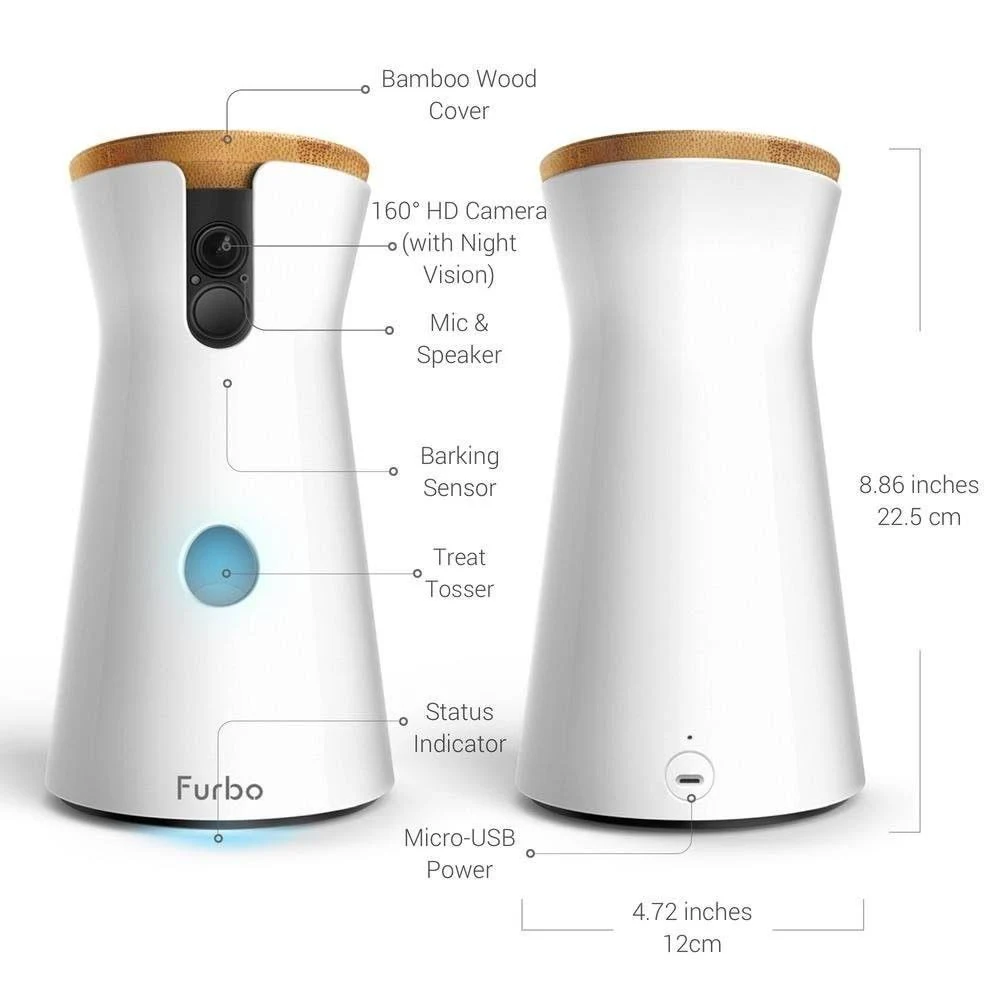How long can a dog stay home alone? Even though dog owners may never want to leave their furry friends, at times, it is absolutely necessary to leave a dog at home for a few hours.
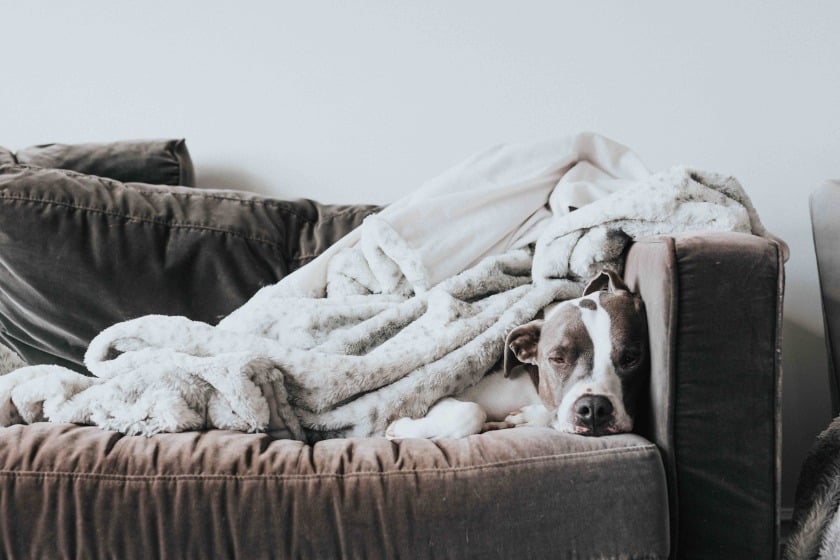
So, as a pet parent, it’s important to know just how long you can leave your dog home alone.
After all, there will be times when you need to run errands or go to work and can’t take them with you. But don’t worry, there are ways to make sure your pup is happy and safe while you’re away.
HOW LONG CAN A DOG STAY HOME ALONE?

Dogs can have alone time for different periods of time, depending on several factors:
- How old is your furry friend?
- Does your dog have separation anxiety?
- What breed is your dog?
- What is dog’s size?
- How well does your dog handle being left alone?
These are all important questions to ask when determining just how long you can leave your furry friend home alone.
11 Ways to Help a Dog with Anxiety in the Car
Dogs Scared of Vet? Here’s How to Help Them Overcome Their Fear
Signs of Stress in Dogs: How to Help An Anxious Dog
ALL DOGS ARE DIFFERENT AND AS A DOG OWNER YOU SHOULD TAKE THAT INTO CONSIDERATION
For example, a senior dog with separation anxiety may only be able to stay home alone for a couple of hours while a young puppy with no prior history of being left alone may be able to stay home for a longer period of time.
It’s important to note that all dogs are different and some may not do well being left home alone at all while others may thrive in it.
The best way to find out is by slowly leaving your dog home alone for short periods of time and gradually increasing the amount of time they’re alone as they get more comfortable with it.
DO DOGS HATE BEING HOME ALONE?
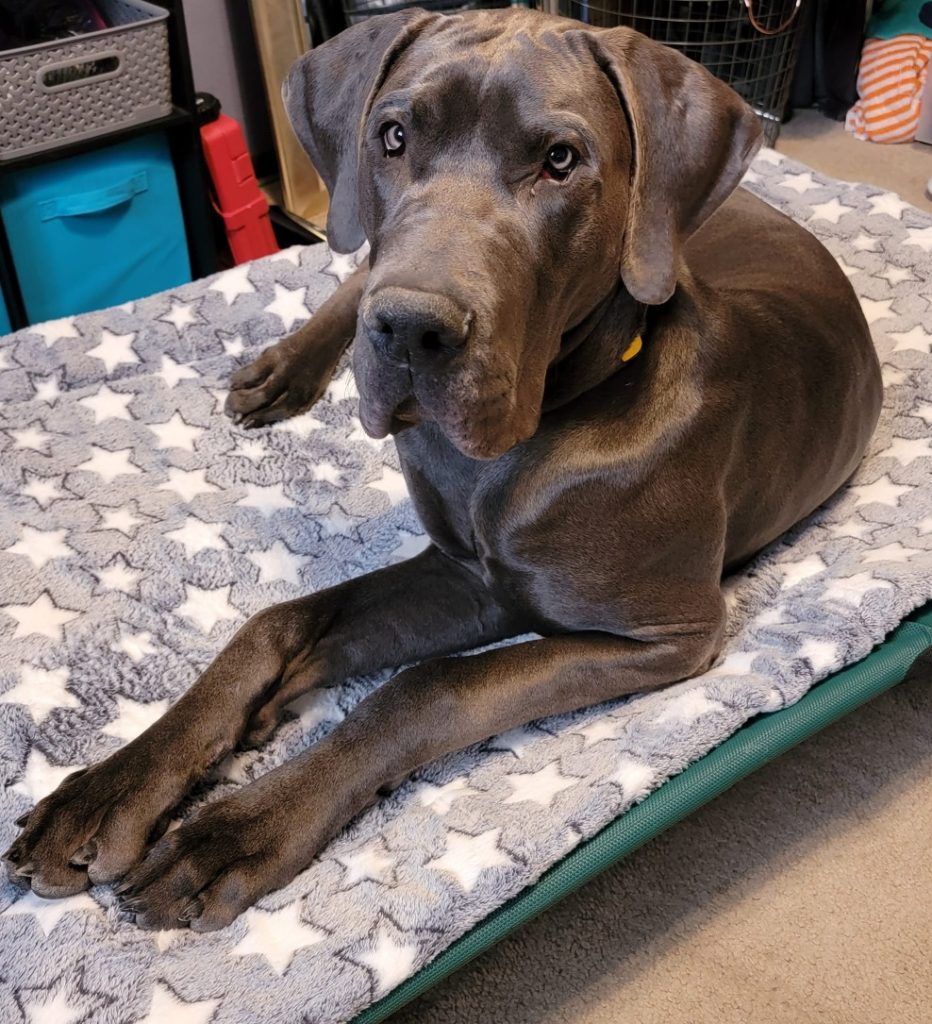
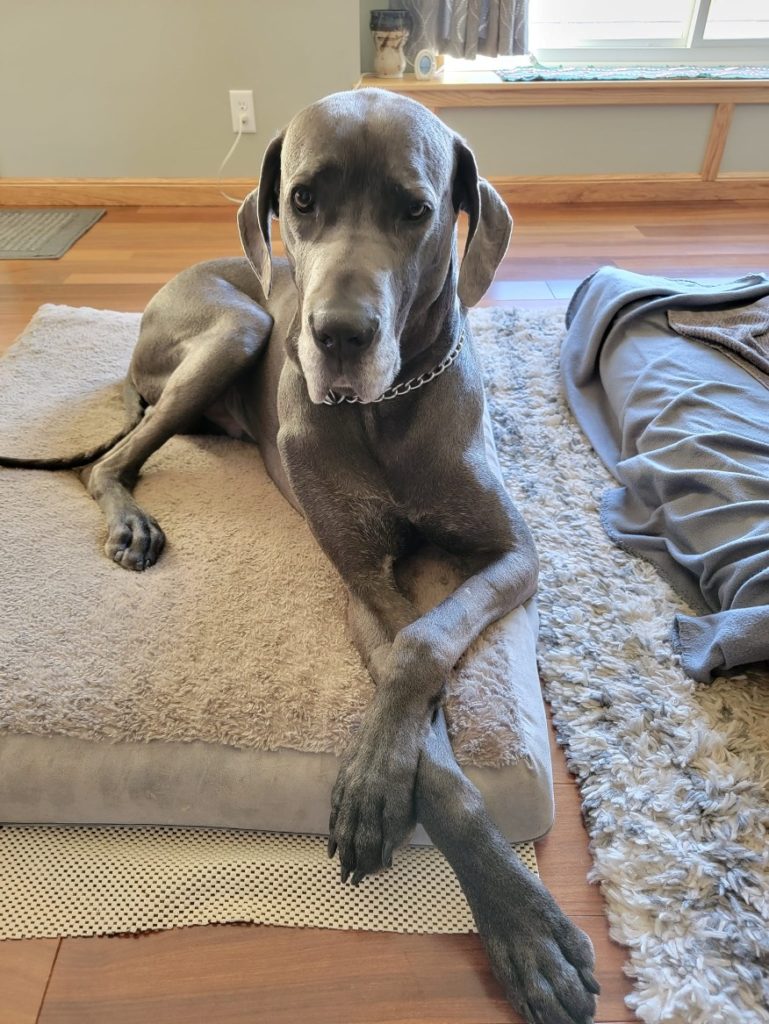
Dogs are social animals who value quality time and human interaction.
However, that does NOT mean that dogs or other animals ‘hate’ being left home alone.
Most dogs value alone time and ‘quiet time’, just like humans do.
In fact, some dogs may actually prefer being left home alone as they can have the entire house to themselves without having to share their space with anyone as it serves as a nice break for them.
HOW TO MAKE SURE YOUR DOG IS HAPPY WHILE YOU’RE GONE
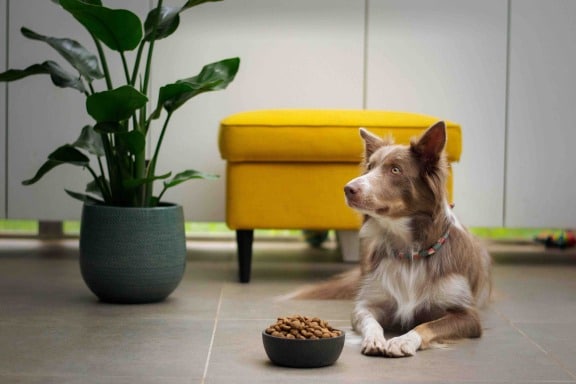
There are a few things you can do to make sure your dog is happy while you are away.
- Dogs LOVE to eat Kongs or frozen bones while their dog owners are away
- Leave your dog alone after a good long session of exercise
- Give your dog a puzzle or toy to play with while you are gone
- Provide CBD for your furry friend to keep them calm while they are left alone
- Bathroom breaks are an absolute must for any dog before you leave them alone for short OR long periods
KONGS
Kongs are a fantastic way to keep your dog happy during their alone time.
Kongs are a safe and durable toy that can be filled with your dog’s favorite treats.
This will give your furry friend something to do while you’re away and will prevent them from getting bored or anxious.
You can even put Kongs in the freezer overnight so your dog has a frozen treat to enjoy during their alone time. Shop below:
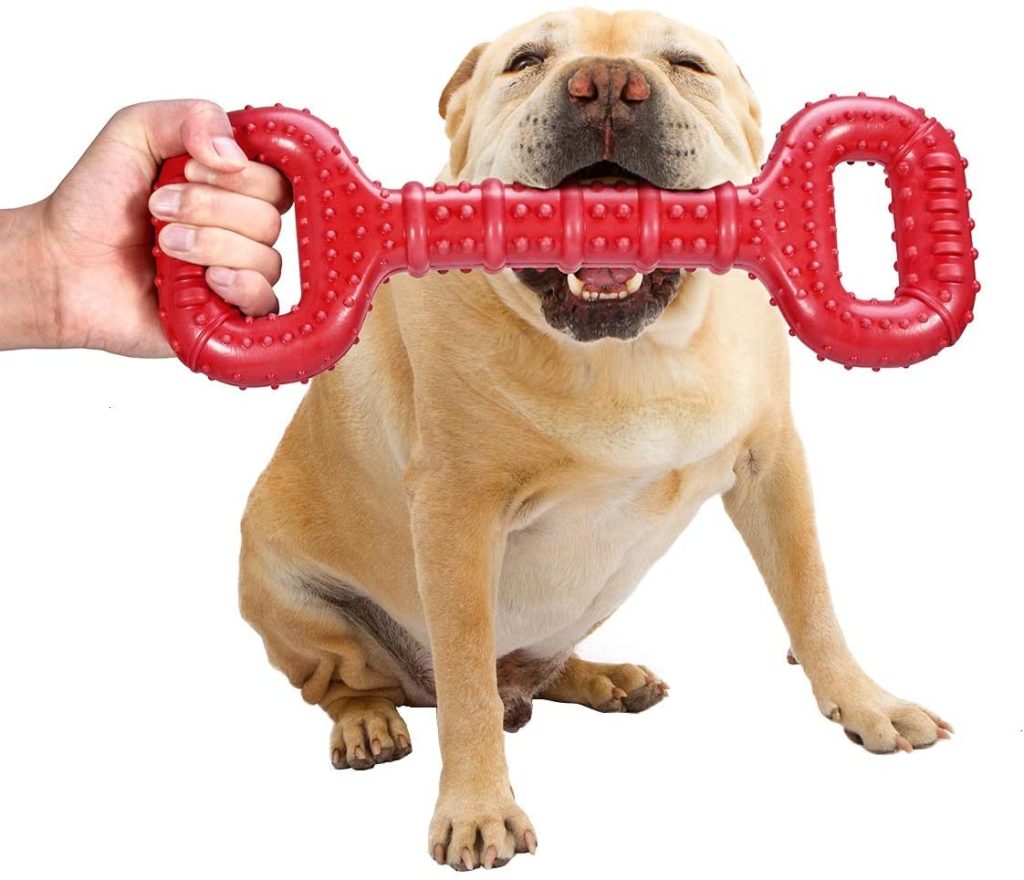
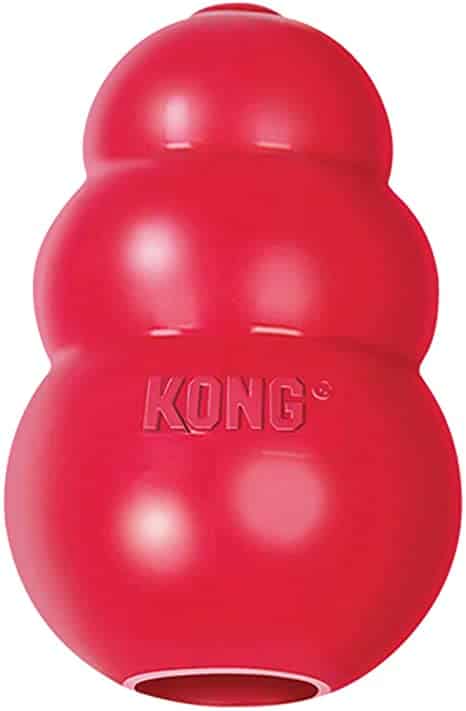
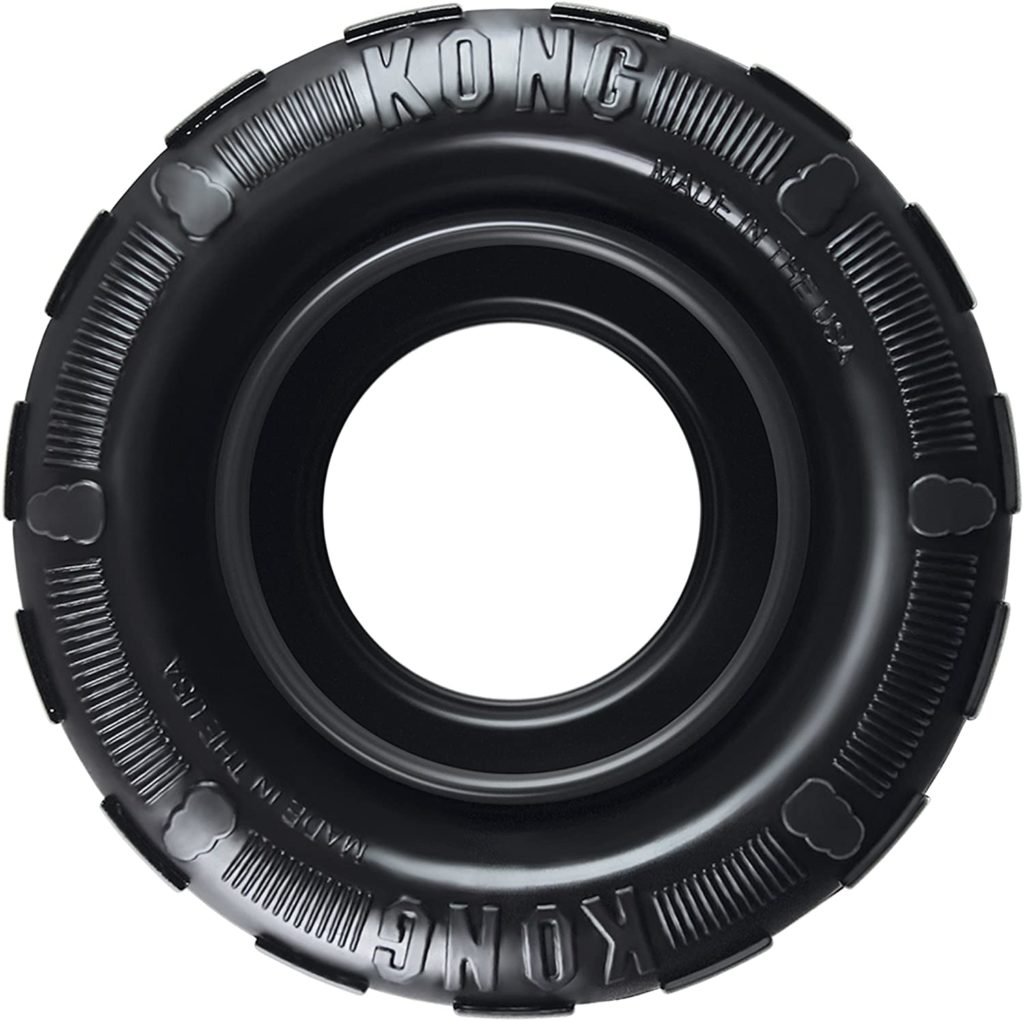
EXERCISE
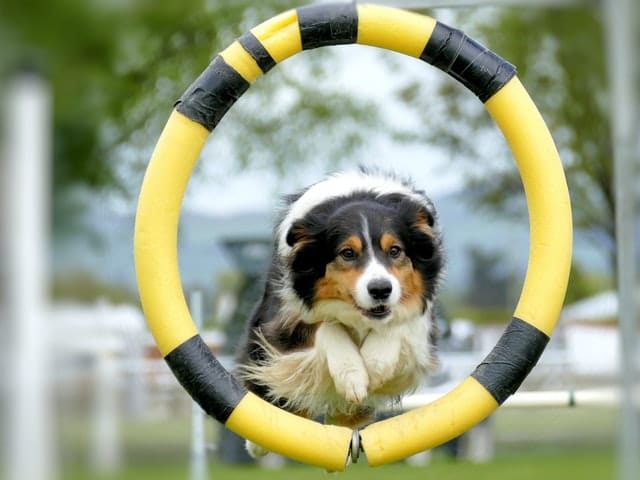
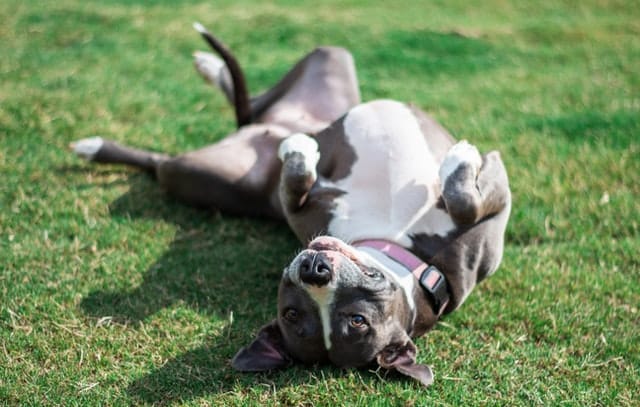
All puppies and adult dogs NEED to have physical exercise, especially before they are left alone.
Otherwise, they will be bored while they are left alone and may start to act out.
Behavior Issues with Dogs
What Does a Bored Dog Look Like?
A good long walk or run before you leave will tire your dog out and make sure they are calm when you’re gone. Foundational skills in training both off leash and on leash are crucial for being able to get your dog the proper exercise that it needs!
Why is Leash Training so Hard?
5 Leash Training Tips
Puppy Training: 5 Mistakes in Training
What is Balanced Training?
Respect Training Tips: How to Train Your Puppy Great Dane
Is My Great Dane Being Aggressive?
Canine Good Citizen Training for Great Danes
Deplorable Dog Training: Sit Happens
What is Great Dane Dominance Training?
How to Stop a Great Dane from Jumping Up
How to Teach a Great Dane to Walk on Leash
Teaching Recall with an E Collar
From Running Away to Off Leash Freedom
TOYS AND PUZZLES
Toys and puzzles are another great way to keep your furry friend happy while you’re away.
Engagement Ideas: Did you know that playing in the dirt is actually healthy?
Puzzle toys such as the Pet Zone IQ ball can help your pup stay entertained for quite awhile while they are left alone. And it is always a great idea to keep your pet busy while you are out of the house.

Many dog toys on the market are designed to help with a dog’s separation anxiety.
CBD
CBD is an all-natural way to help your pet relax while you’re away.
CBD for Dog’s Pain
7 Uses of CBD
It has been shown to be effective in reducing anxiety in both humans and animals.
You can give your dog CBD by adding a few drops of CBD oil to their food or treats.
BATHROOM BREAKS
Last but not least, make sure your furry friend has a bathroom break before you leave them alone. (12 Potty Training a Puppy
12 Potty Training Tips for a Great Dane Puppy
Potty Training in an Apartment
Best Training Treats for Great Dane Puppies
An empty bladder will help your dog feel more comfortable while you’re gone. Make sure to prioritize a long enough bathroom break that your dog can have some time to sniff, pee or poo. (Treats to Help Your Dog Love Potty Training)
Remember, all dogs are different and it’s important to take that into consideration when determining how long to leave your puppy or dog home alone.
If you have any questions or concerns, please consult with your veterinarian.
DO DOGS VALUE HUMAN COMPANIONSHIP?
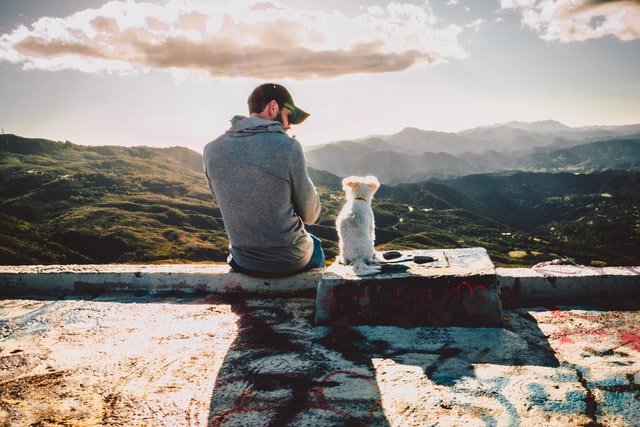
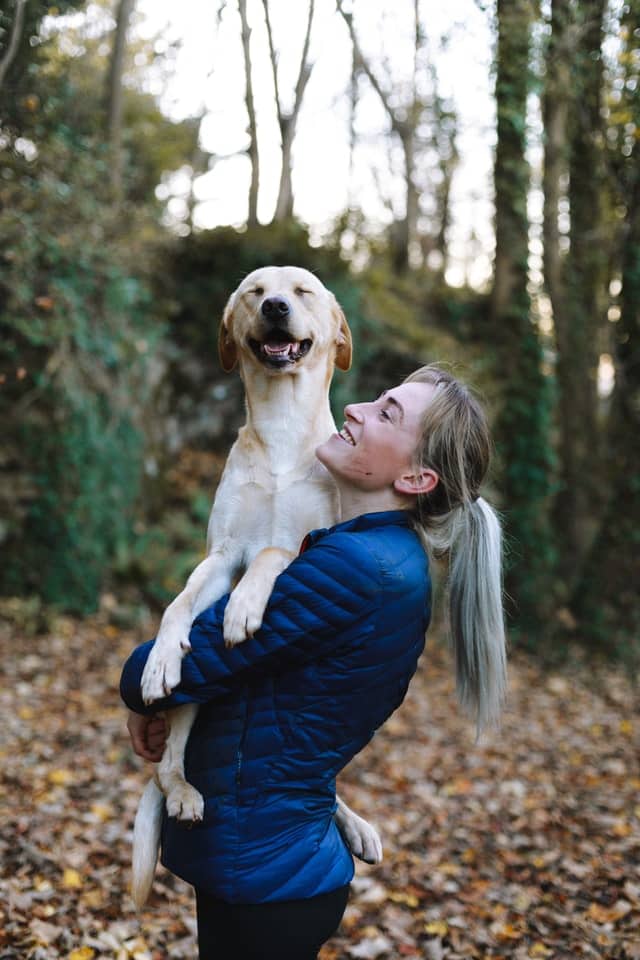
Dog people are fully aware that their dogs are their family members. (How to Choose a Canine Family Member)
Dogs share a special bond with their human companions that is unlike any other animal.
This bond is based on trust, love, and companionship.
Dogs have been known to grieve the loss of their human companion just as humans grieve the loss of their furry friend.
Which Puppy is Best for my Family?
What is the ‘Pick of the Litter’?
Why Should Puppies Stay with their Litter Until 8 Weeks?
It is this deep connection that dog people value so much.
Human companionship is important to dogs, but so is alone time. Just like humans, dogs need some time to themselves every now and then. And that’s perfectly normal.
So, how long can a dog stay home alone? It really depends on the individual dog.
Even though both puppies, adult dogs, and senior dogs all value the quality time and human companionship that they have with their human family members, it does not mean that they resent being left alone or get ‘mad’ at you when you leave the house for a few hours.
DOES MY DOG FEEL SAD WHEN I LEAVE THEM HOME ALONE?
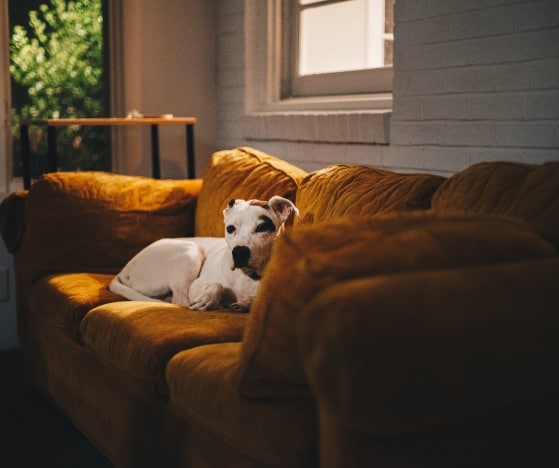
Some dogs experience severe separation anxiety.
Separation anxiety happens when a dog becomes agitated and stressed when their human companion leaves them alone.
Is your dog afraid of nail clippings? Here are the best nails tools for you.
This can manifest itself in a number of ways, including barking, howling, chewing on furniture or clothing, pacing back and forth, or going to the bathroom inside the house.
SHOULD I USE A BARK COLLAR ON MY GREAT DANE?
How to Help a Dog Who Barks out of Boredom
If your dog is experiencing any of these symptoms, it is important to consult with your veterinarian or a trainer to get your dog confident enough that you can leave your dog without them experiencing angst or anxiety.
GET YOUR YOUNG PUPPIES USED TO BEING LEFT ALONE

A dog’s age truly matters in preparing them to be left alone. This does not mean that an adult dog or a senior dog cannot be trained or taught independence, but starting to leave a dog home alone when they are a puppy is best.
Puppies have shorter attention spans and are more likely to forget that you are gone after a few minutes. They are also less likely to be anxious about your leaving if it is something that they are used to from a young age.
Puppy Socialization
Puppy Culture: A Way to Socialize from the Start
Puppy Socialization Guide
Puppy Training: 5 Mistakes in Training
Canine Good Citizen Training for Great Danes
Your Puppy is Bored
How to Choose the Best Dog Trainer
Schedule for Bringing Home a Great Dane Puppy
Start by leaving your puppy alone for short periods of time, like when you take a quick shower or head outside to water the plants.
Never leave a puppy alone without a potty break for longer than their bladder can handle it. (12 Potty Training Tips for a Great Dane Puppy)
A good rule of thumb for puppies younger than 8 weeks old is that they can hold it for one hour per month of age.
For example, a two-month-old puppy can stay home alone for no more than two hours. When your puppy is four months old, it should be able to be left alone for no more than four hours.
As your puppy gets older, you can gradually increase the amount of time they are left alone until they are able to handle being by themselves for longer periods of time.
IS IT BAD TO LEAVE A DOG ALONE?
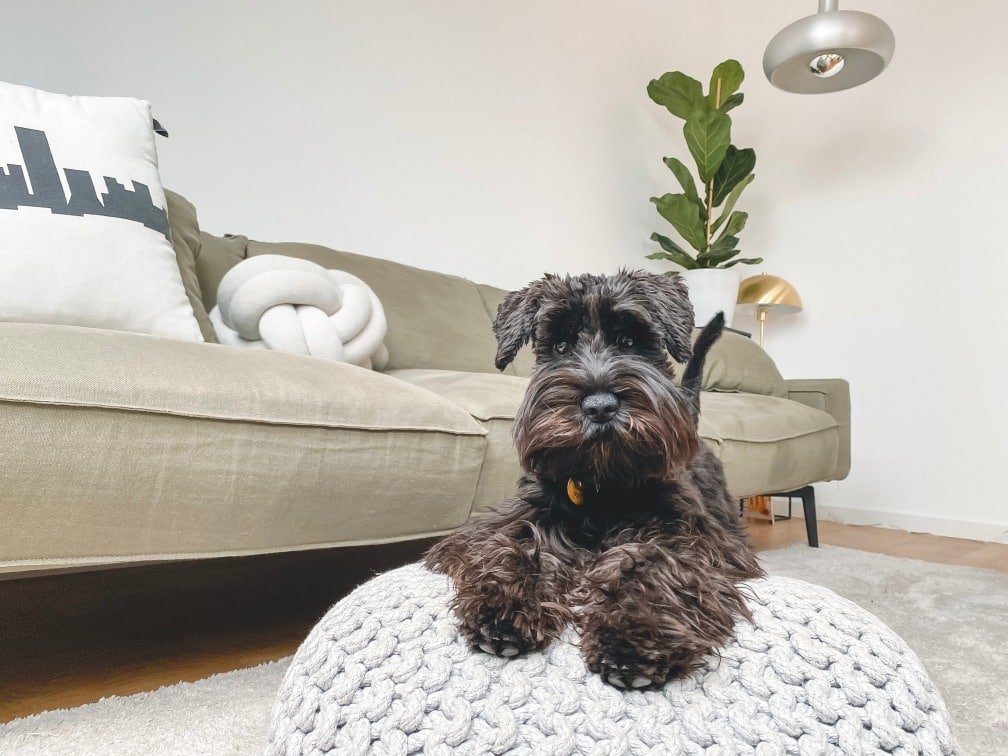
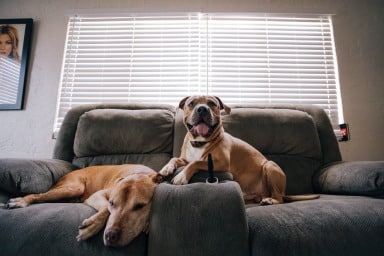
Leaving your dog home is not bad, as long as you have set up your dog for success!
Crate training, providing social engagement and mental enrichment, physical exercise and quality diet are all ways to help leave a dog home with success.
Dogs are pack animals and social animals, but they also love quiet, down time if they are trained adequately to not have separation anxiety.
As a dog owner, you should not feel ‘guilty’ leaving your dog home.
Just make sure to give your dog both human company and time with other animals and dogs to fulfil their social needs, as well as time to be alone to fulfil their need for independence.
HOW MUCH TIME SHOULD I LEAVE AN ADULT DOG ALONE PER DAY?
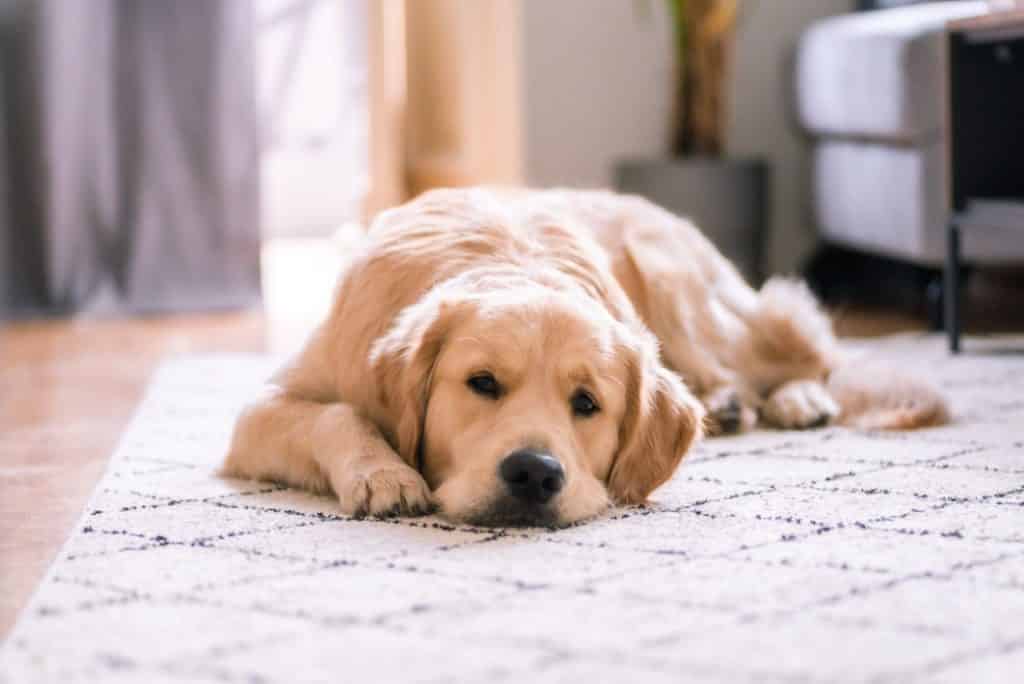
The amount of time that a dog or puppy can be left alone will change throughout a dog’s life.
PUPPIES
As a puppy, most owners will work to be around their puppy for as long as possible.
A small pup is unable to go for very long without having a need of their owners attention, whether it be food or a potty break.
5 Leash Training Ideas for Puppies
Puppy Training: 5 Mistakes in Training
If an owner is required to work full time and brings home a puppy, it is necessary to look into professional dog walkers, neighbors, friends or family to help with the puppy.
A general rule for a puppy to be left in the house by itself is one hour per month of age, up to a maximum of eight hours.
This means that if you have an eight-week-old puppy, they can be left alone for no longer than two hours at a time.
Raising a Puppy
9 Reasons to E Collar Train Your Great Dane Puppy
Puppy Fear Stages
How to Crate Train a Puppy
New Puppy Checklist
Which Puppy is Best for my Family?
Schedule for Bringing Home a Great Dane Puppy
As the puppy grows and becomes more independent, this time can gradually be increased until they are able to stay home by themselves for more than two hours.
ADULT DOGS AND SENIOR DOGS
If you have an adult dog or senior dog that does not have any health conditions, they should be able to be left at home for much longer than a puppy.
What is OFA Health Testing?
Is Embark a ‘Good Enough’ Health Test?
How Can Breeders Ensure Healthy Puppies?
Health Risks in Great Danes
With a healthy adult dog, they should be independent to remain at home for at least six hours without needing a potty break or to be fed.
This number will change based on individual dogs, as some may need to relieve themselves more frequently than others.
As always, consult with your veterinarian to see what is best for your individual dog. age, health and breeds all play a role in how long you can leave your dog home alone.
PUPPIES AND CRATE TRAINING
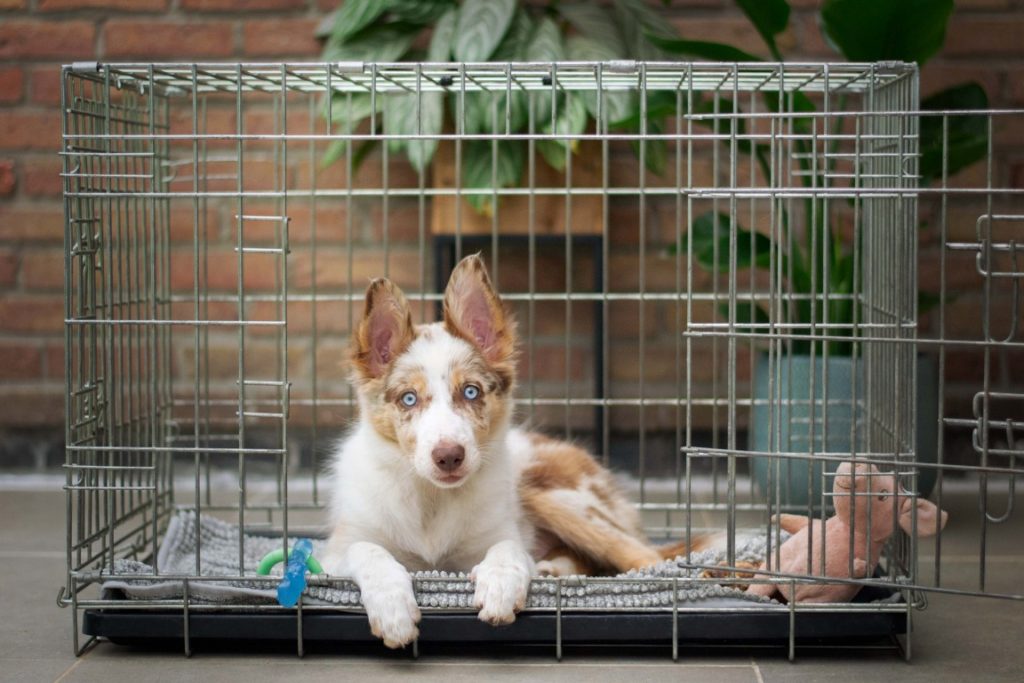
Crating your pup is one of the most important things you can do when working on leaving them home alone.
How to Crate Train a Great Dane Puppy
Crate Training: The Best Crates for Great Danes
A dog’s crate should be seen as their personal space, and not where they are punished.
Crate training takes time and patience, but it will be worth it in the long run.
The crate should only be big enough for the pup to stand up and turn around in, as this will make the space seem more cozy and intimate.
The crate should be placed in an area of the house where the family spends most of their time, such as the living room.
Crate Training a Puppy: It Doesn’t Have to be ‘BAD’
Which Crates are Best for Large Dogs and Kennel Training?
This way, the pup won’t feel isolated from the family while they are away.
Puppies should only be left in the crate for short periods of time at first, such as 30 minutes to an hour.
The length of time should gradually be increased as the pup gets more comfortable with being in the crate.
It is important to make sure that the puppy has been exercised before being crated, as they will need to relieve themselves.
Puppies should not be crated for more than four hours at a time.
Crated dogs tend to have less anxiety and well crated dogs are able to relax at home for longer periods of time as their owners don’t have to worry about them eating things they shouldn’t, getting into anything dangerous, or hurting themselves.
As you can see, the question of how long can you leave your dog at home varies depending on many factors, one being whether your dog is comfortable using a crate.
PUPPIES AND POTTY BREAKS
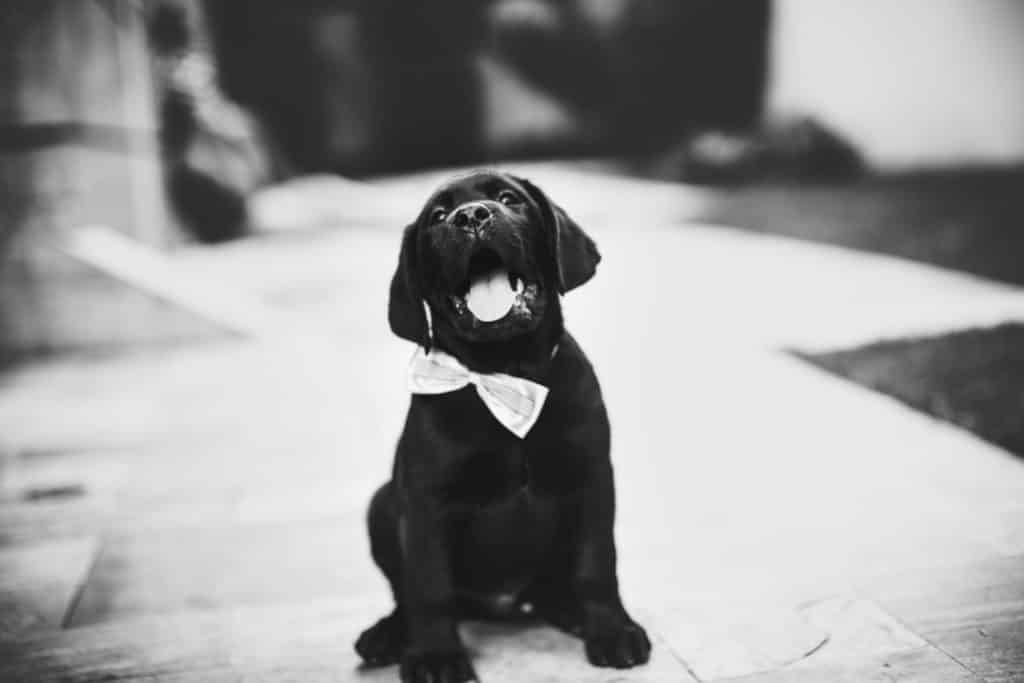
Potty training young puppies and dogs can be difficult but is one of the most foundational and important things you can do for your dog.
How to Make Potty Training Easier
Is Potty Training Possible Without a Yard?
Potty training also will help determine whether you can leave a dog alone or not.
If your dog is not potty trained, you will have difficulty leaving a dog alone for risk that your dog will potty in the house.
The process of potty training generally starts with taking your dog out frequently, every 30 minutes to an hour, so they can get used to going outside to relieve themselves. (Create a Potty Schedule)
As your dog gets older, bigger, and better at holding their bladder, you will be able to increase the time between potty breaks.
How to Prevent Knuckling in Great Dane Puppies
Is My Great Dane Puppy Too Small?
Great Dane Puppy Growth Chart
A general rule of thumb is that a dog who is not potty trained should go potty every time they eat, wake up, or after they play.
When you are about to leave your dog alone, make sure to make time for them to take a potty outside. If you do not make time for going potty, it will majorly impact how long you can leave a dog alone.
SENIOR DOGS AND BATHROOM BREAKS

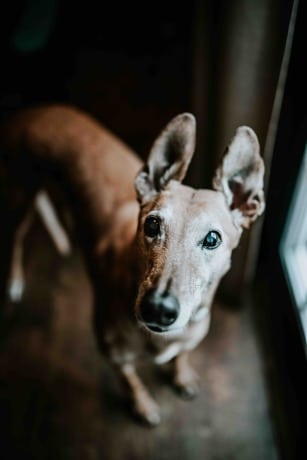
Senior dogs need additional bathroom breaks, more so than most dogs.
If you have an older dog, you will want to be cognizant of the fact that they likely need additional bathroom breaks.
A great idea is to encourage your senior pup to use the restroom as often as possible.
Frequent bathroom visits for your dog can help prevent urinary tract infections, incontinence issues, or accidents in the house.
Your senior pets do not want to have accidents in the house, but sometimes as dogs age they cannot help it.
If your senior dog has issues with accidents in the house, you may want to look into doggy diapers or belly bands.
These products can help absorb any accidents and make cleanup a breeze.
There are many things to consider when wondering how long you can leave your dog home alone.
The best way to determine an appropriate amount of time is to consider your dog’s age, bathroom habits, and comfort level with being left home alone.
By taking all of these things into account, you can make the best decision for you and your furry friend.
GETTING DOG WALKERS FOR DOGS
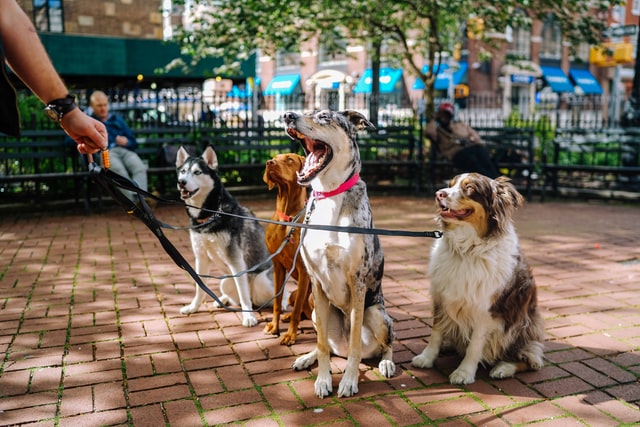
One option that works well for most dogs is hiring a dog walker.
You can find a dog walker on dog walker specific apps like ‘Rover’, or by asking your neighbor or friends if they would like to frequently walk your dog.
Hiring someone to walk your dog will alleviate the pressure and stress that it might bring when you leave a dog alone.
Knowing that your dog will have a break throughout their day leaves pet parents with a better feeling and gives the dog a break in their day.
DOGGY DAYCARE FOR A DOG WHO WORKS A FULL TIME JOB
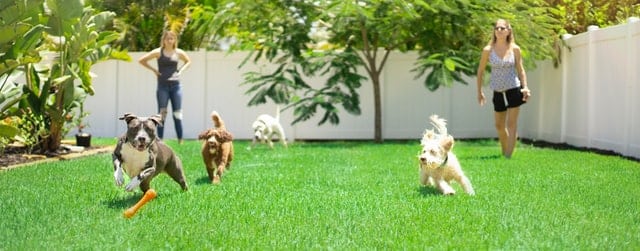
Doggy daycare CAN be a good thing, but depending on the dog, it can also be a complete mistake.
Some daycares for dogs are a total mistake in regards to that dogs training, habits, and temperament.
Before enrolling your dog in daycare, make sure to do your research on the different types of daycares and see if it is a good fit for your pup.
The best way to do this is by asking around for recommendations or reading online reviews and asking a TON OF QUESTIONS!
Questions to ask the dog daycare facility prior to signing your dog up for daycare:
- What is the humans to dog ratio?
- Are all dogs required to be vaccinated?
- Where do the dogs rest or take breaks if they are over stimulated or need a break?
- What is the process for a new dog that joins the daycare?
- Do you have any liability insurance in case my dog gets injured while at daycare?
- What is the emergency plan for your dog in the event that the facility has an emergency?
By asking all of these questions, you can get a better understanding of whether or not doggy daycare is right for your dog.
MENTAL ENGAGEMENT AND HOW IT HELPS WHEN YOU HAVE TO LEAVE YOUR DOG ALONE
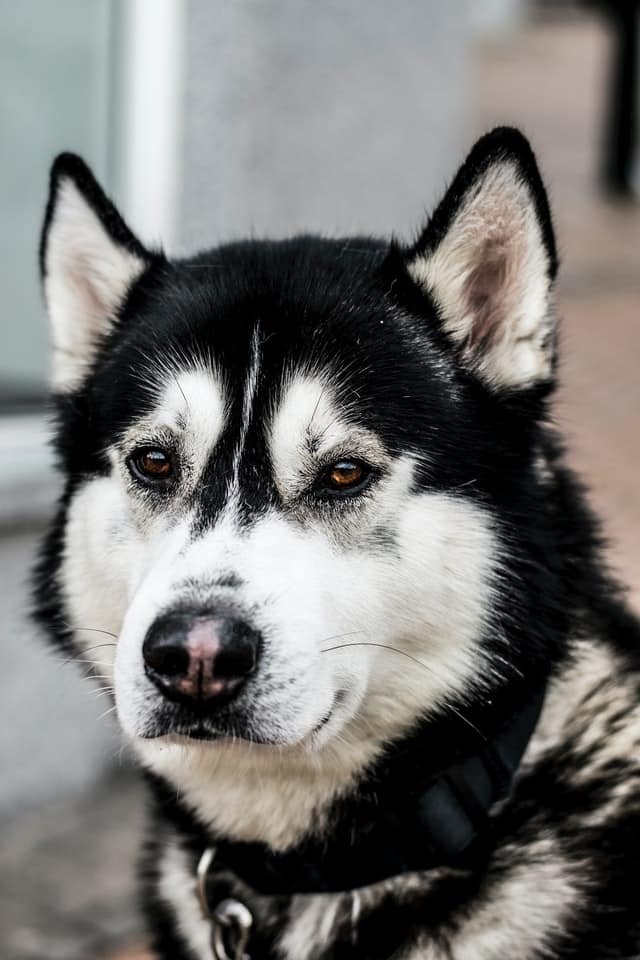
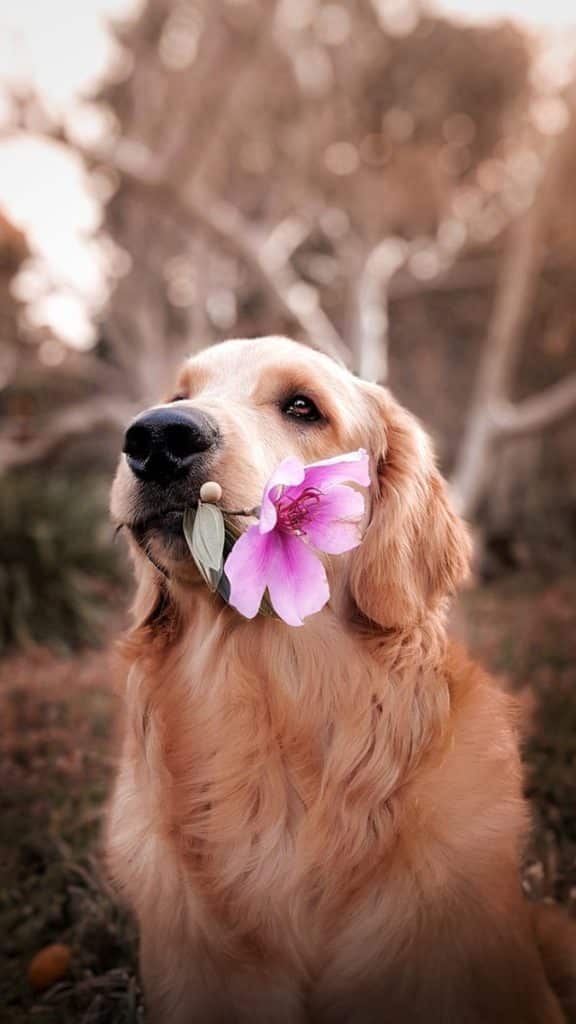
Mental stimulation helps in tremendous ways when owners have to leave a dog alone.
Mental stimulation is the act of providing activities that challenge a dog’s problem-solving skills.
This can be done in many different ways, such as through food puzzles, Kongs stuffed with treats, or even interactive dog toys. Our favorite treats:
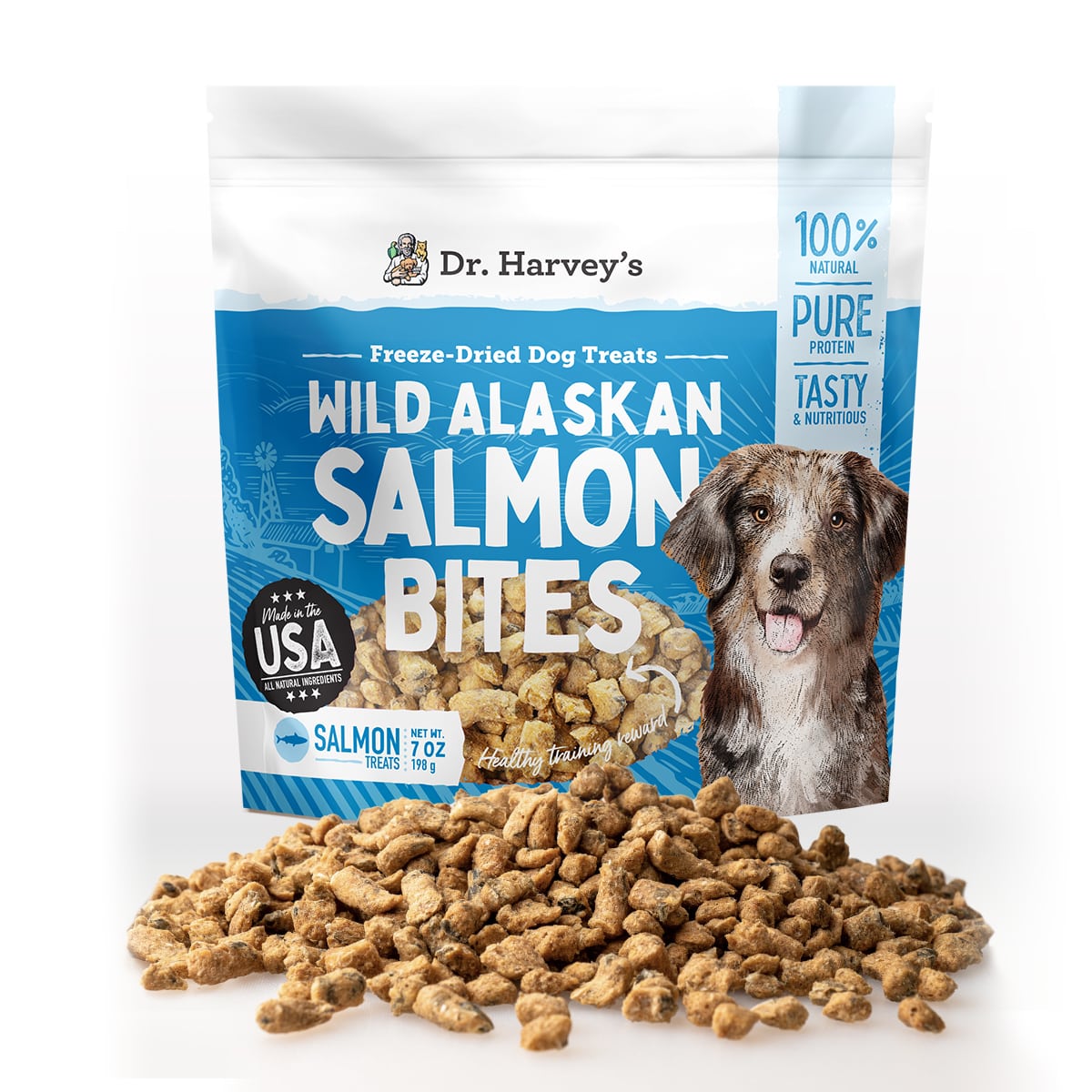
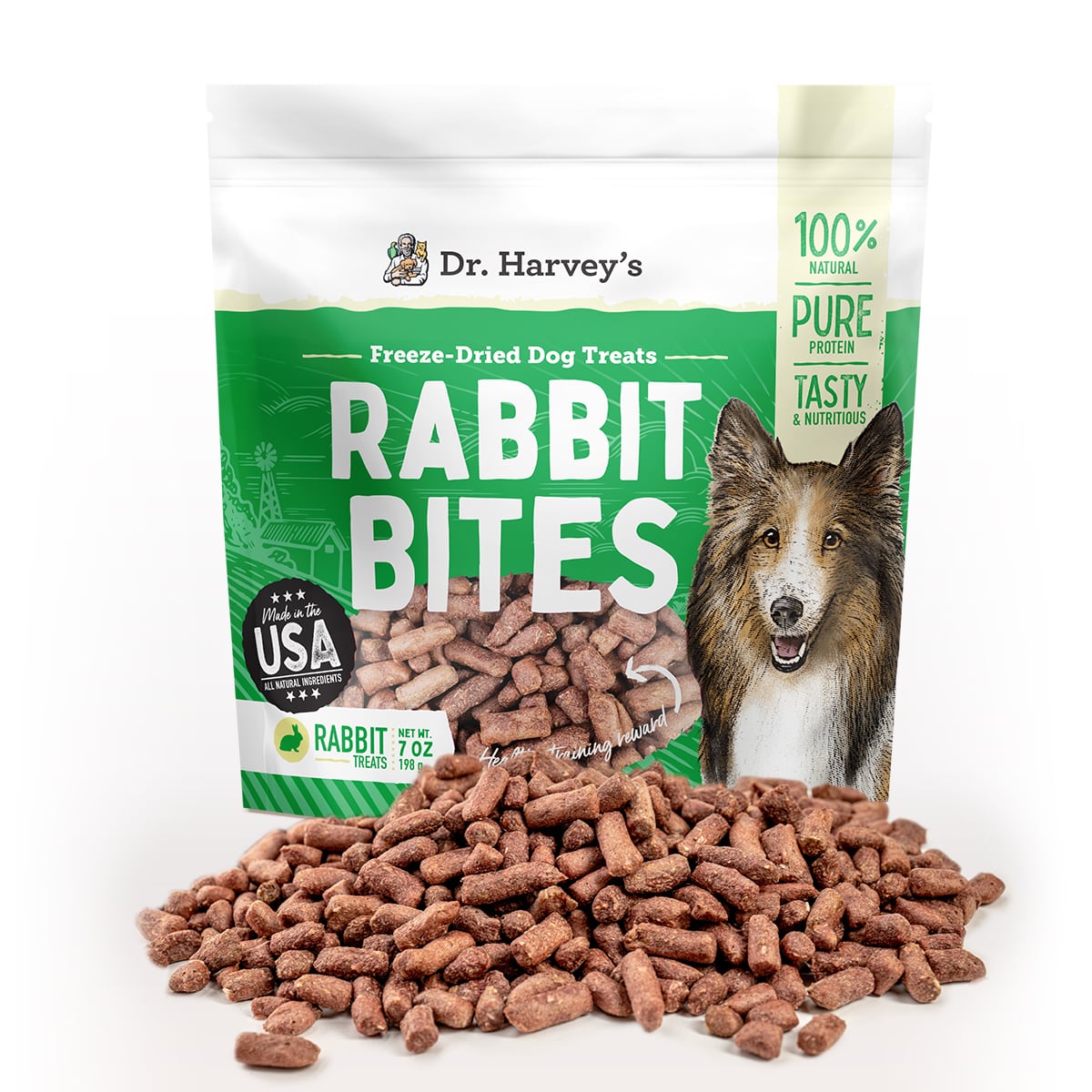
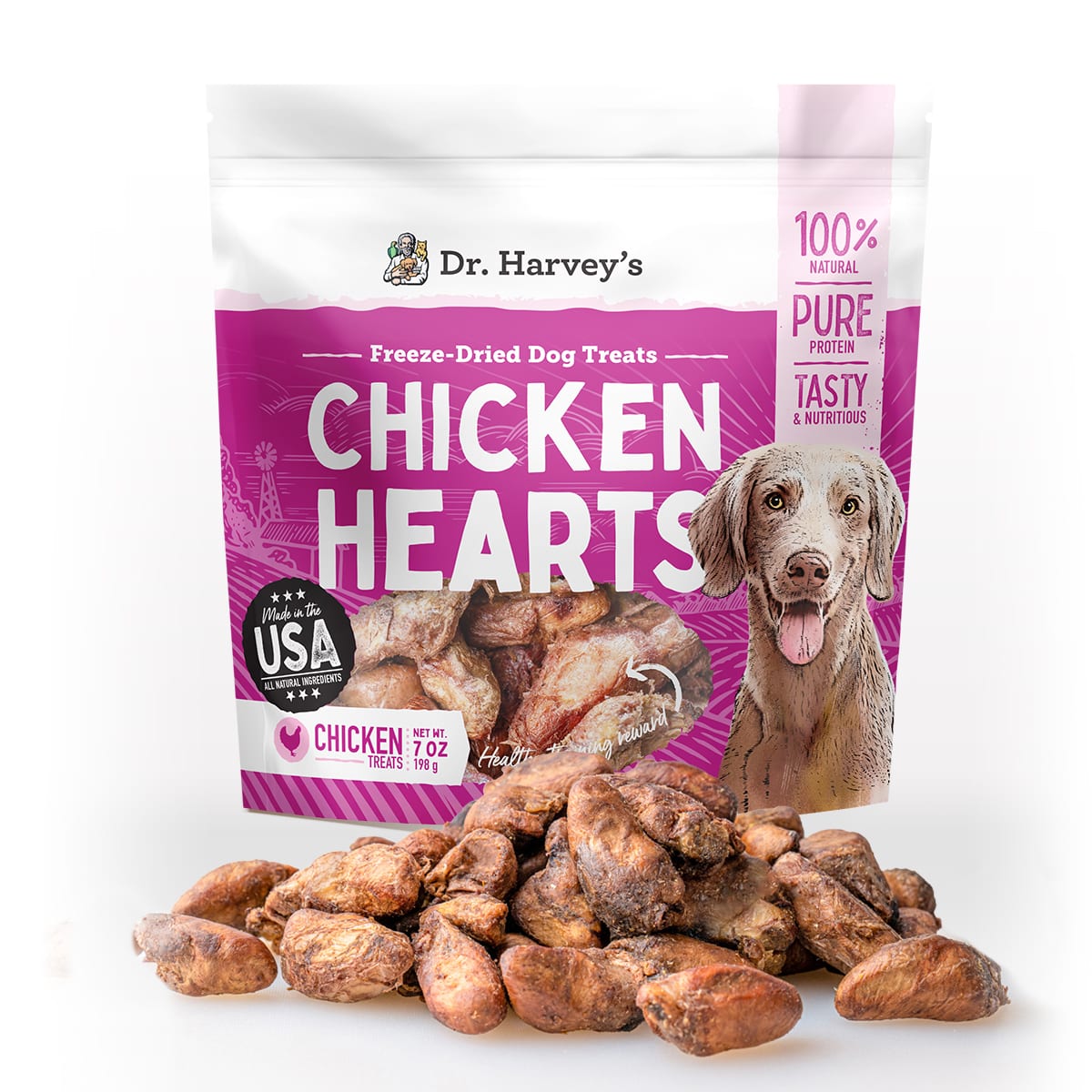
Slow Feeders are also a great way to work your dog’s brain. Click each image below to check out the slow feeder.
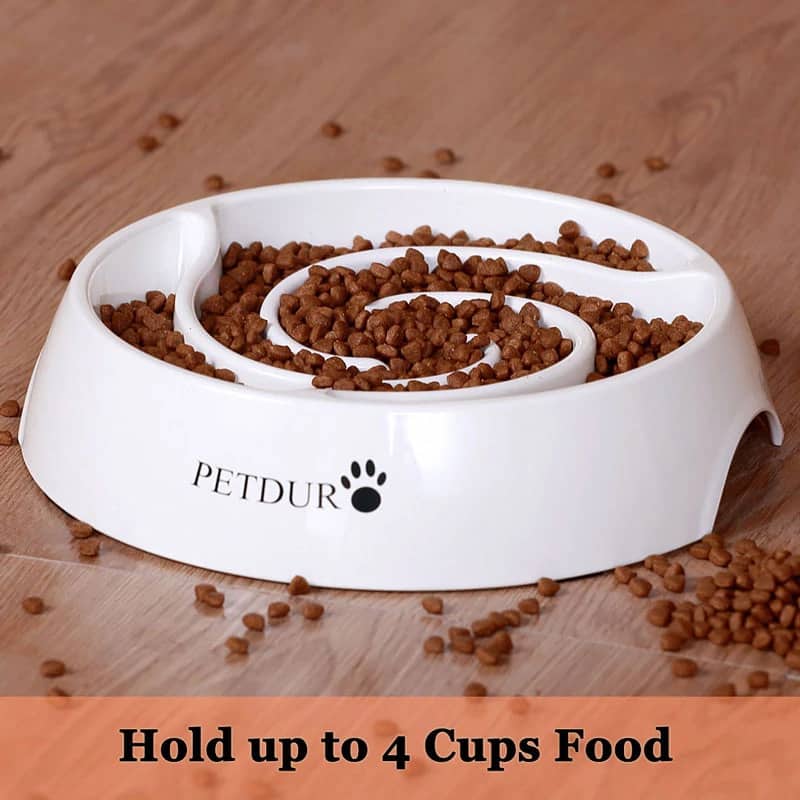
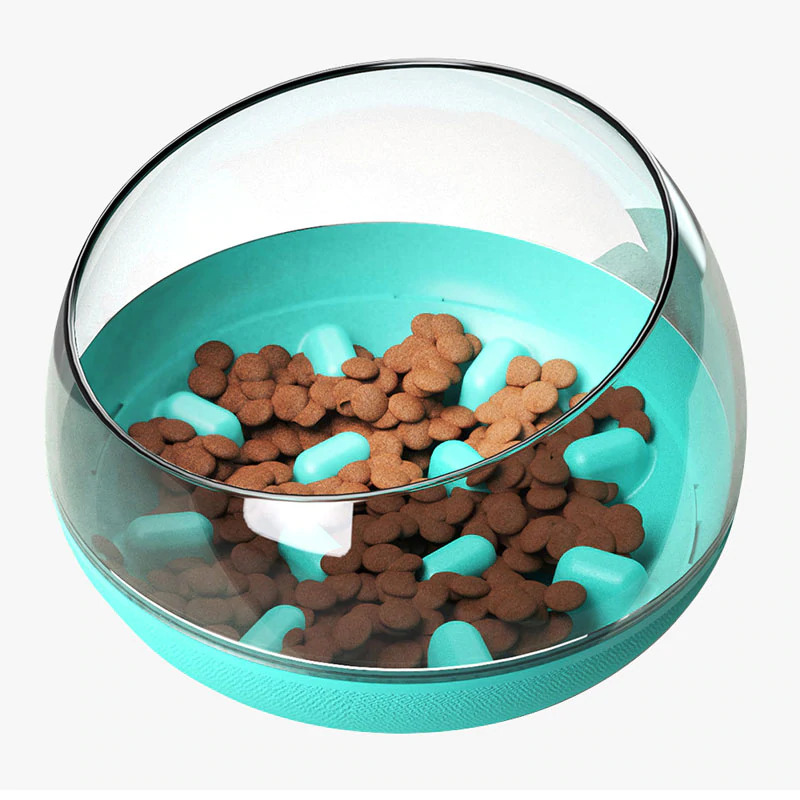

By providing your dog with something mental enriching, you are giving them something to do while you are away that will tire them out both mentally and physically.
This is a great way to help your dog stay calm and relaxed while you are away from home.
There are many different ways that you can provide mental stimulation for your dog.
The best way to figure out which method works best for your dog is by trial and error.
What works for one dog may not work for another, so it is important to find what works best for your furry friend.
INTERACTIVE DOG TOYS
One of the best ways to provide mental stimulation for your dog is through interactive dog toys.
Interactive dog toys are designed to keep your dog engaged and challenged while you are away from home.
For example, the PetDroid Interactive Toy helps keep your pets busy while you are gone by providing them with a variety of activities to do.
The PetDroid is an interactive dog toy that gets them moving and active even when you are gone.
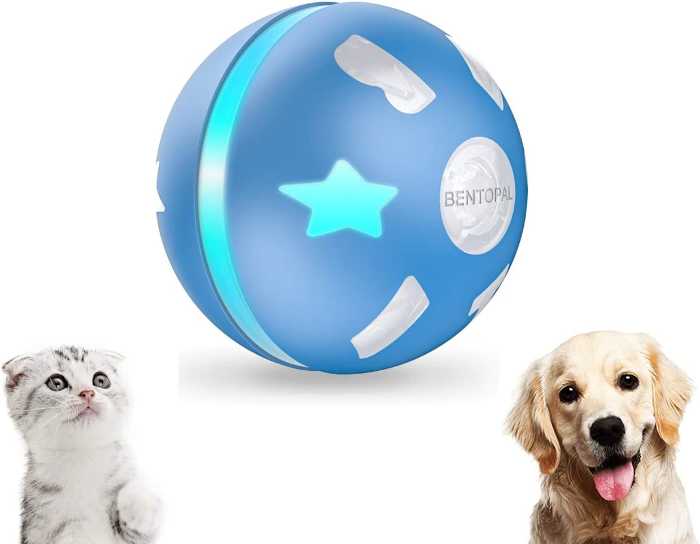
They come in a variety of different styles, so you are sure to find one that your dog will love.
Some of the most popular interactive dog toys on the market include the Kong Classic Dog Toy, the StarMark Bob-A-Lot Interactive Dog Toy, and the Nina Ottosson by Outward Hound Puzzle Game.
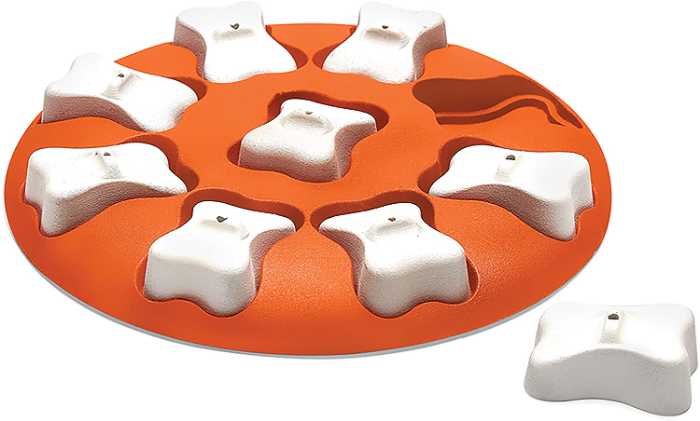
FOOD DISPENSING TOYS
The most common food dispensing toy is the Furbo.
The best part about using a Furbo with your dogs is that not only is it a food dispensing toy that will keep your dog entertained and challenged, but it also has a camera inside of it, so you can watch your dogs while you are at work or the store.
It is a great way to provide mental stimulation for your dog while you are away from home.
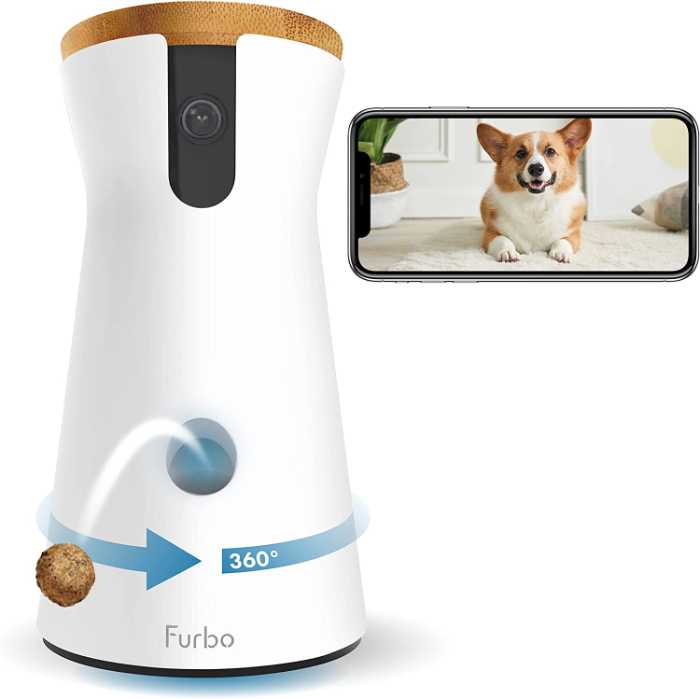
These are just a few of the many different ways you can help your dog get its brain active and working.
HEALTH CONDITIONS THAT MIGHT IMPACT A DOG BEING LEFT ALONE
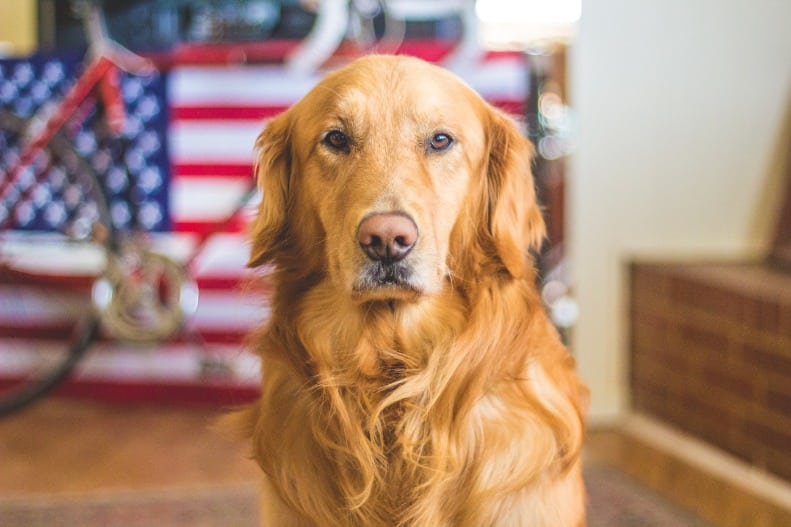
Sometimes, sick animals are unable to be left alone for as long as a healthy pet.
Sick animals can demonstrate their pain in unusual ways, like peeing in the house or demonstrating anxiety when their owners leave.
Some illnesses that might need additional attentiveness from owners include:
- Arthritis (Arthritis in Great Danes)
- Seizures
- Anxiety disorders
- Gastrointestinal issueIf your dog is suffering from any of these conditions, it is important to consult with your veterinarian to see how best to care for your pet. They will be able to give you specific instructions on what you can do to help your dog succeed and help you be able to leave your dog alone for longer periods of time. (Gut health)
Put your dog on a quality probiotic to prevent many illnesses related to whole body health.
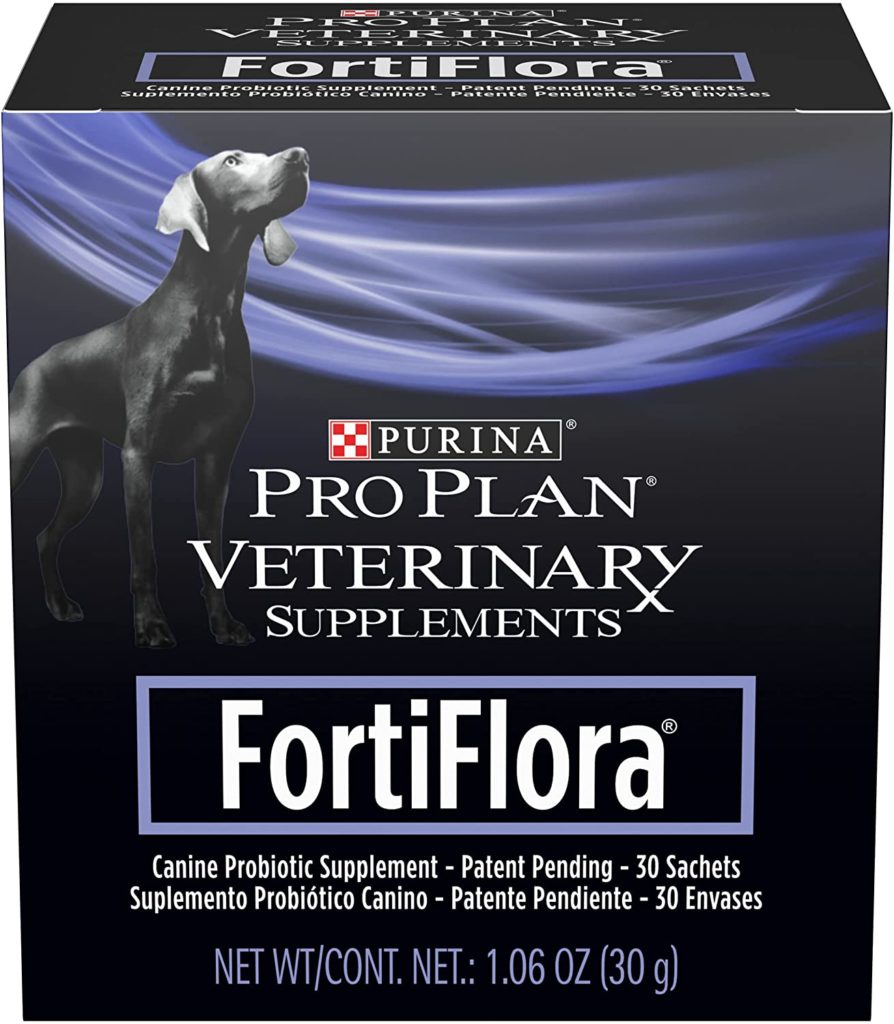

IS IT POSSIBLE TO SUCCESSFULLY LEAVE A DOG ALONE?
Yes! You can leave a dog alone at home and still find success in their behavior. When you leave a dog alone, you equip them to be independent dogs!
Just make sure that you are setting up your dogs for success when you leave them, leave them for the right amount of time for their age and energy level, and make sure to give them something to do while you’re gone if necessary.
By following these simple steps, you can leave your dog alone with no problem!
Do you have any tips to leave a dog alone successfully? How long can you leave your dog alone? Share them in the comments below!
READ MORE:
Arthritis in Great Danes
Laser Therapy for Joint Pain
How to Help a Dog with a Broken Leg
Using CBD for My Dog’s Pain
Canine Hip Dysplasia
